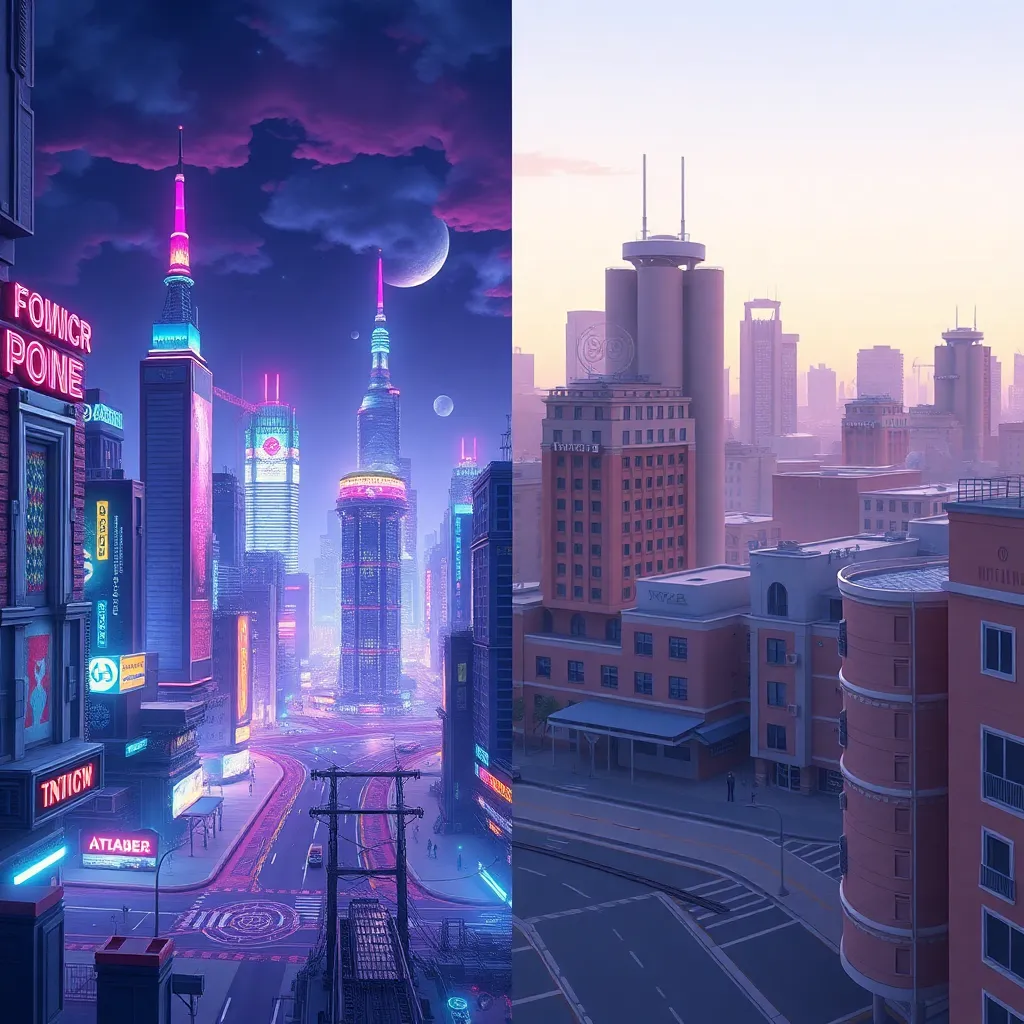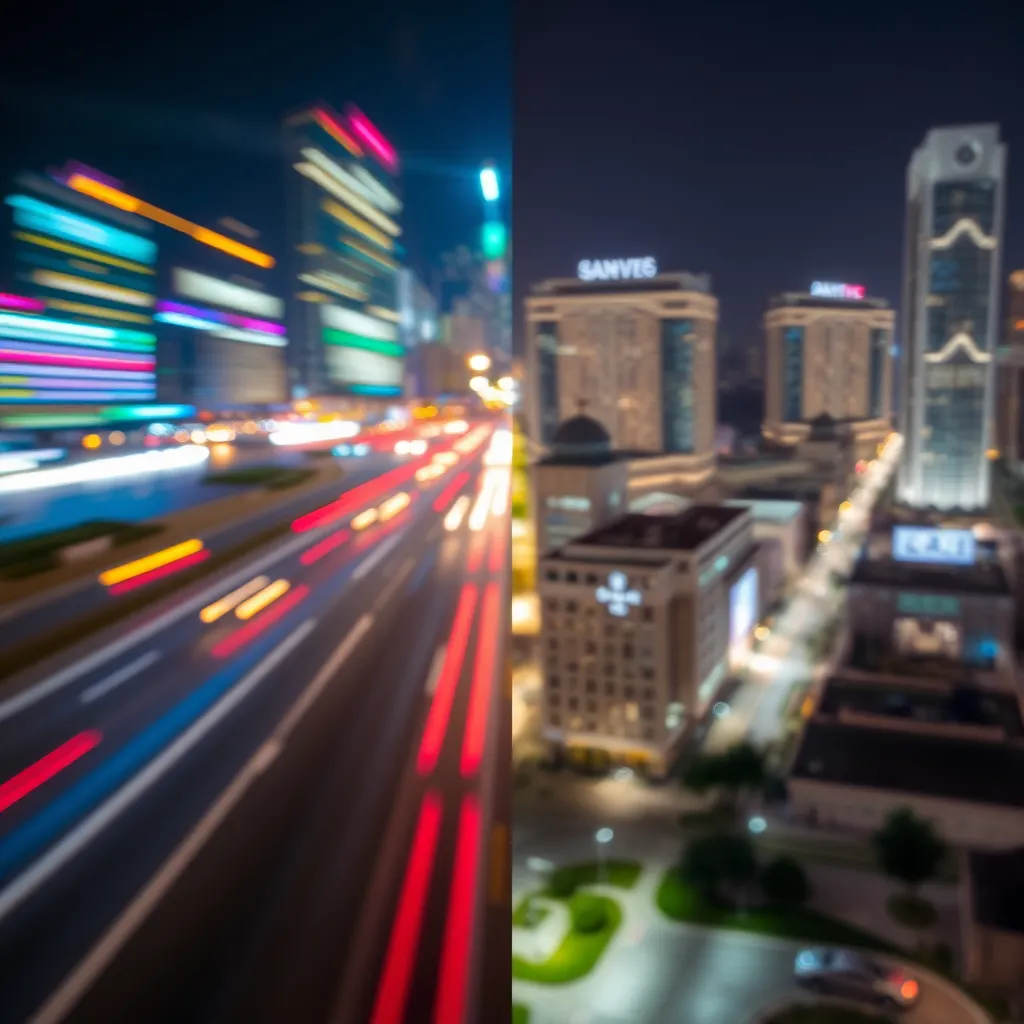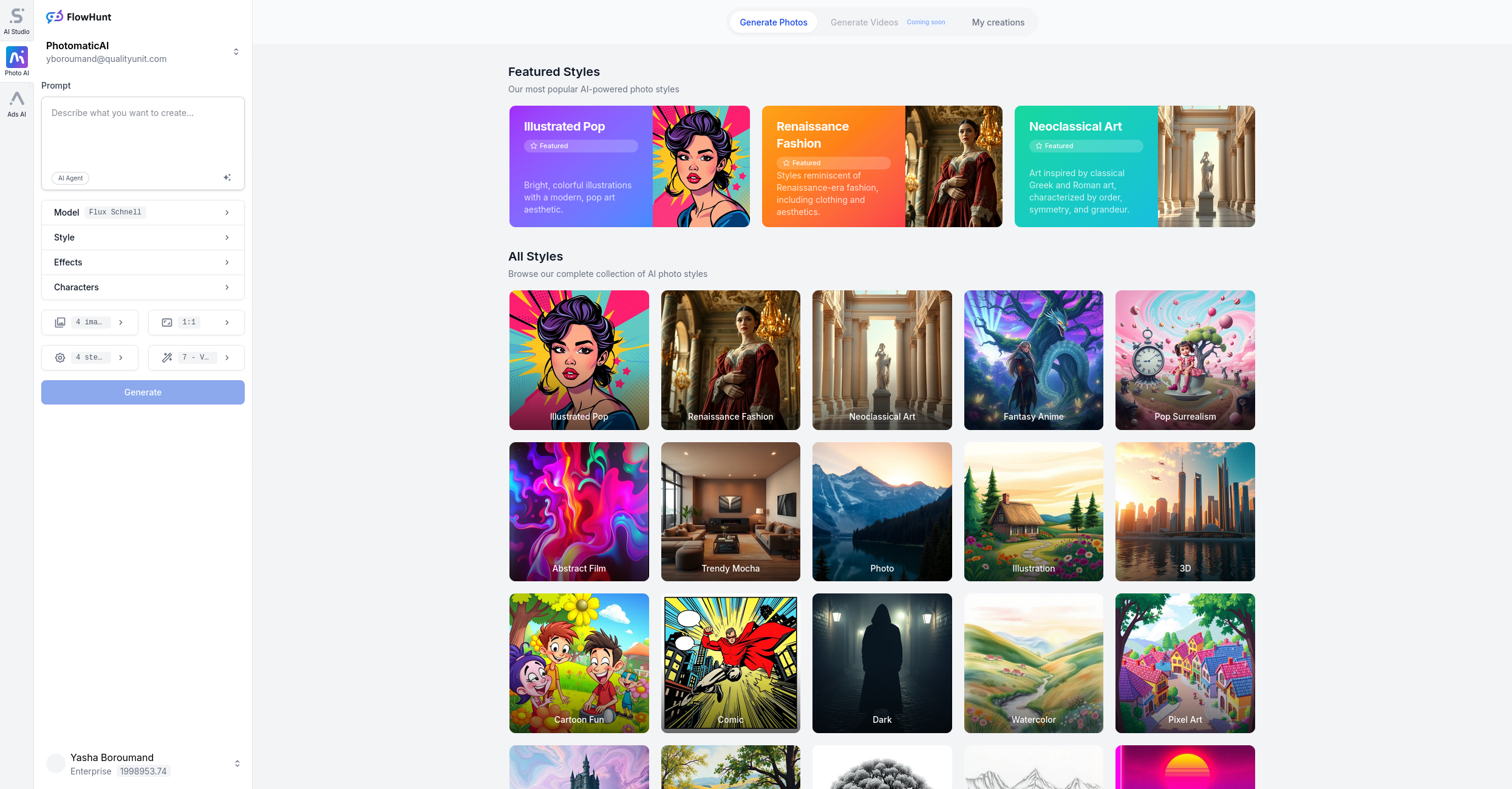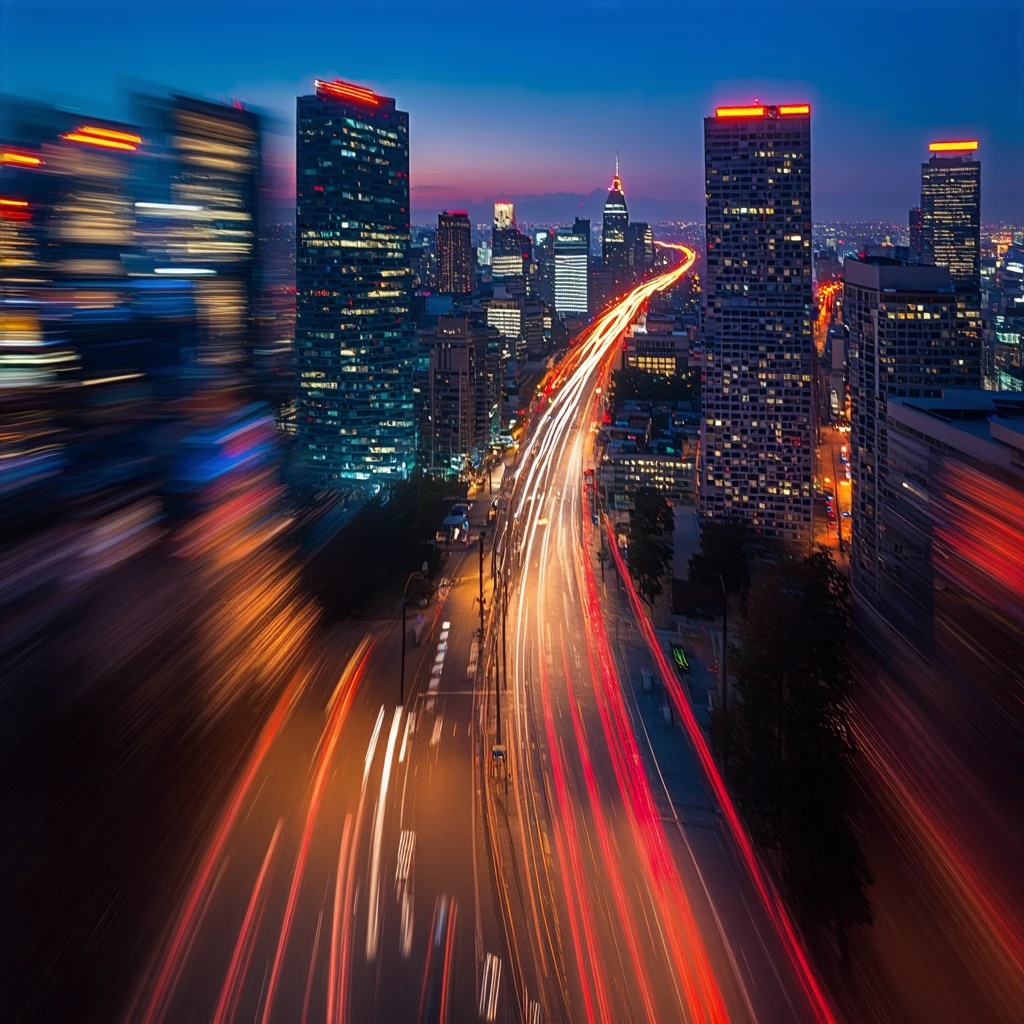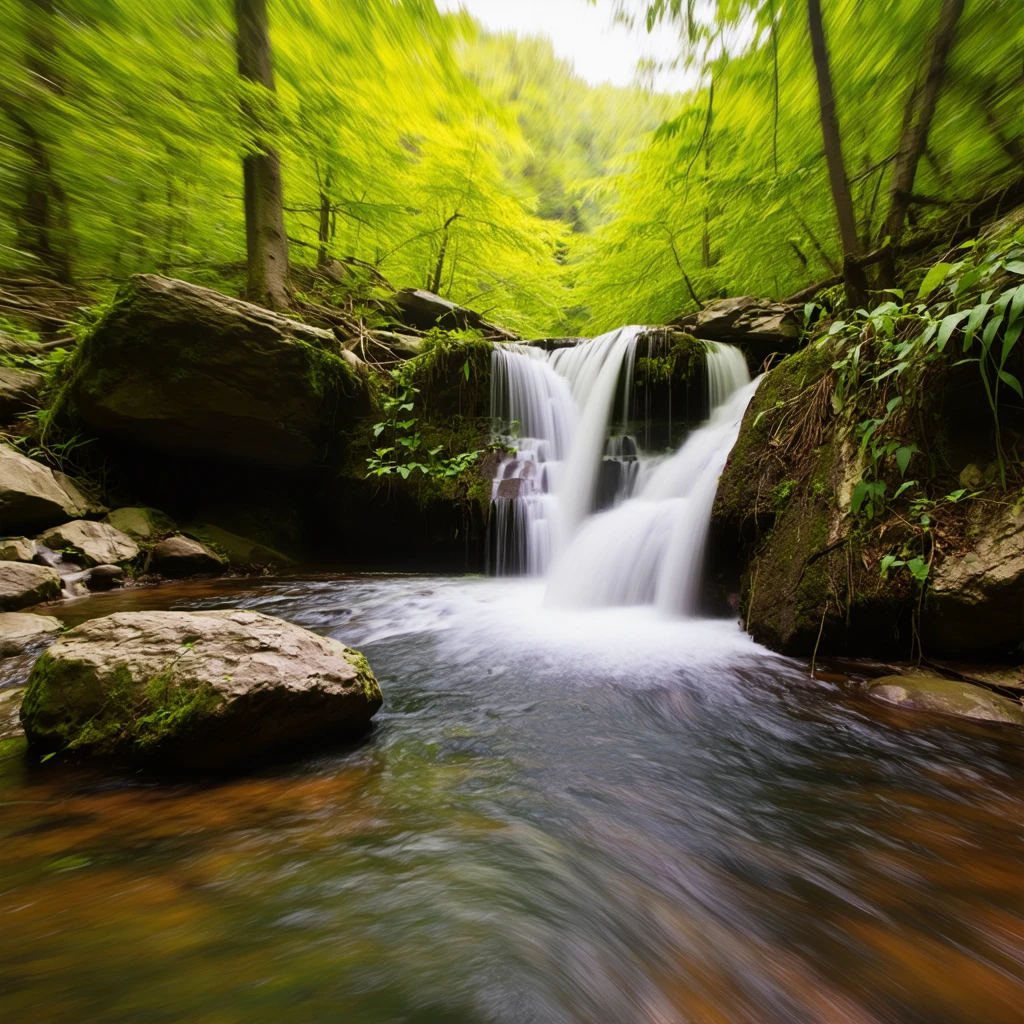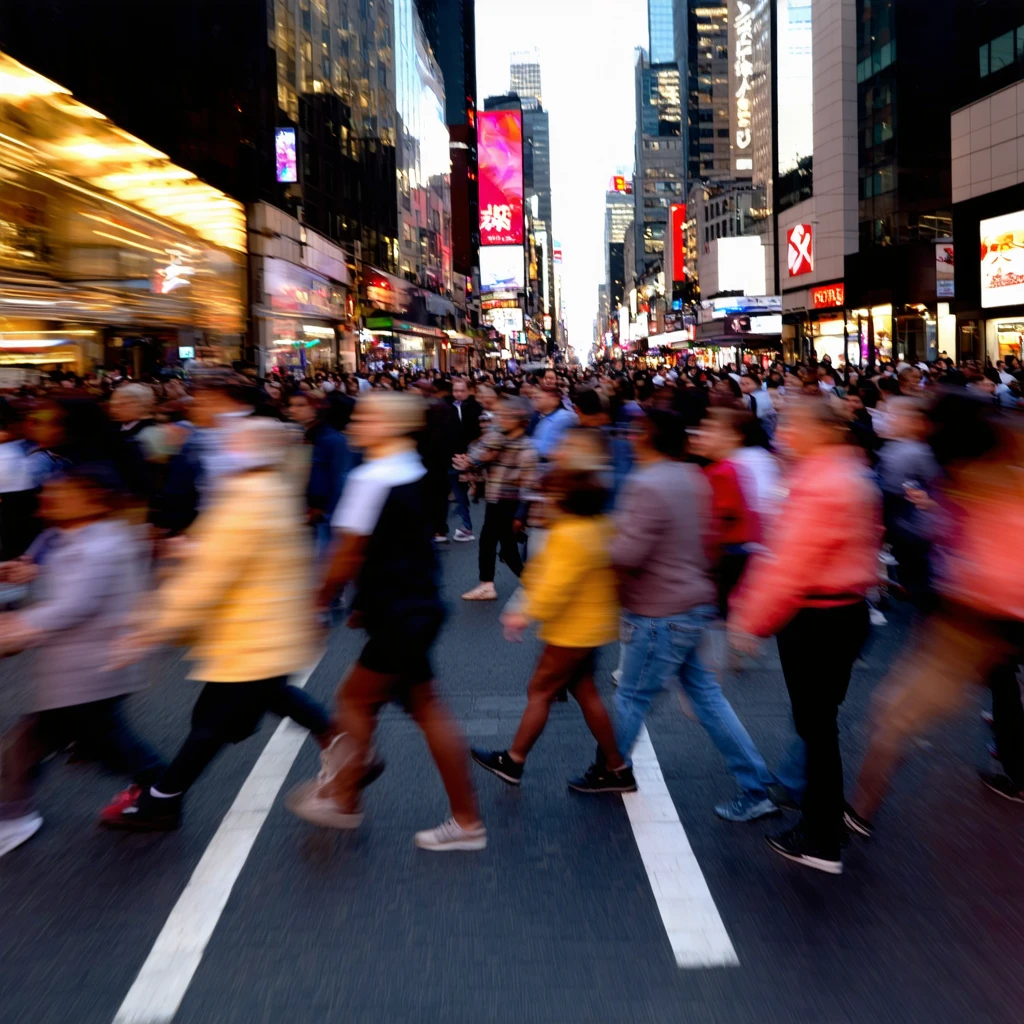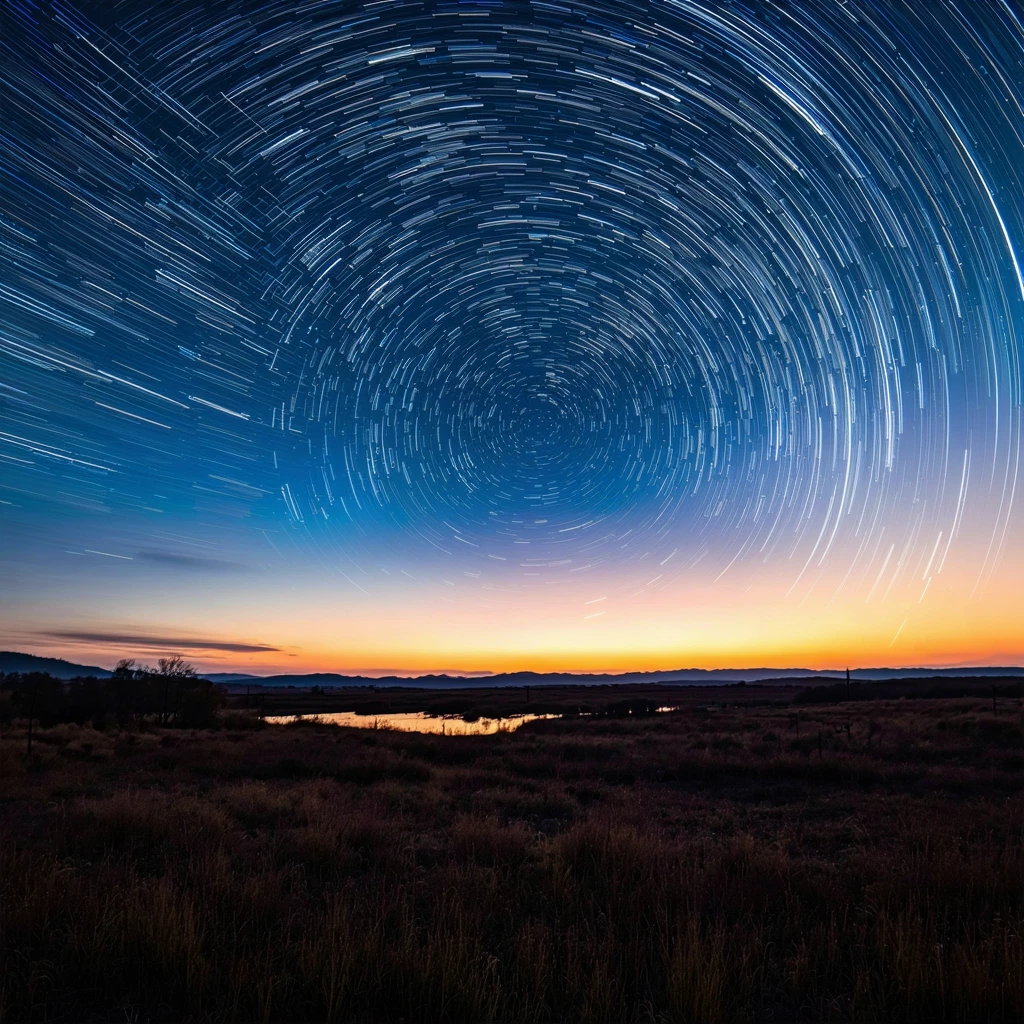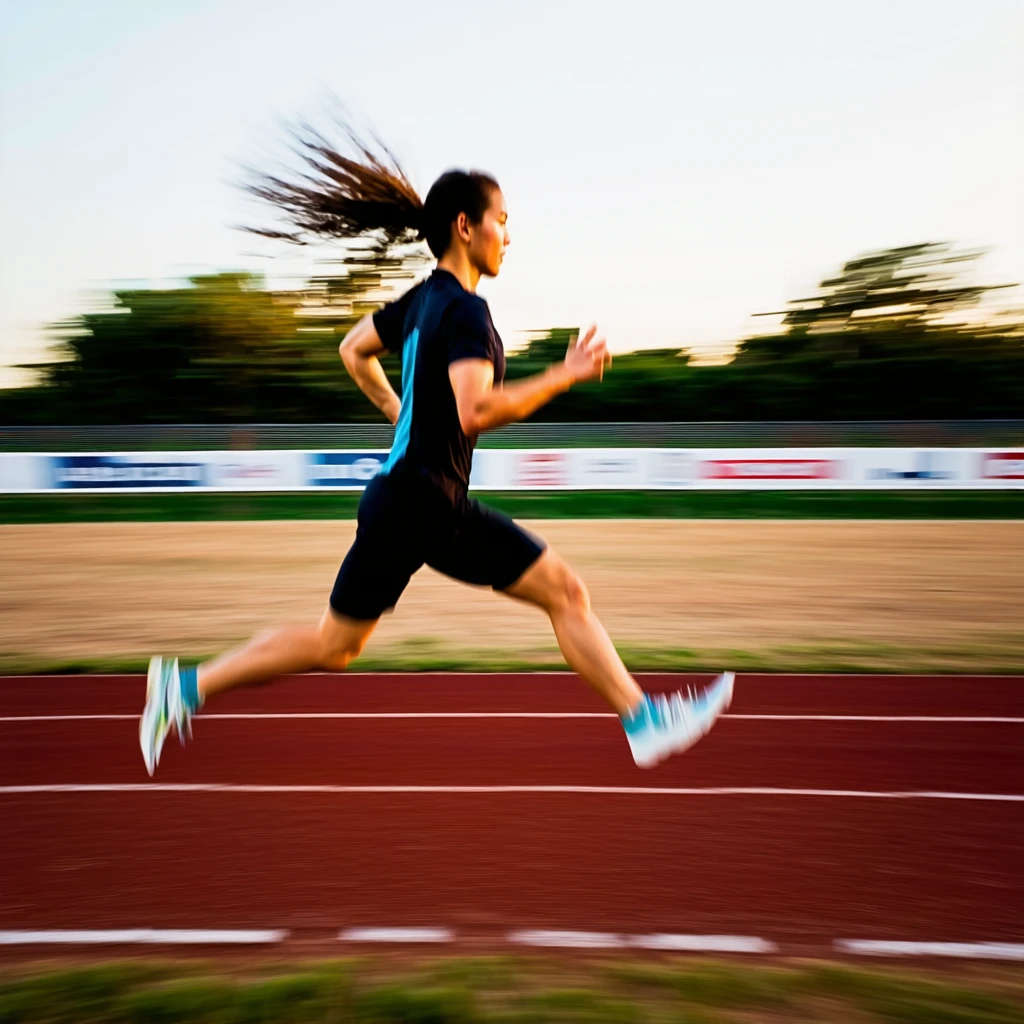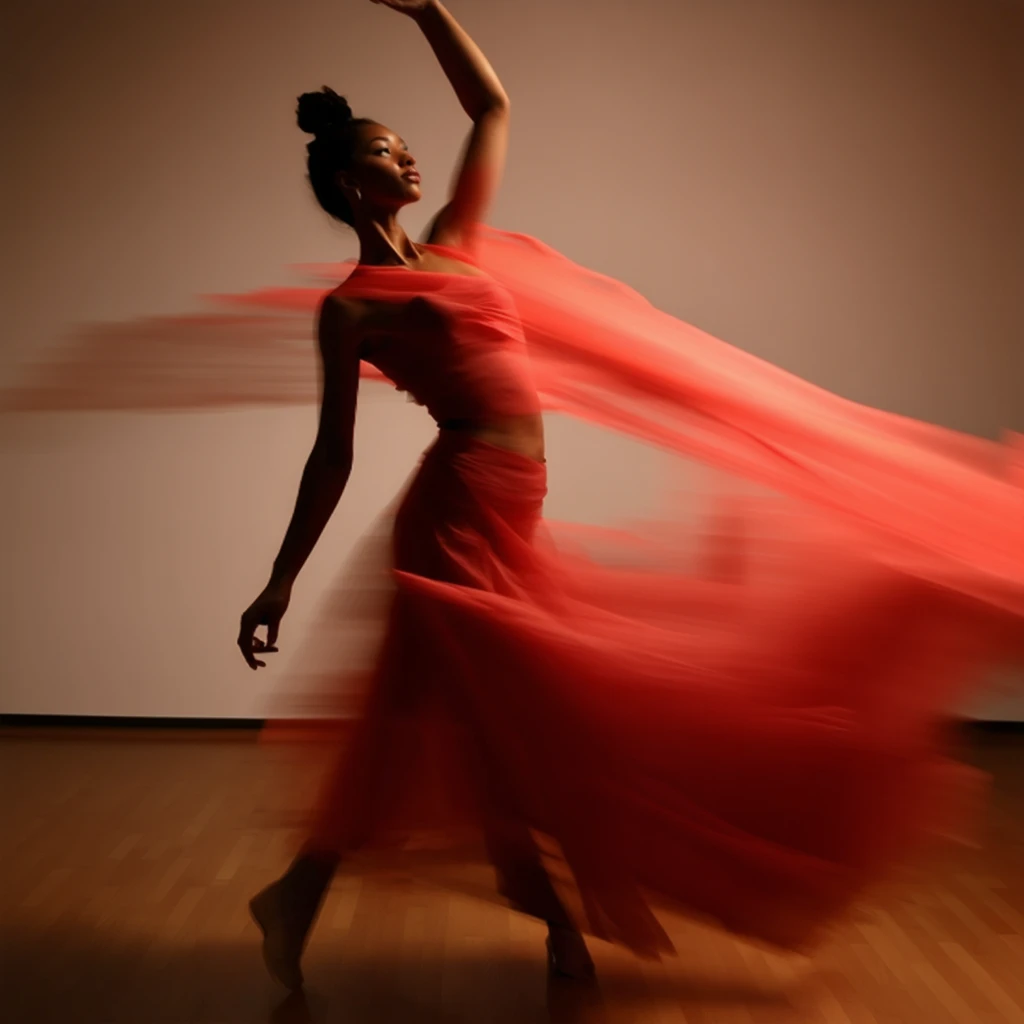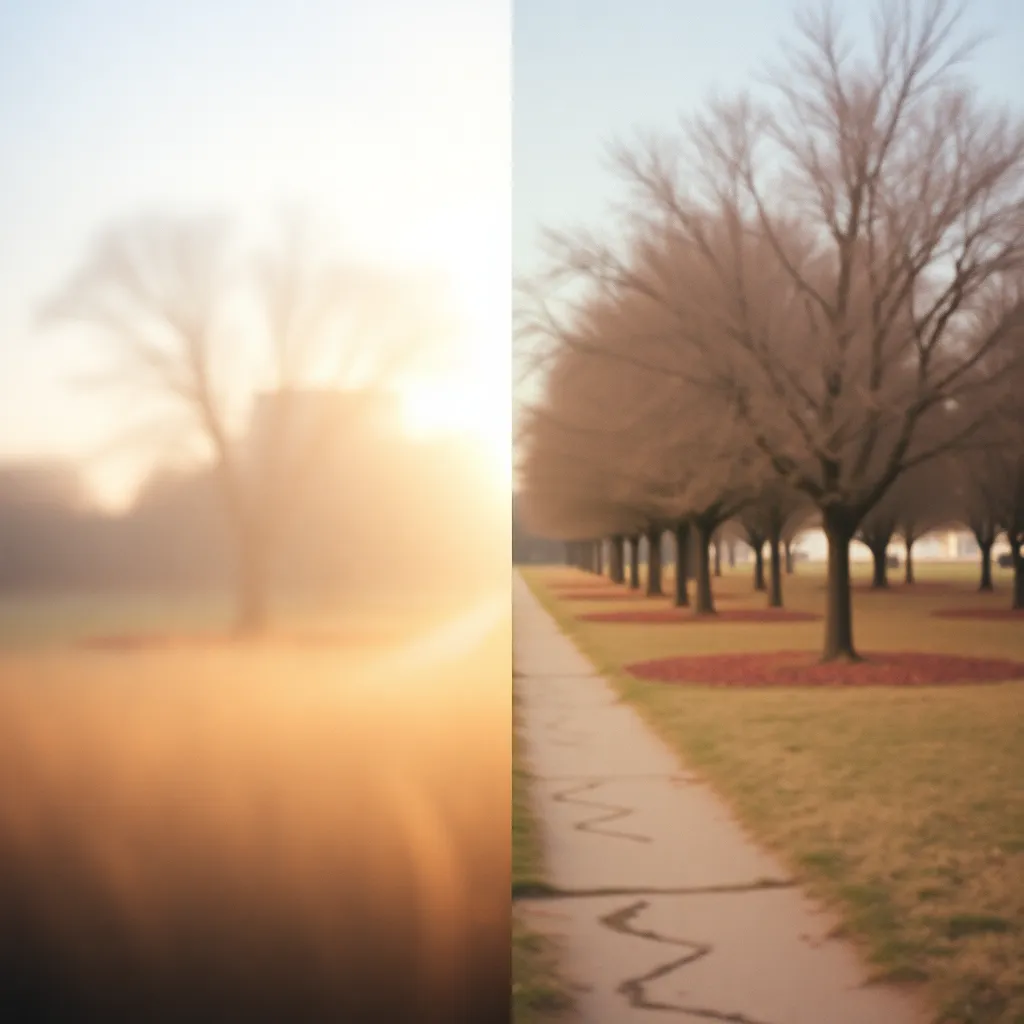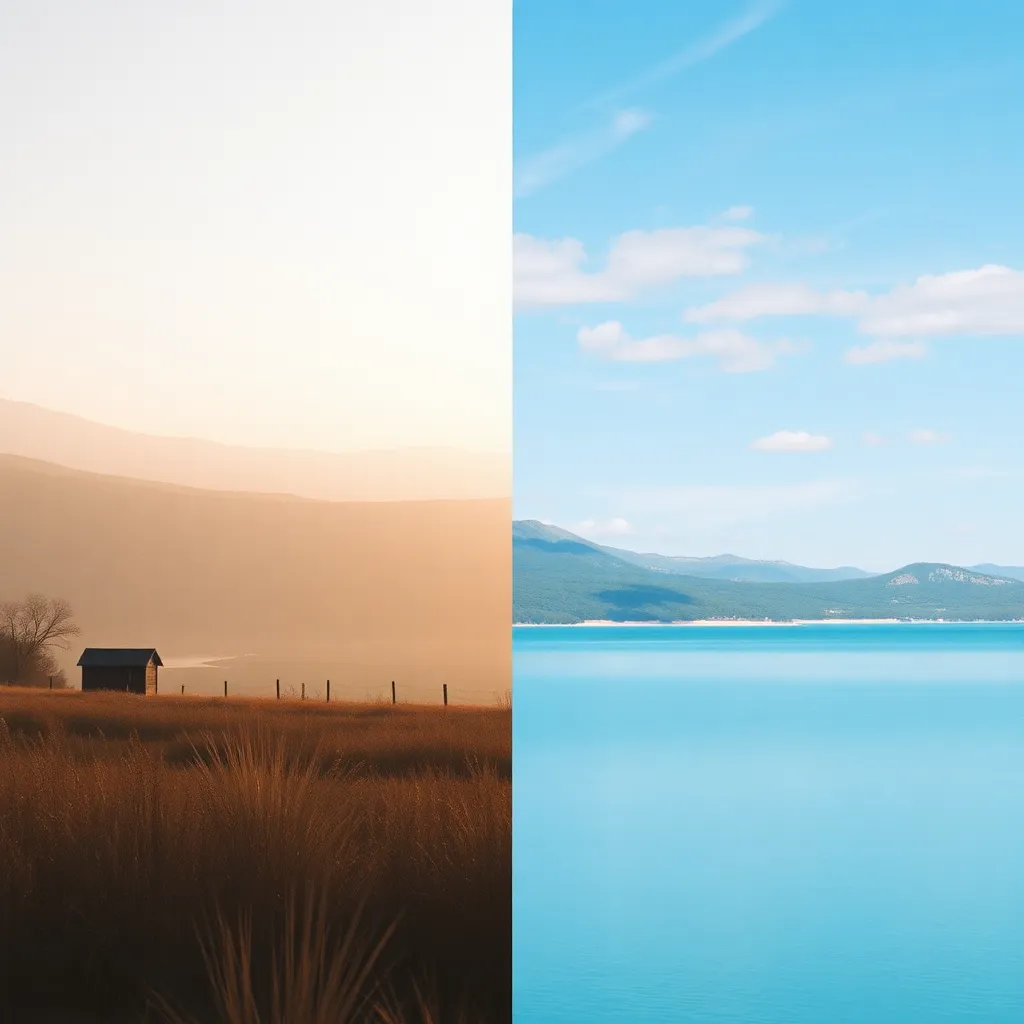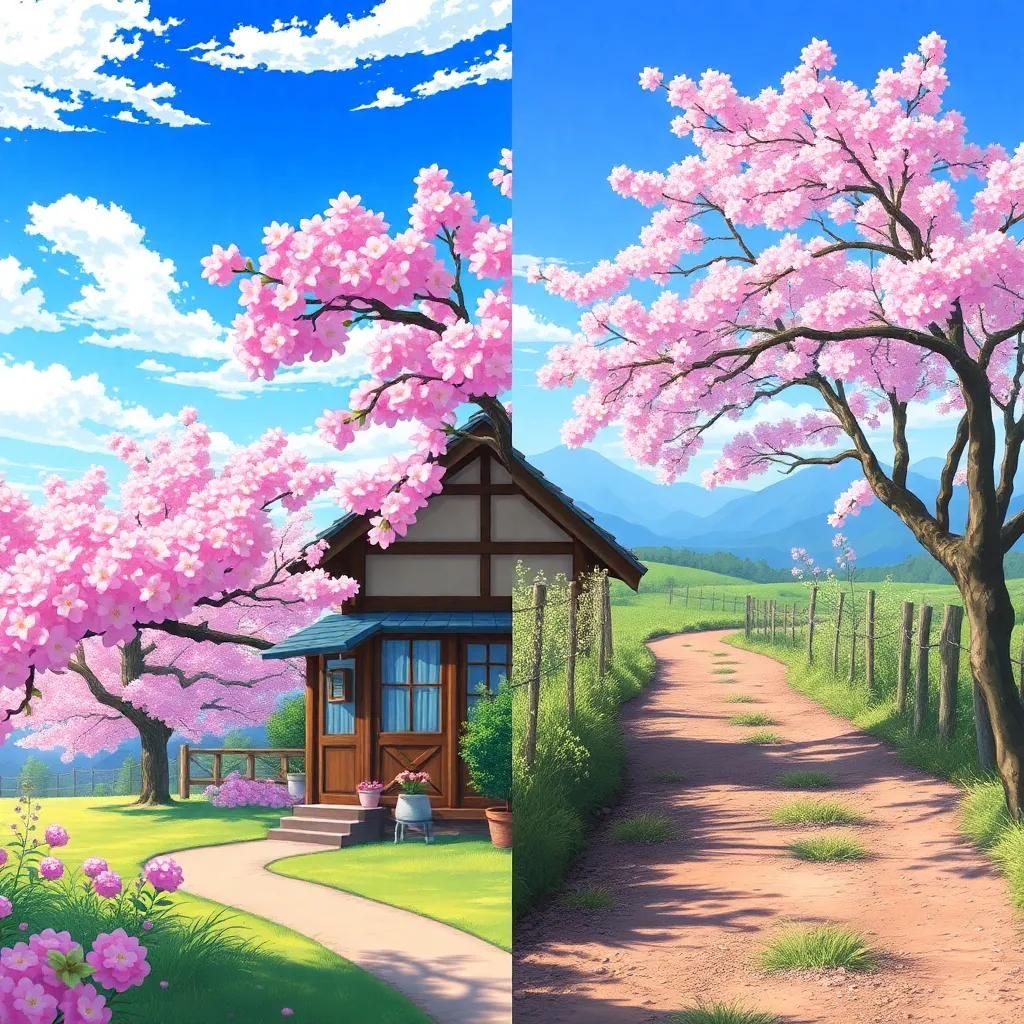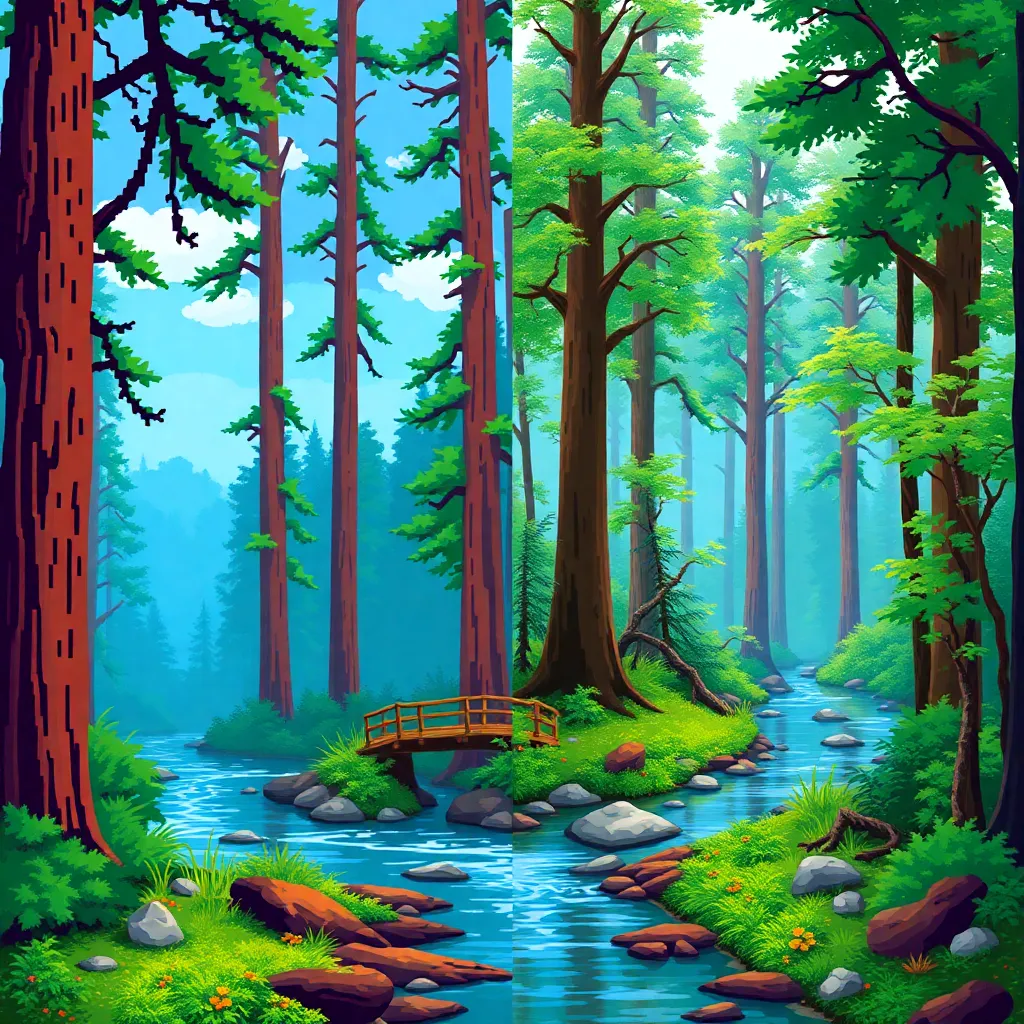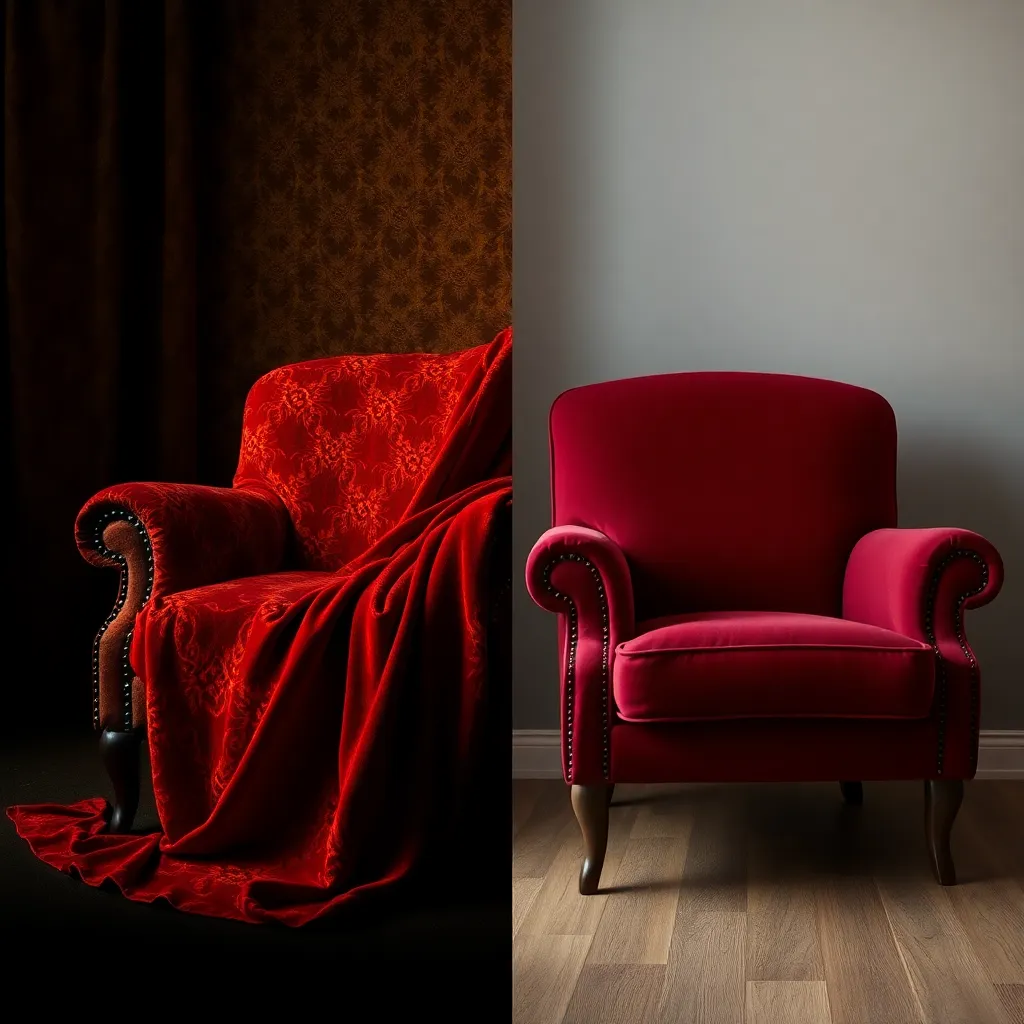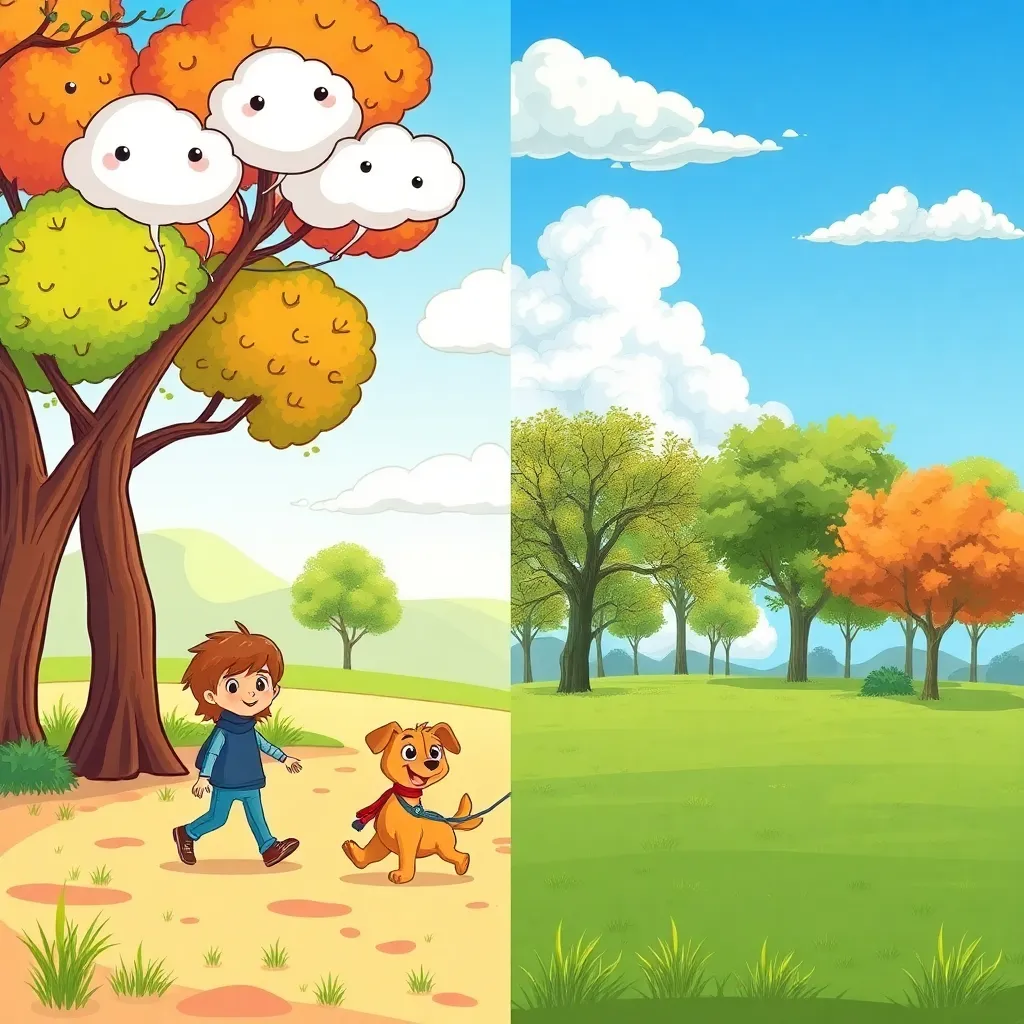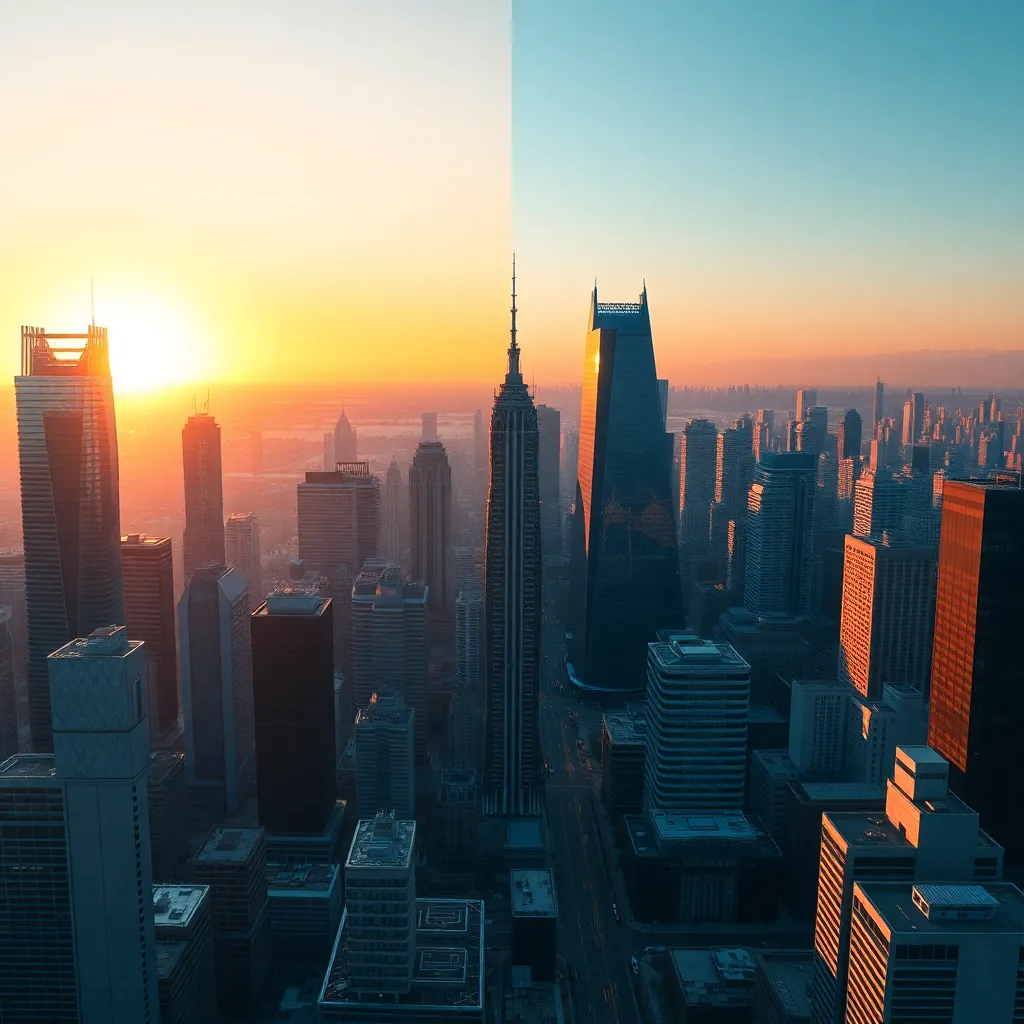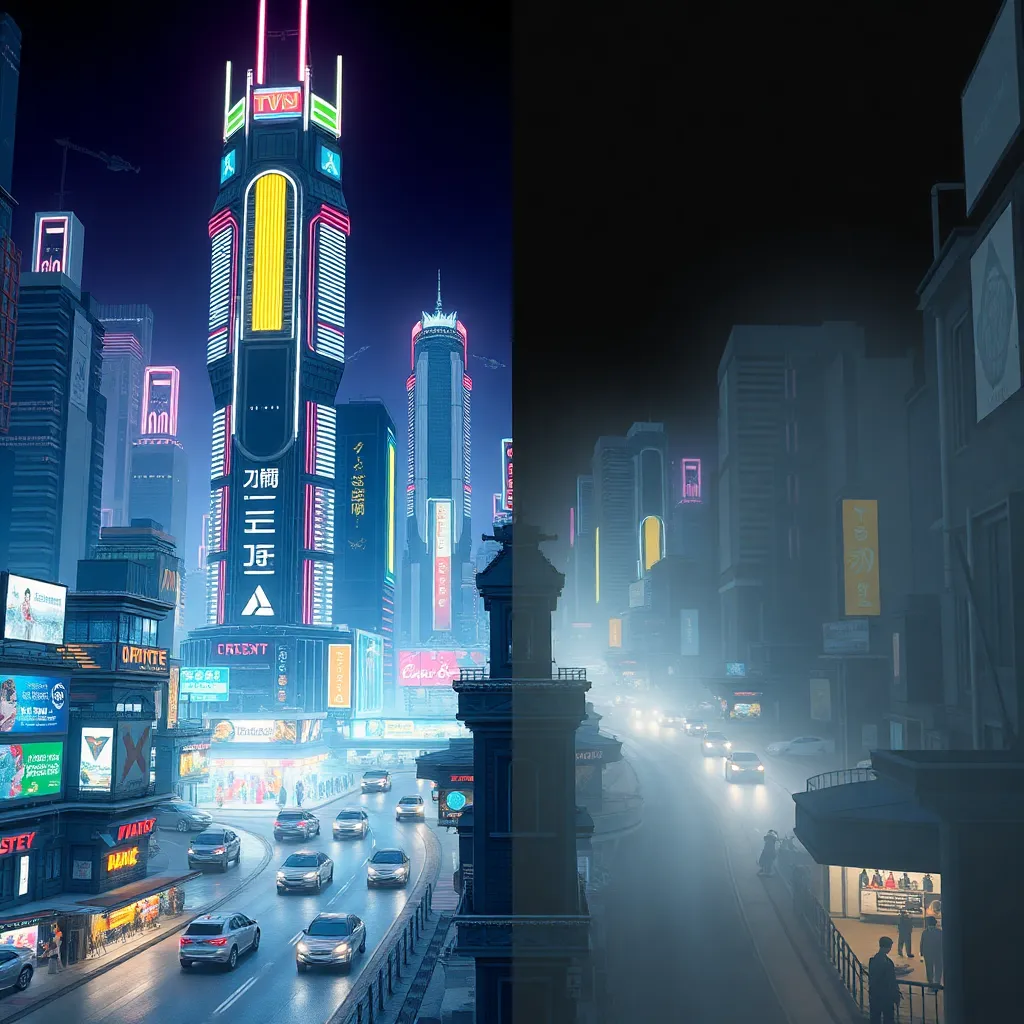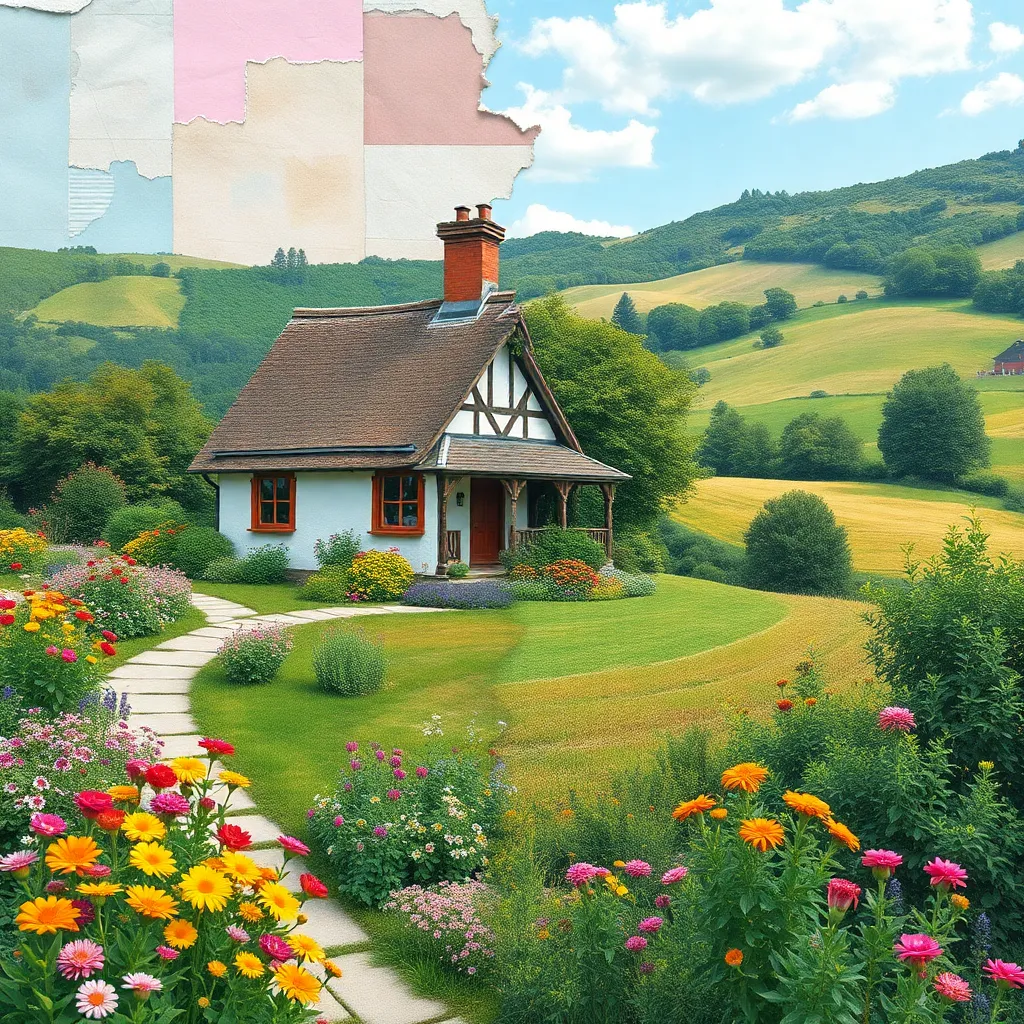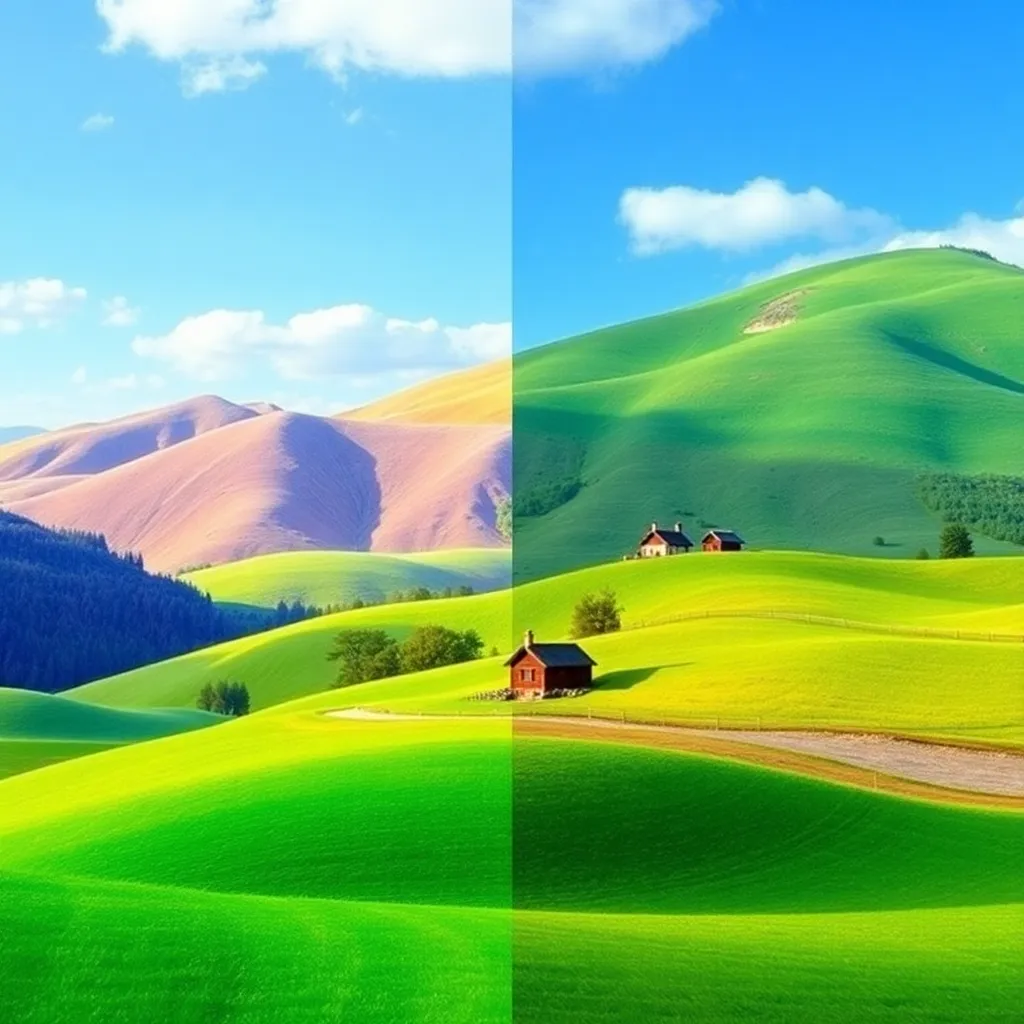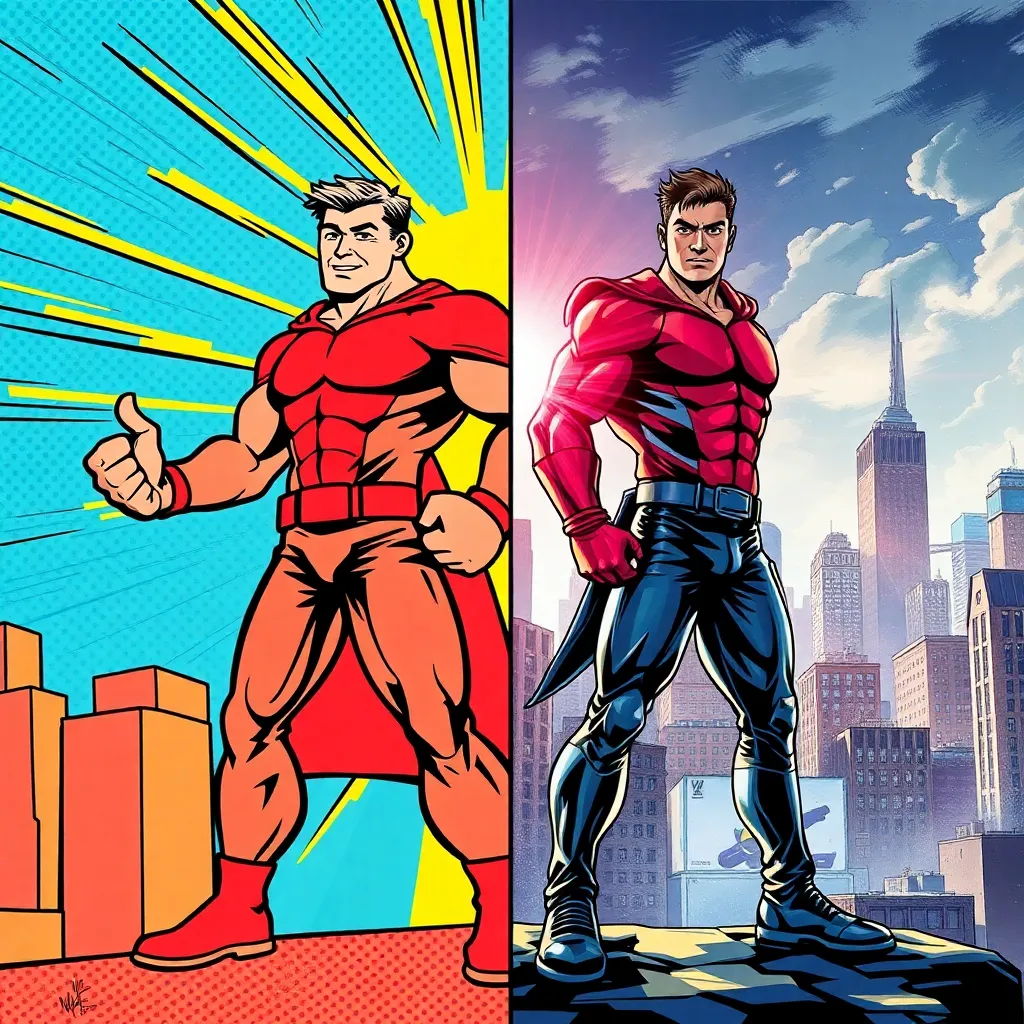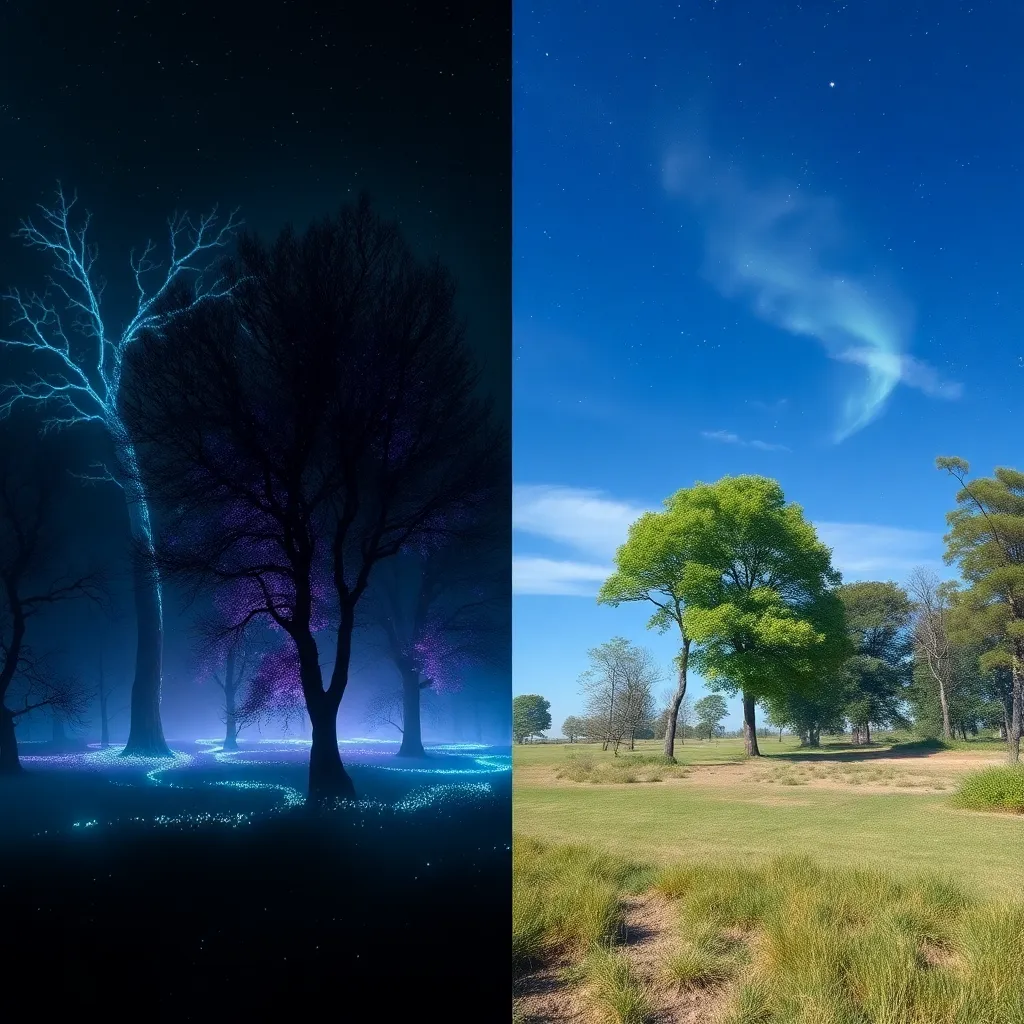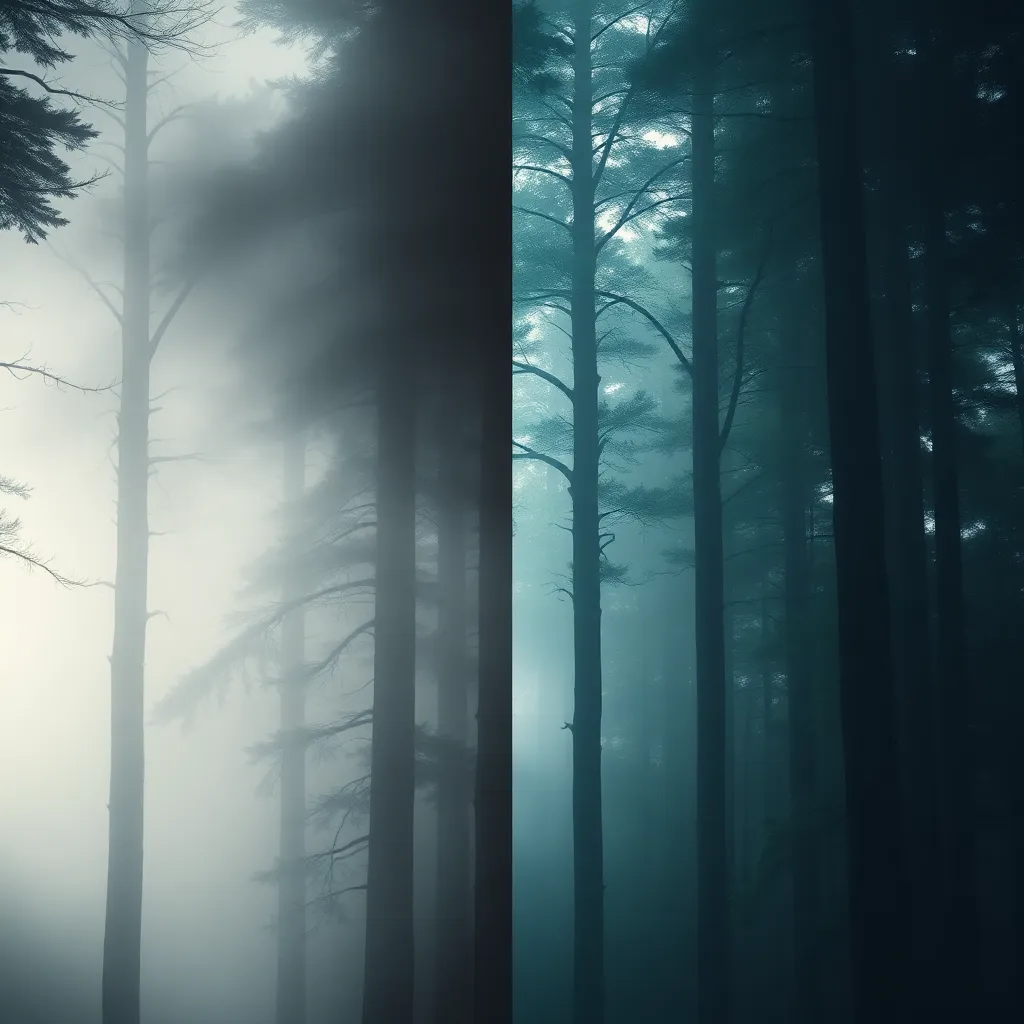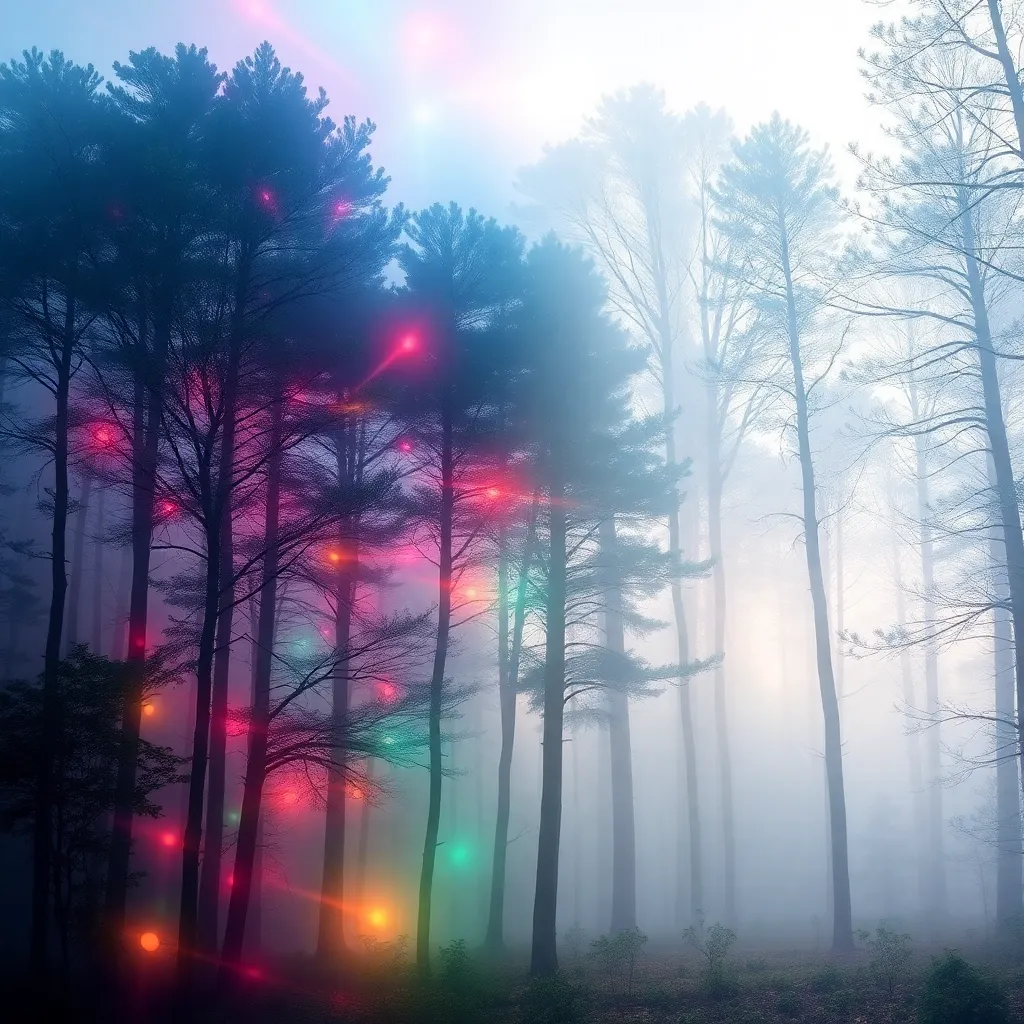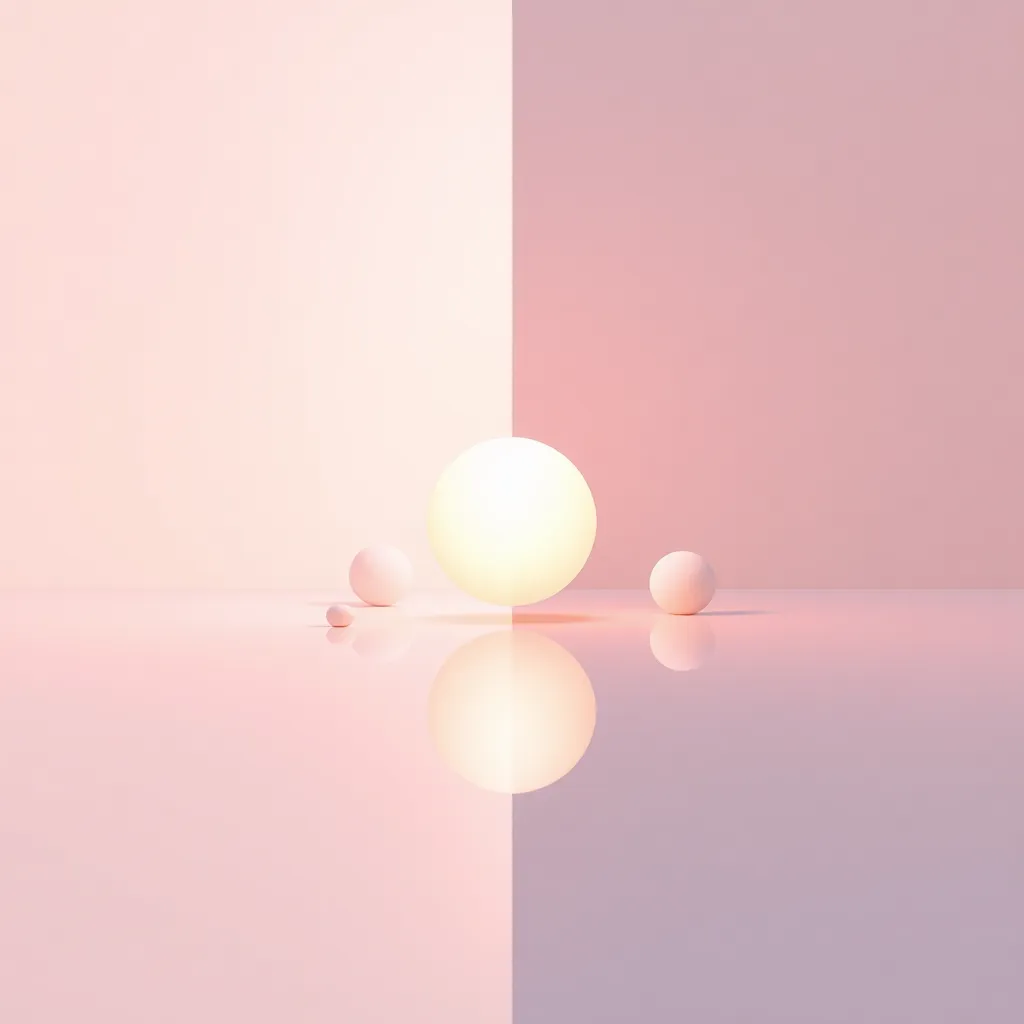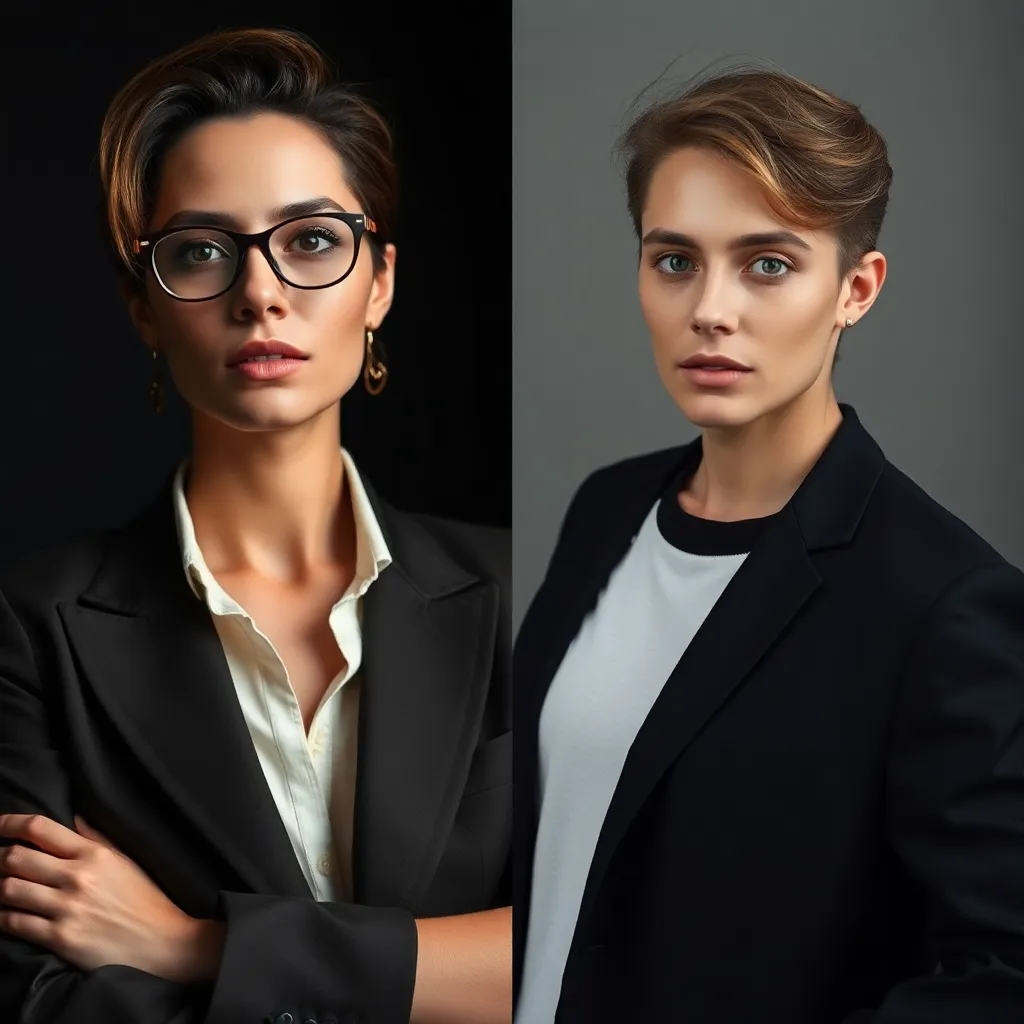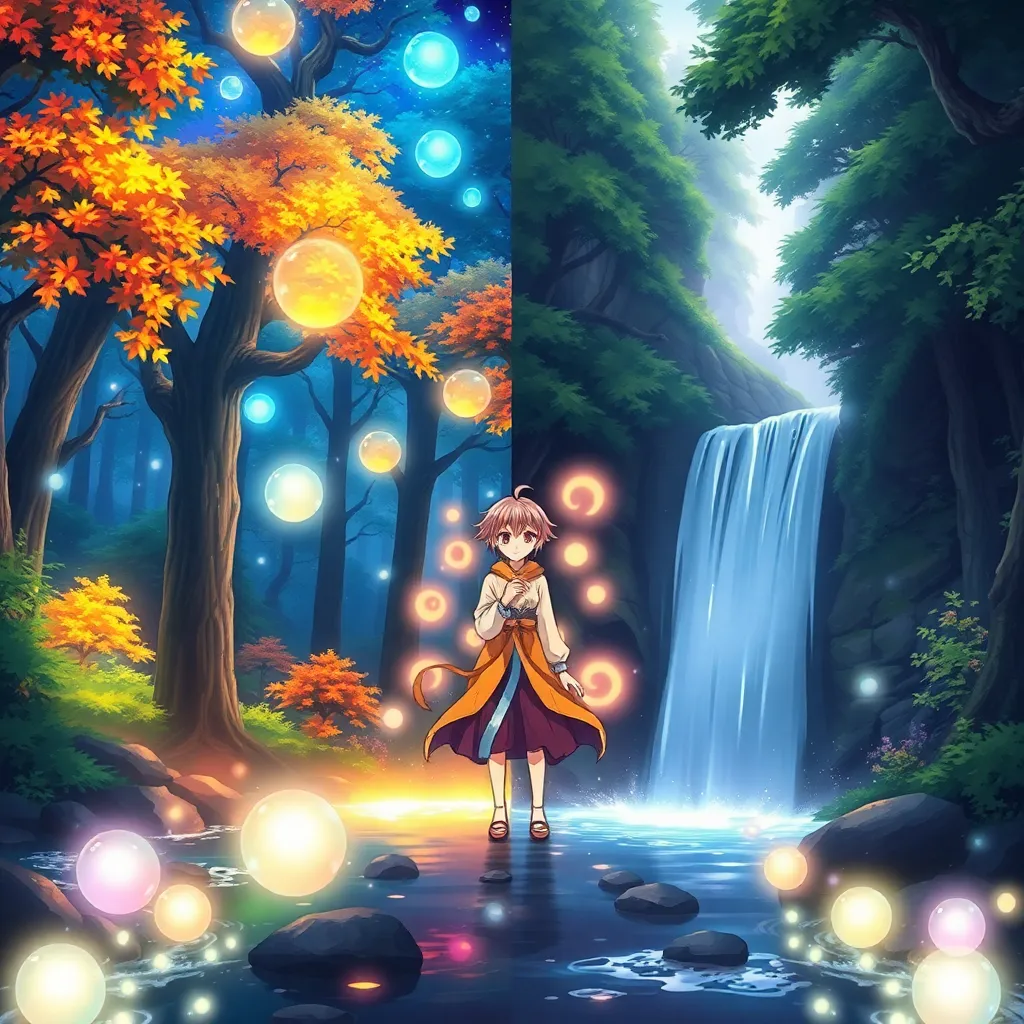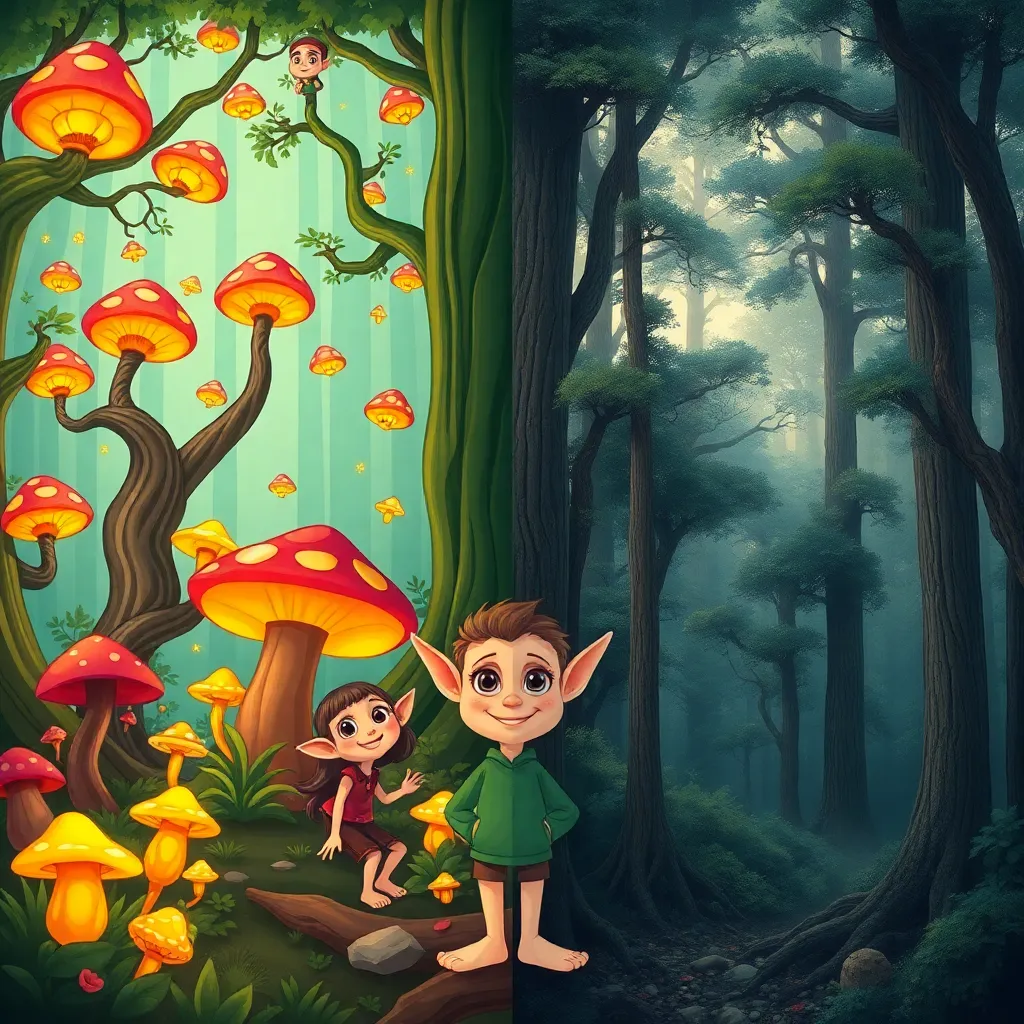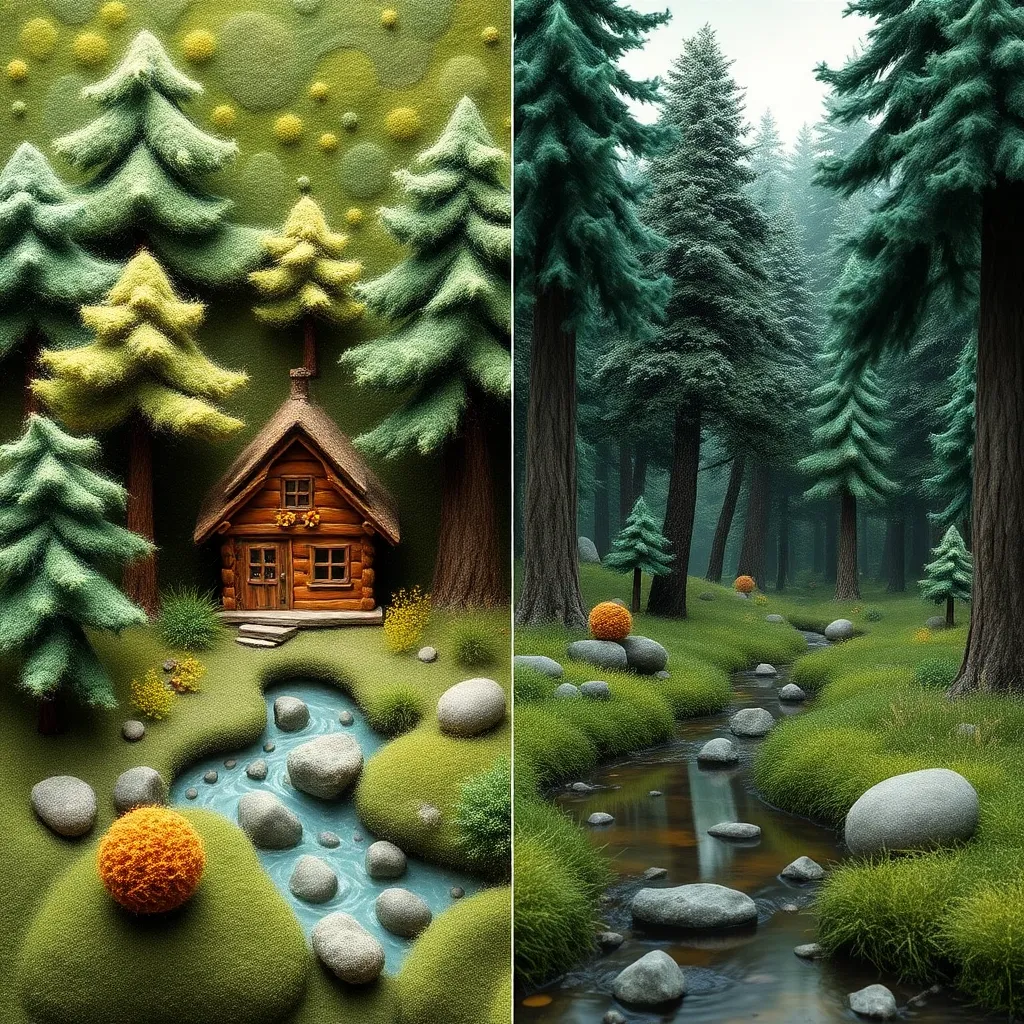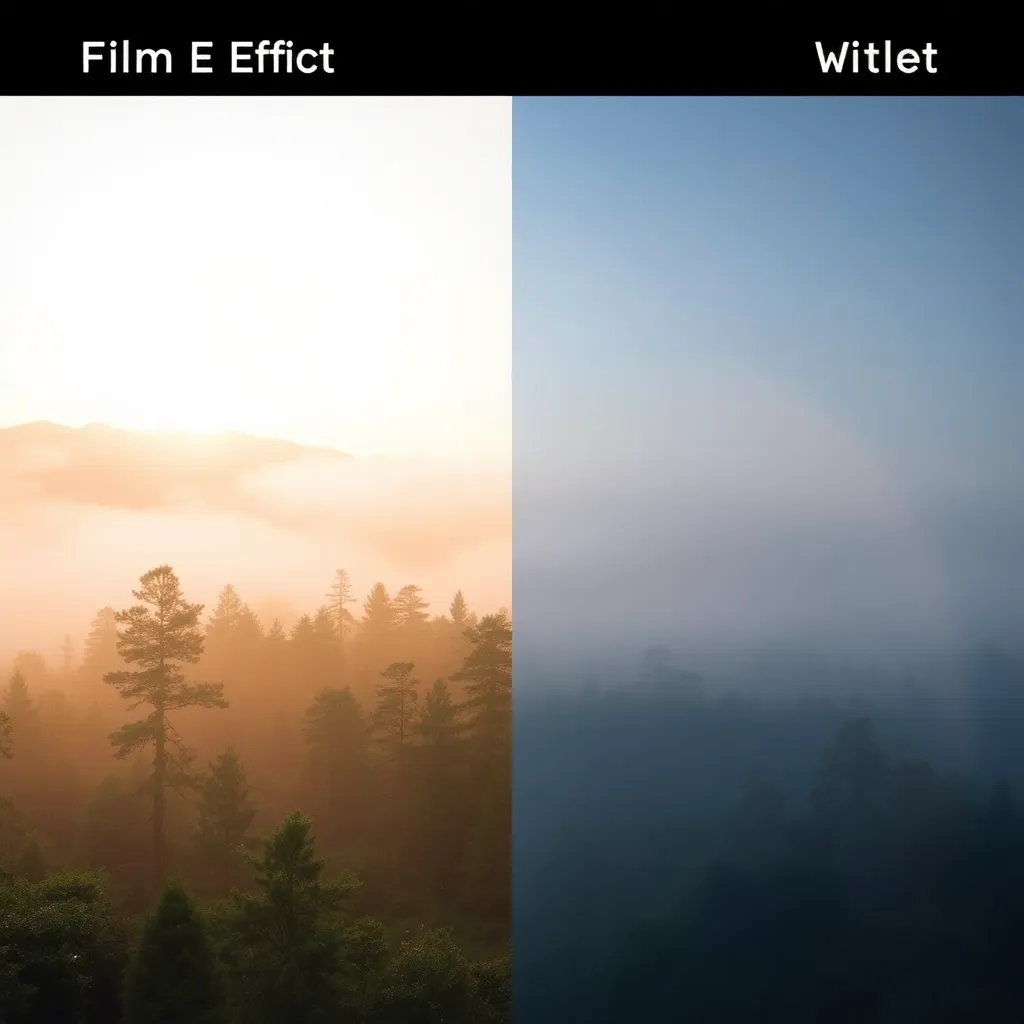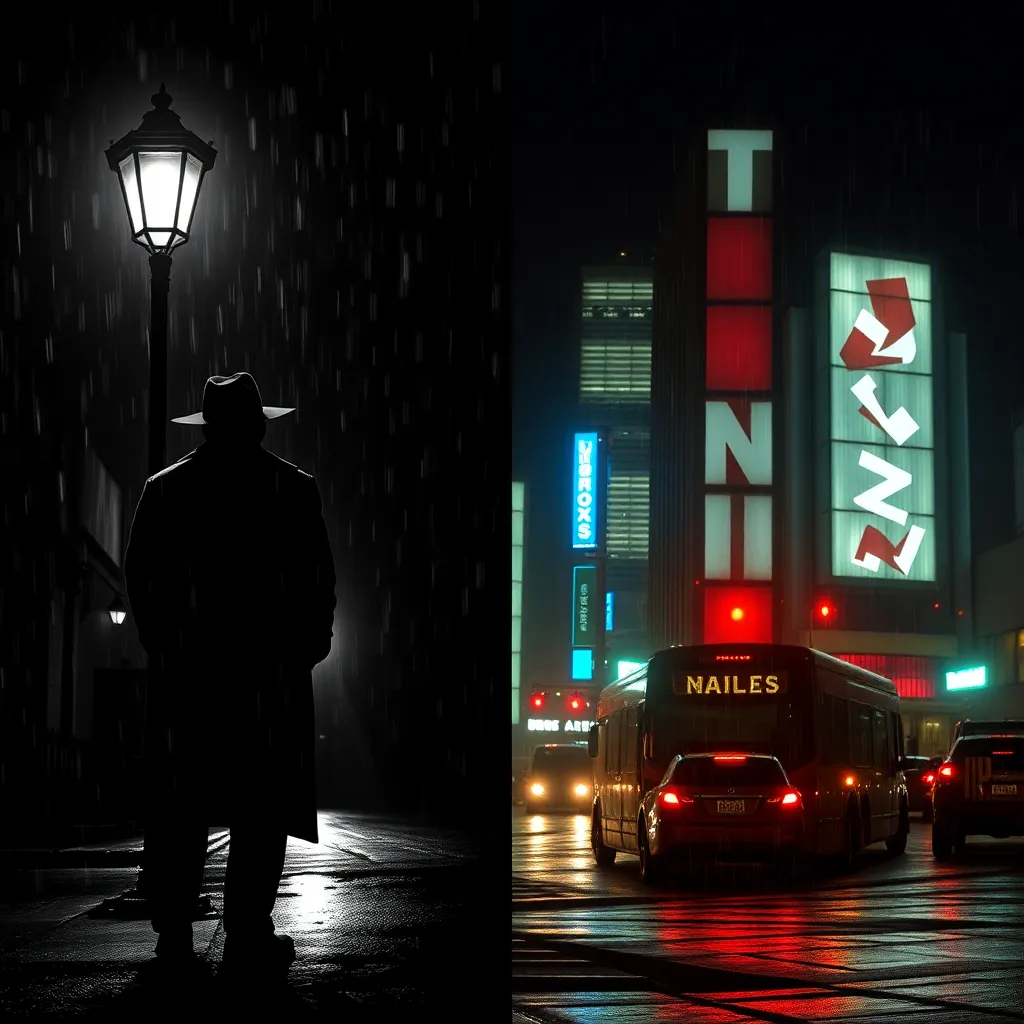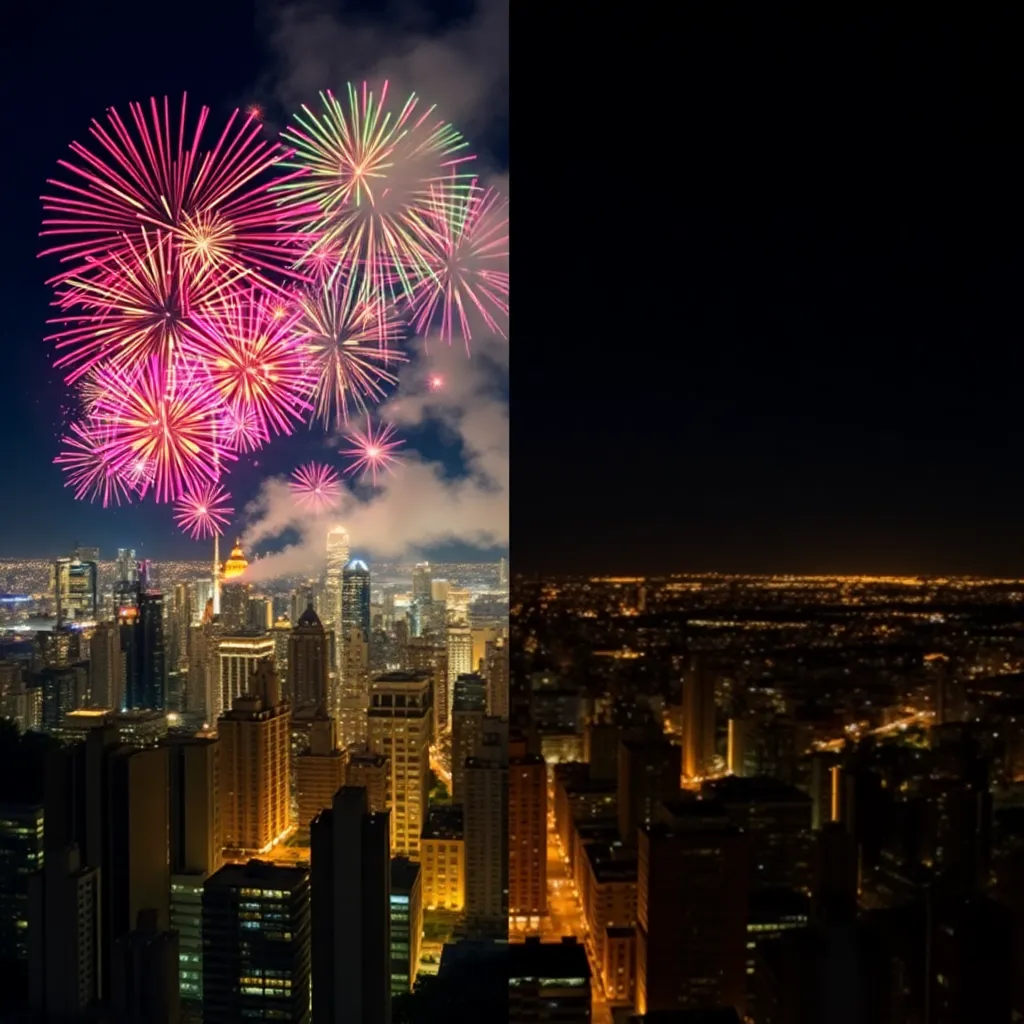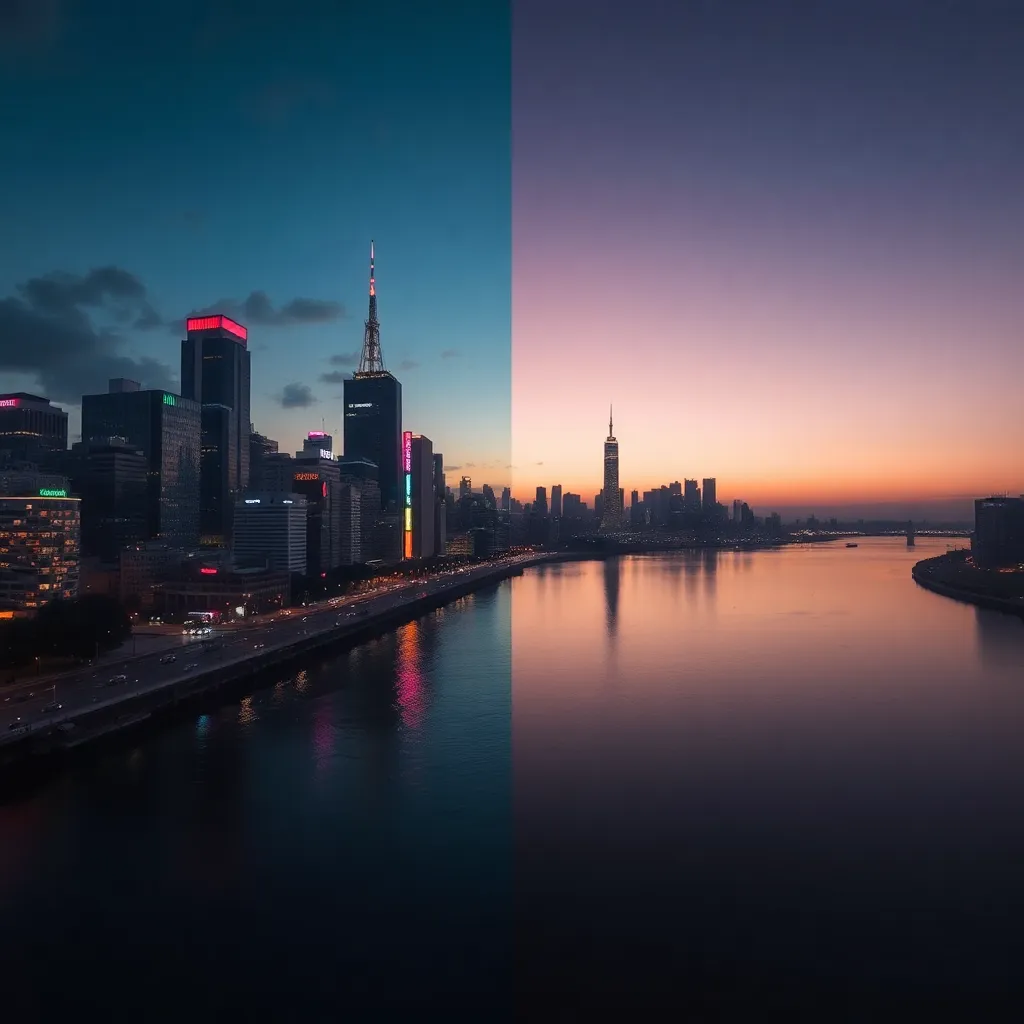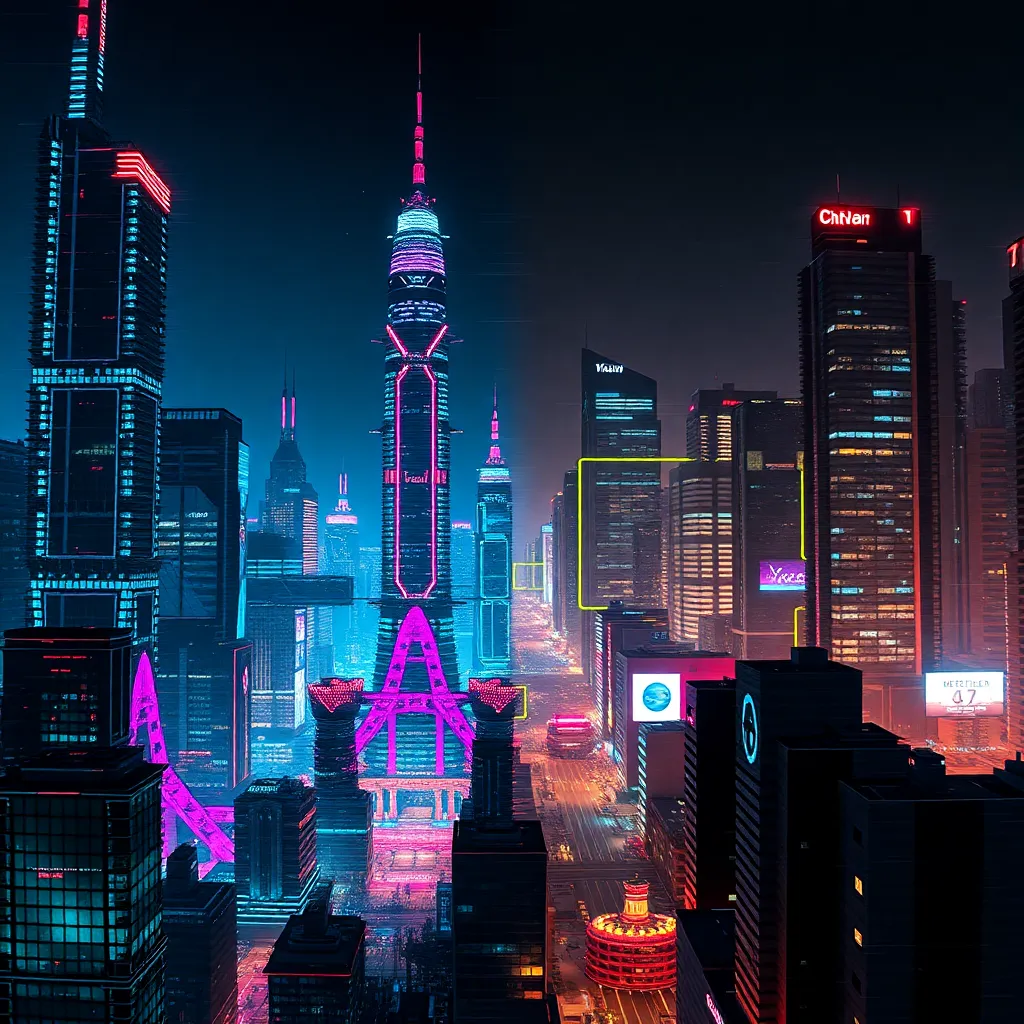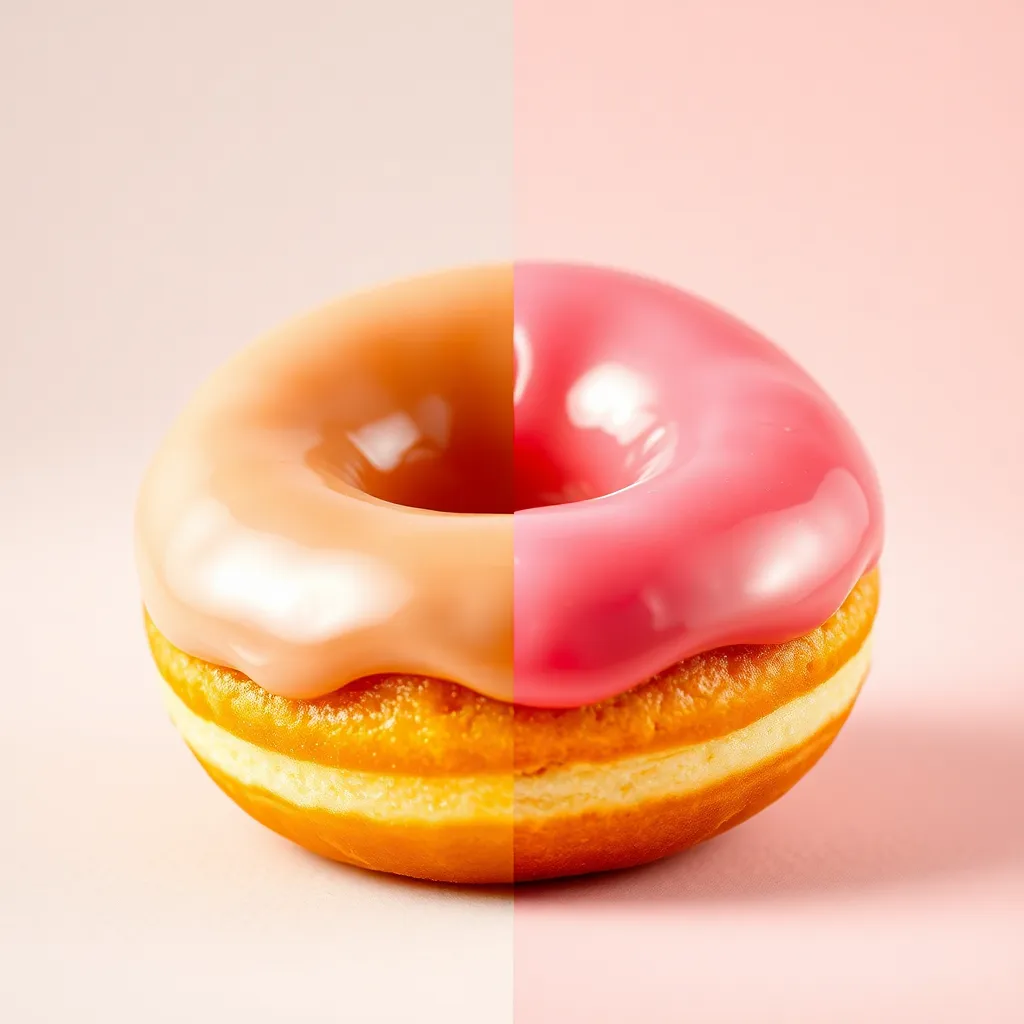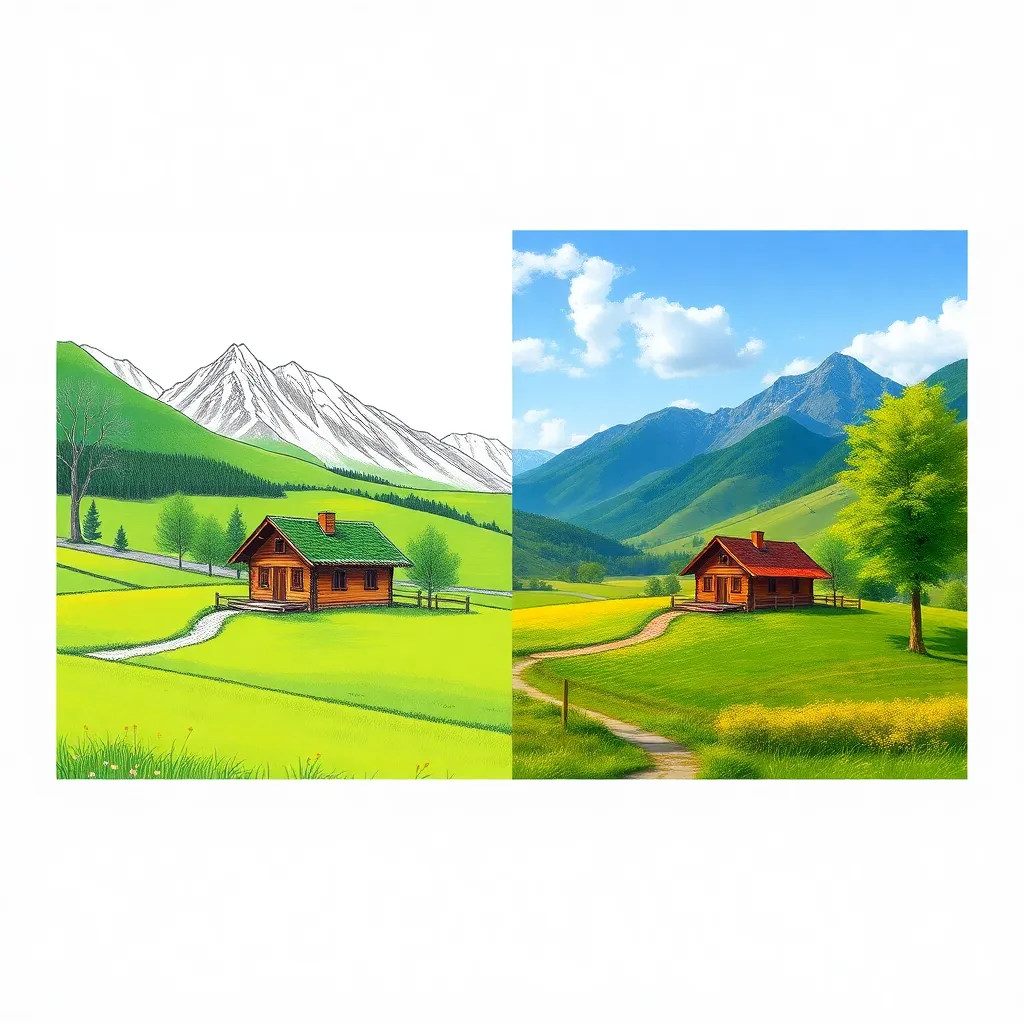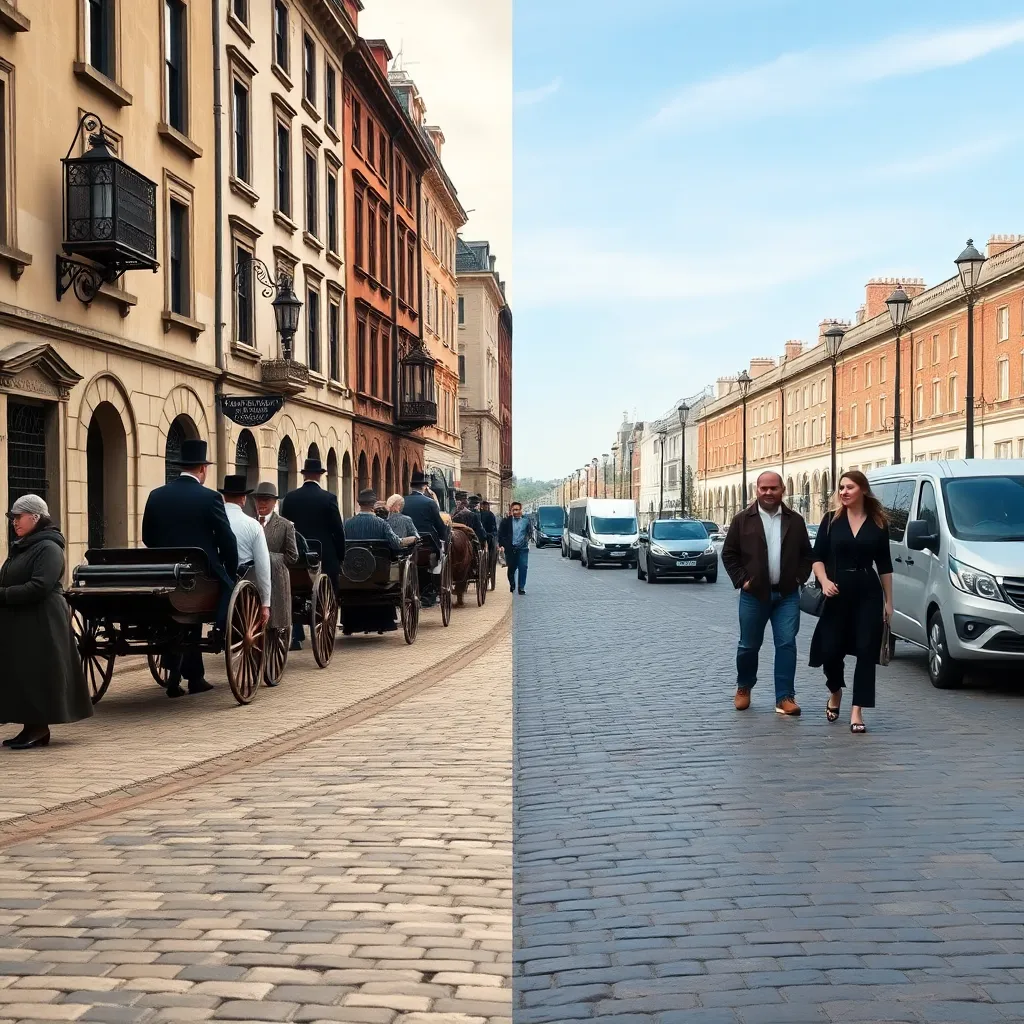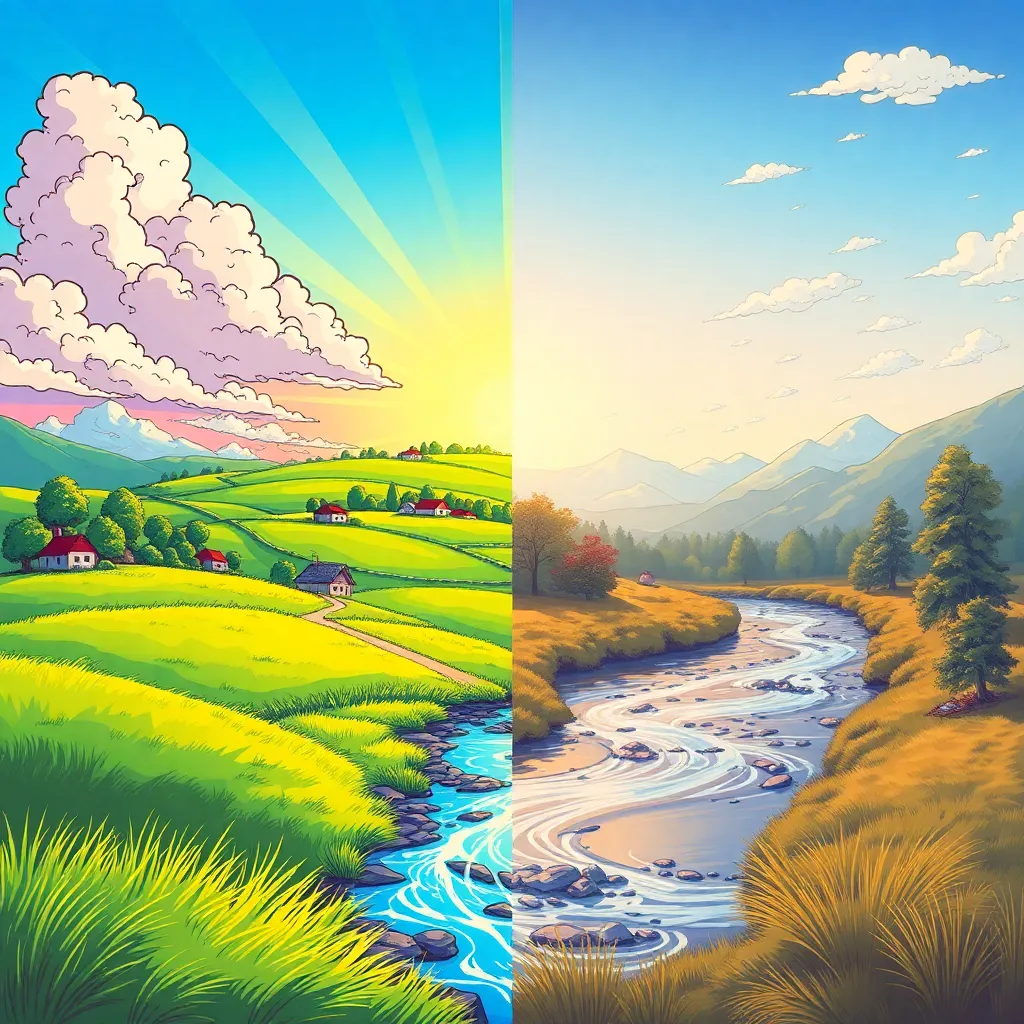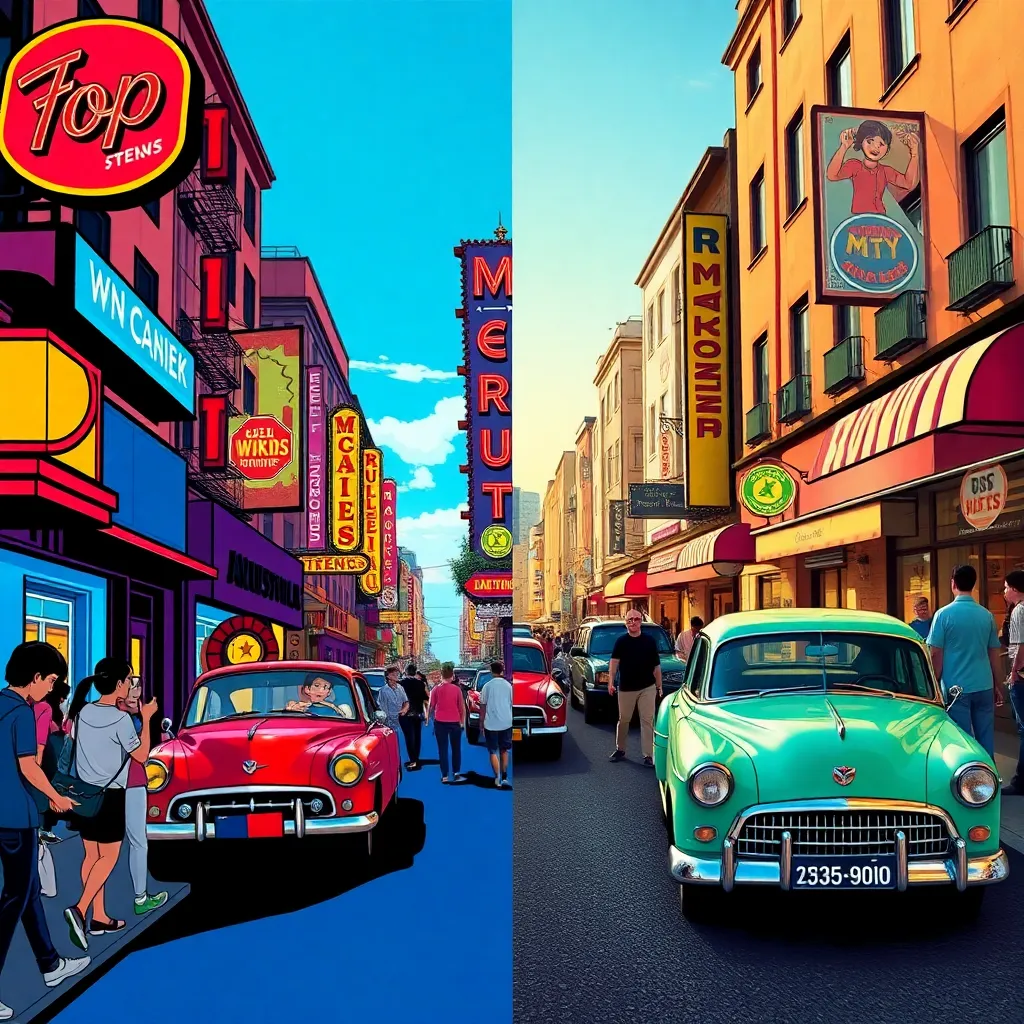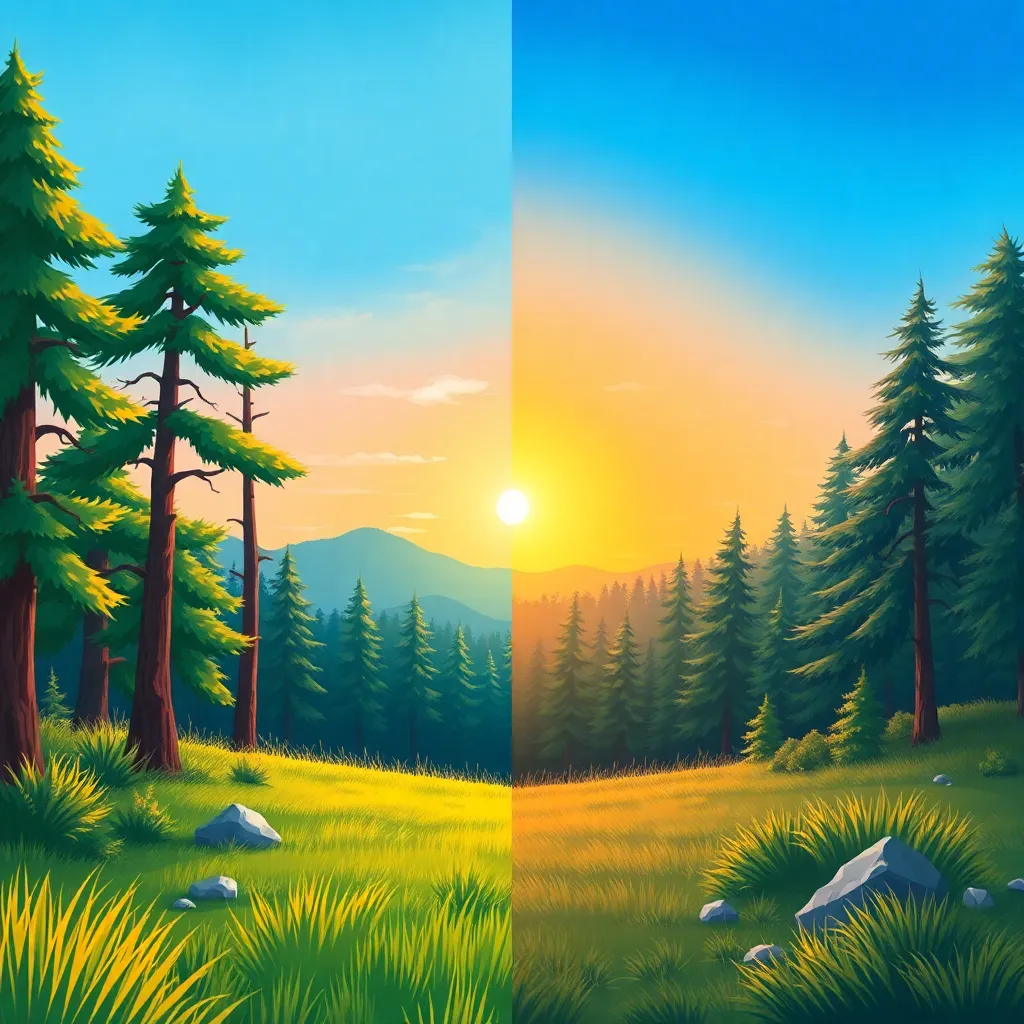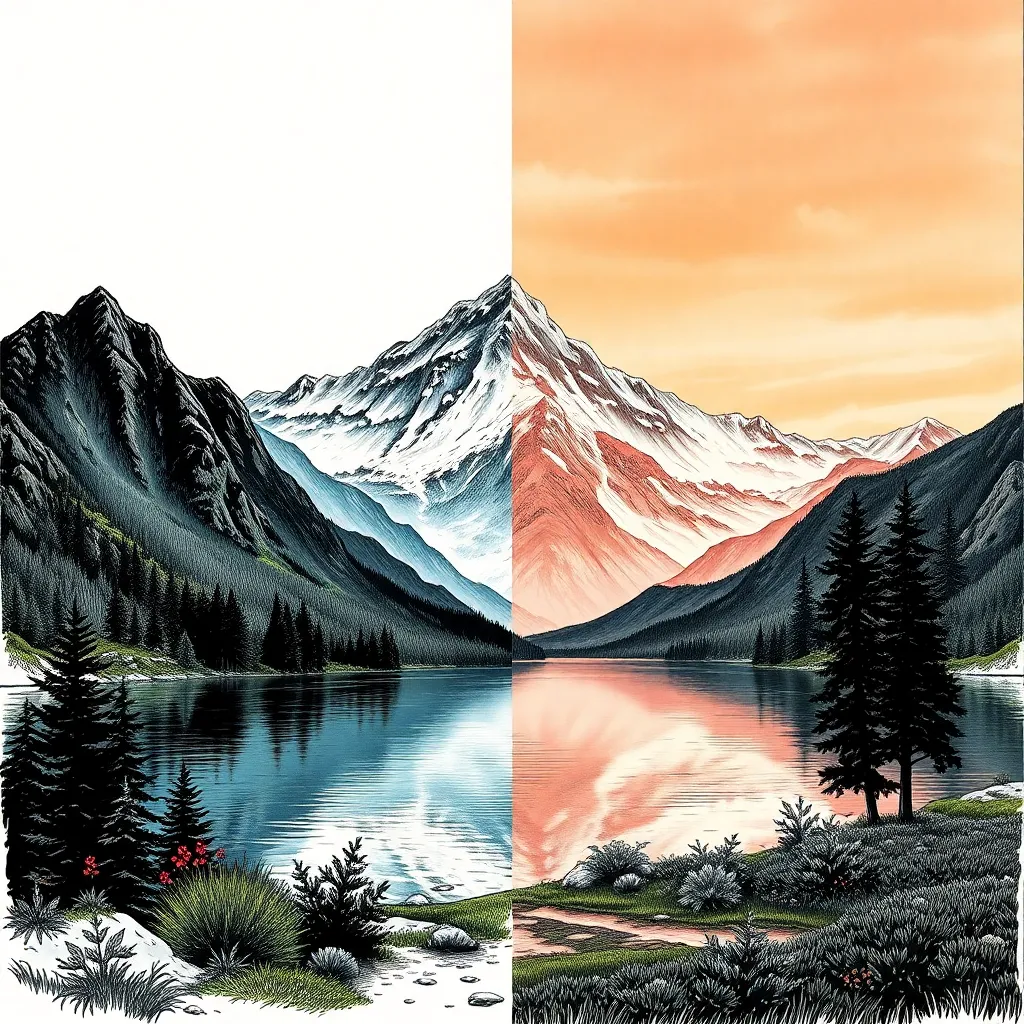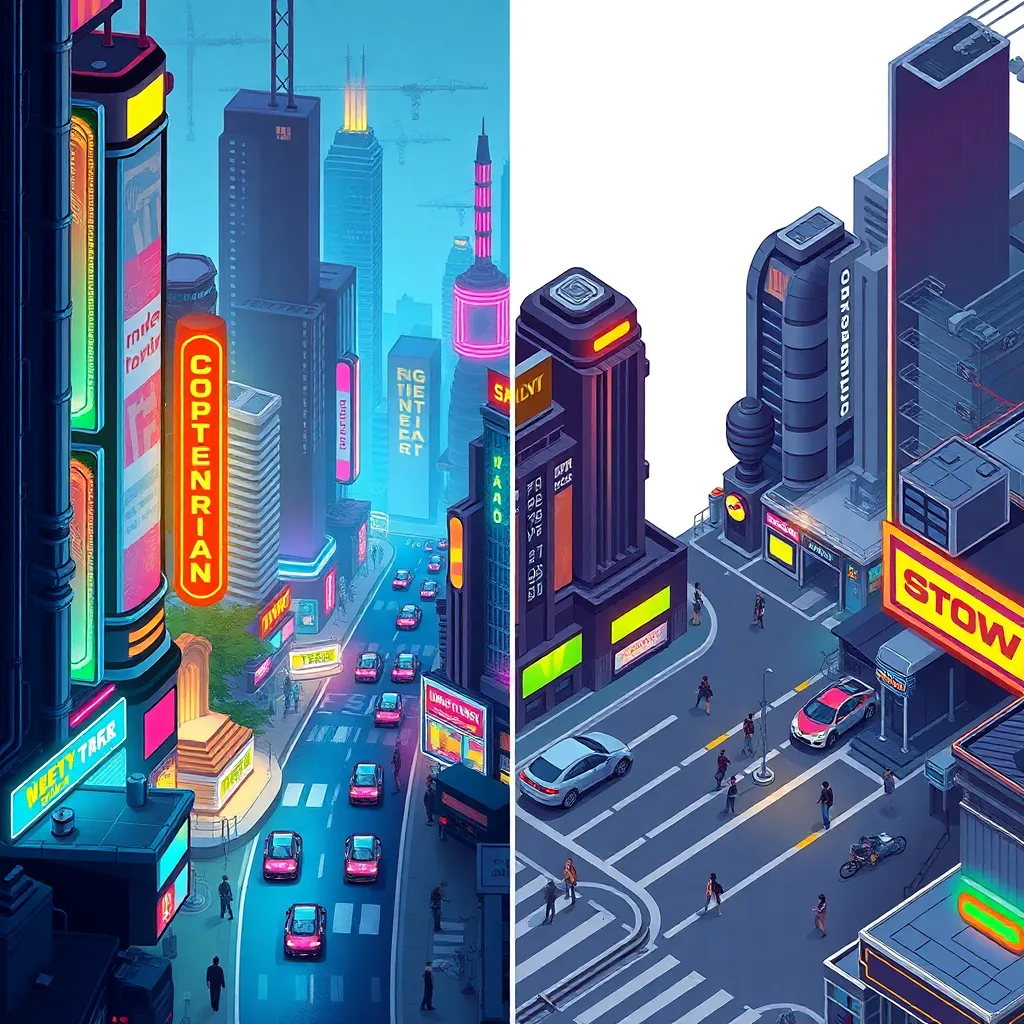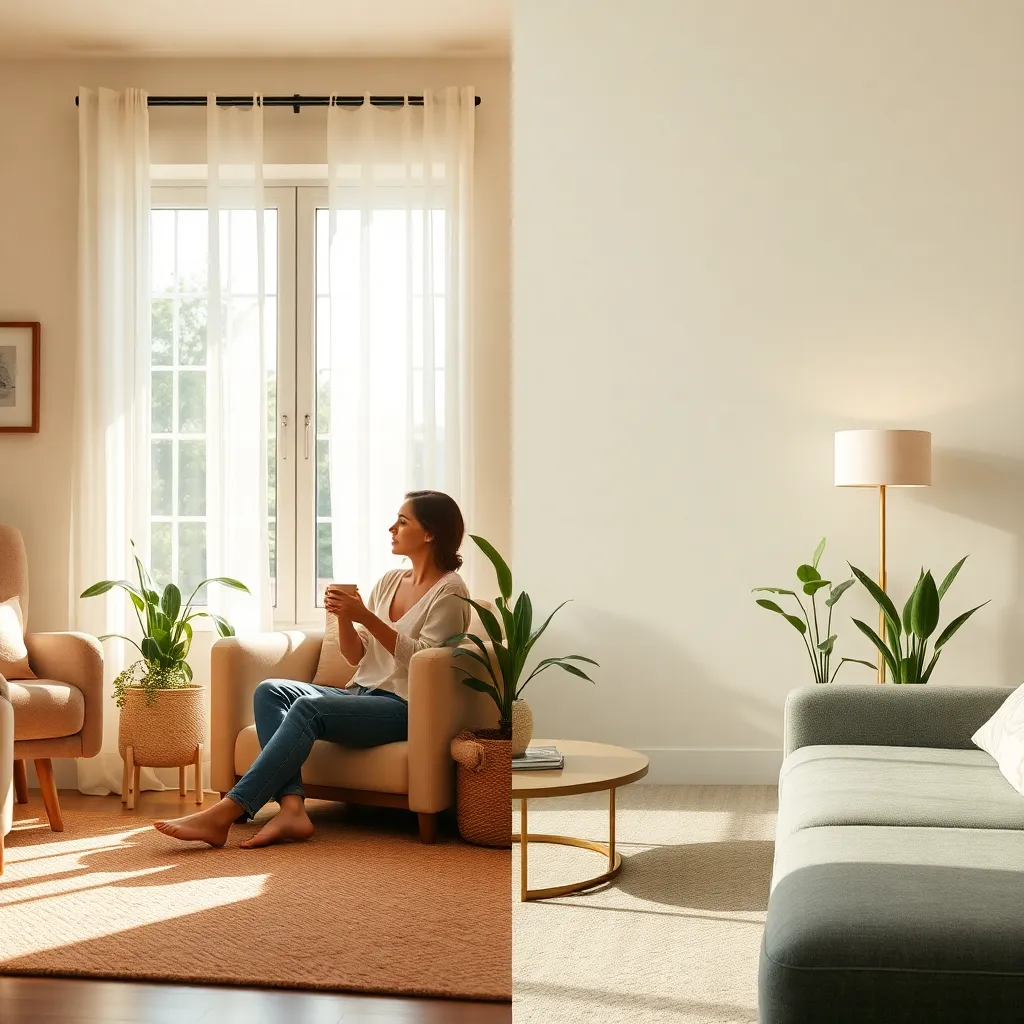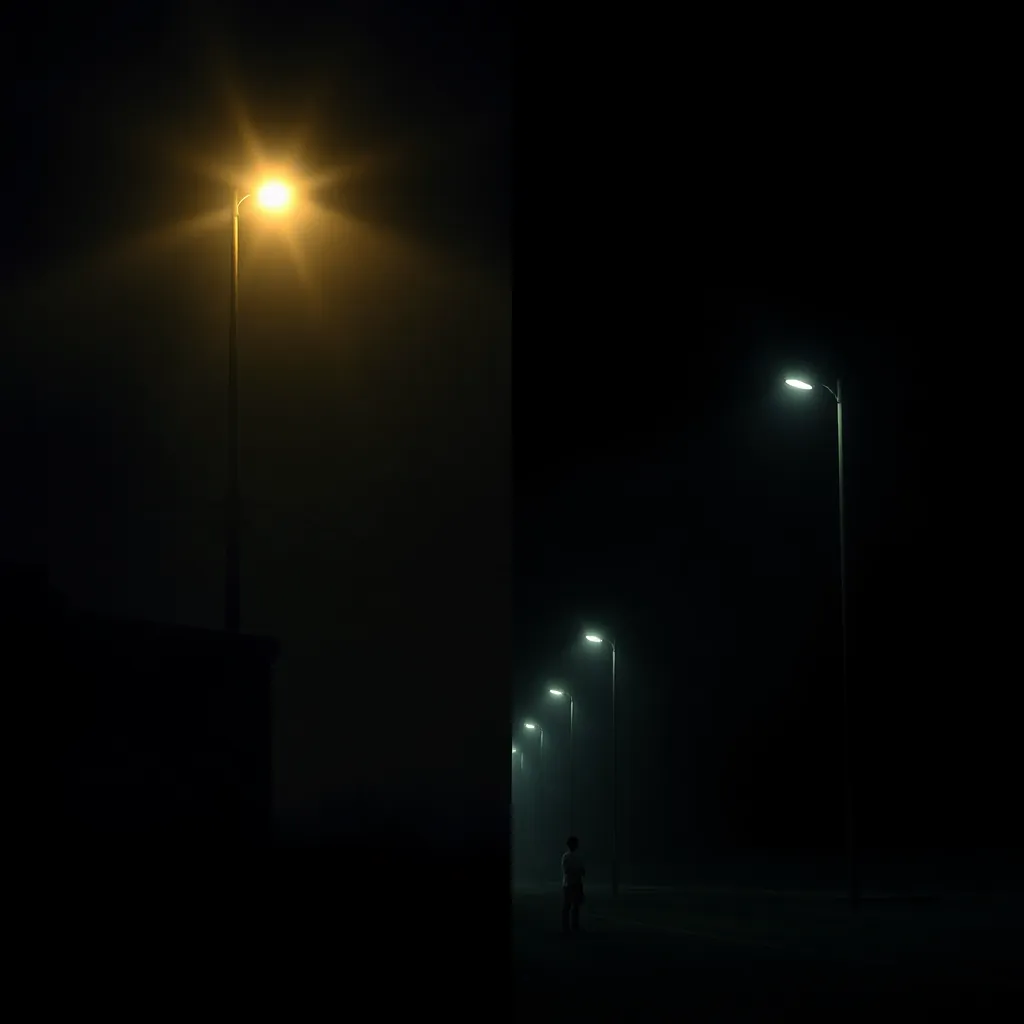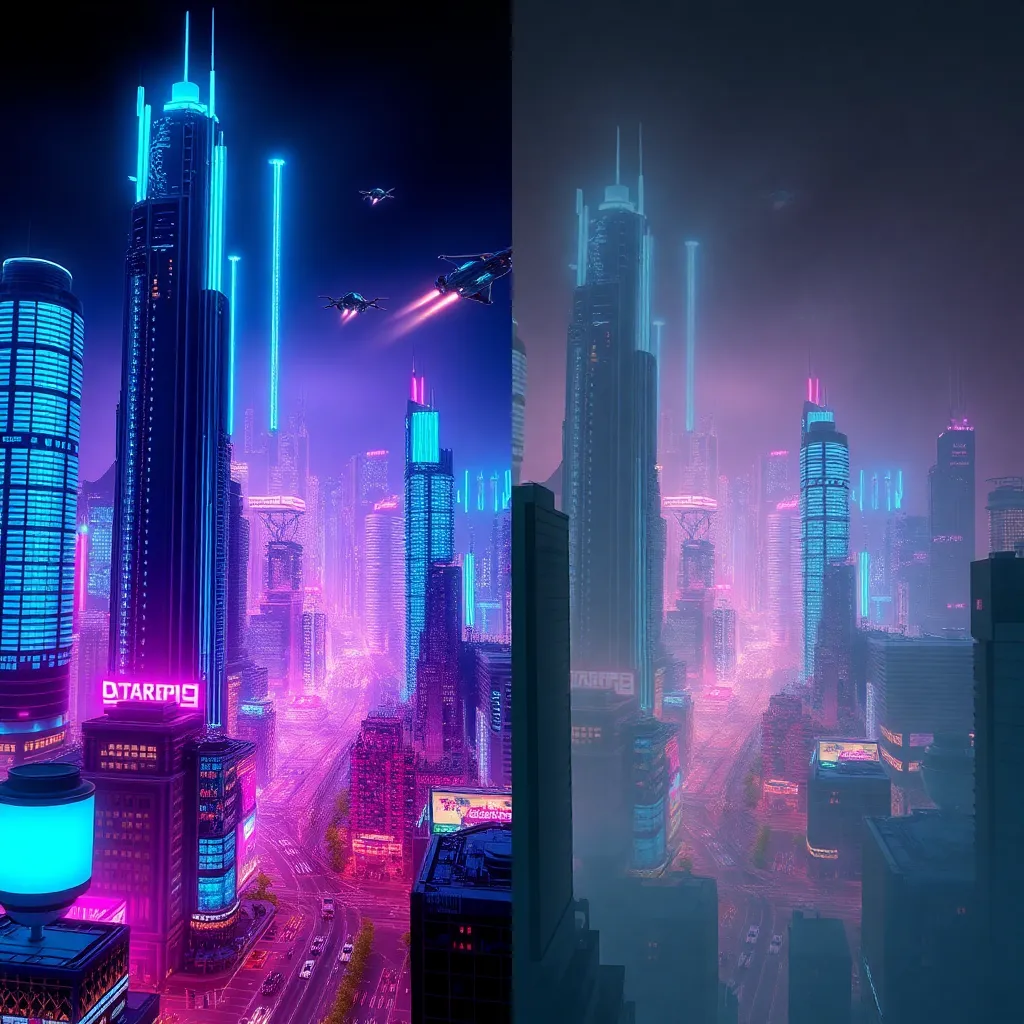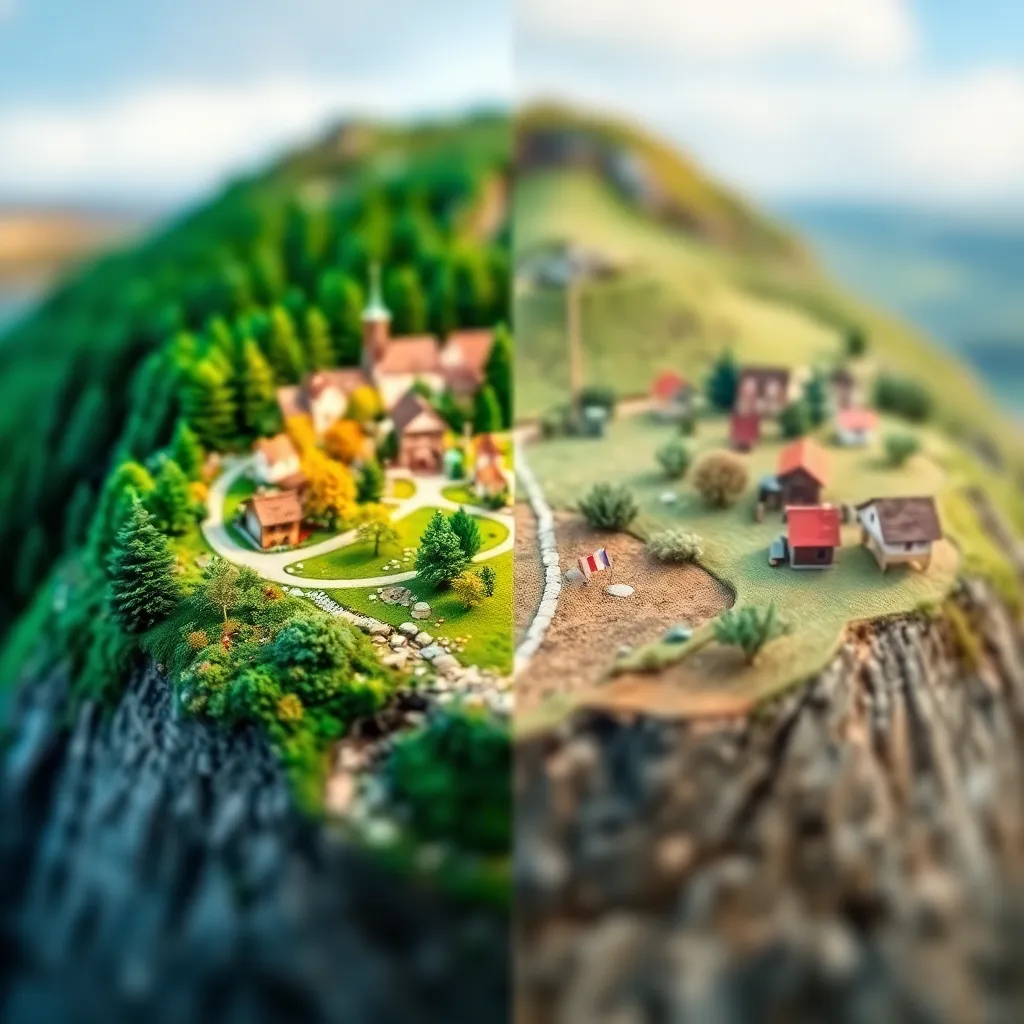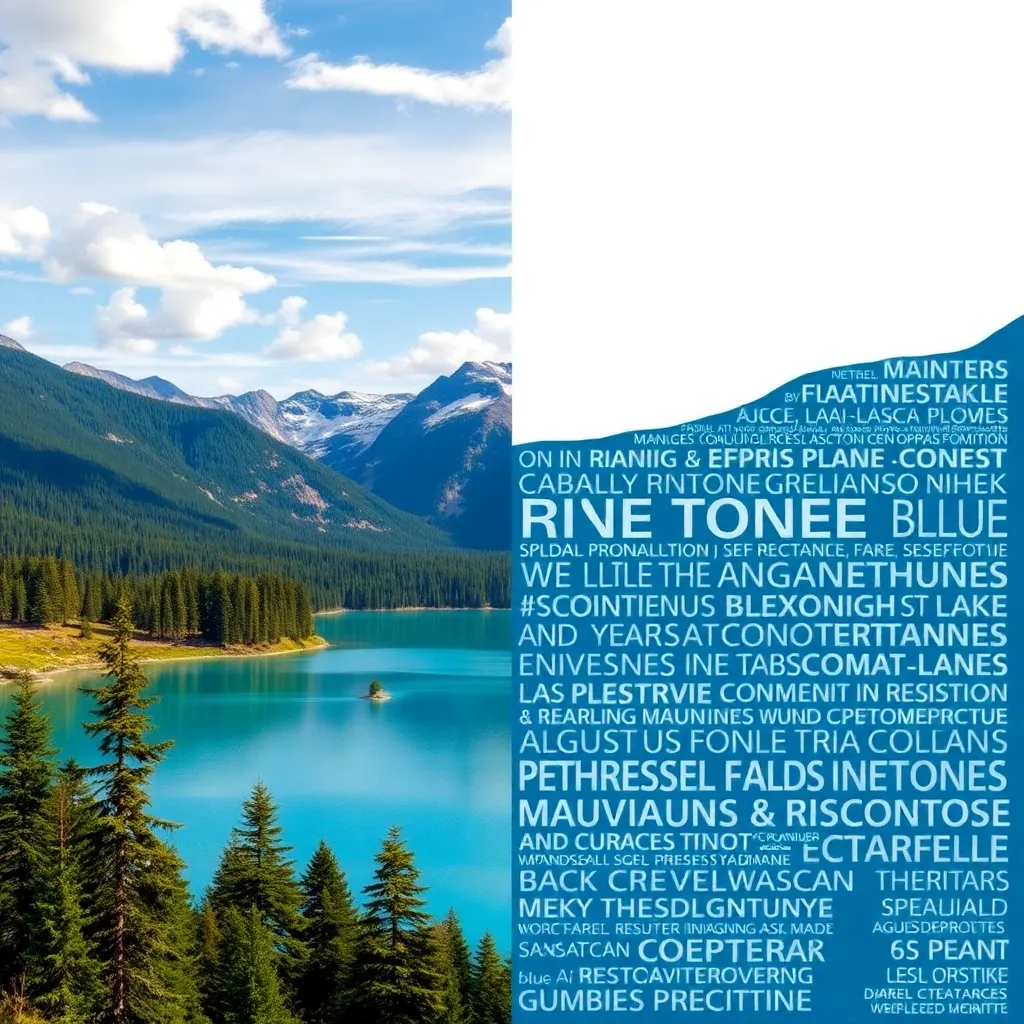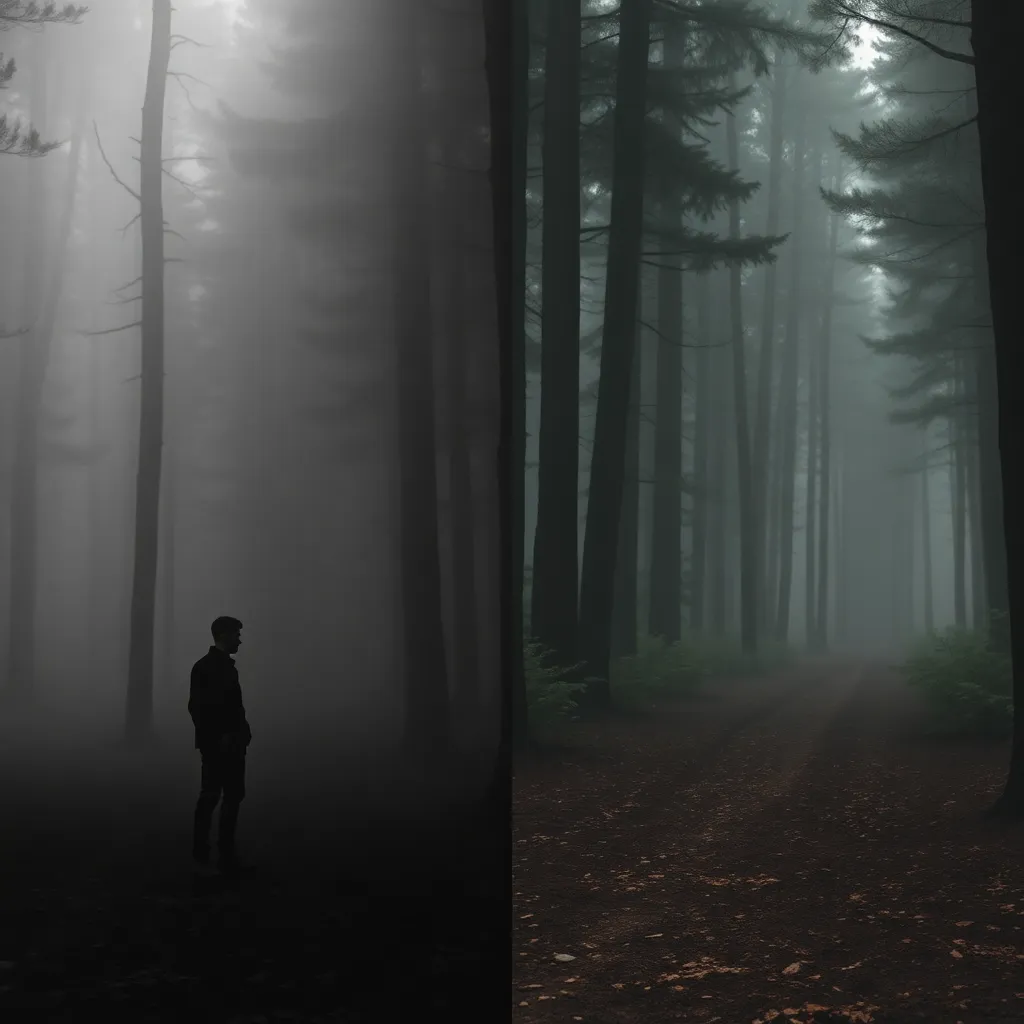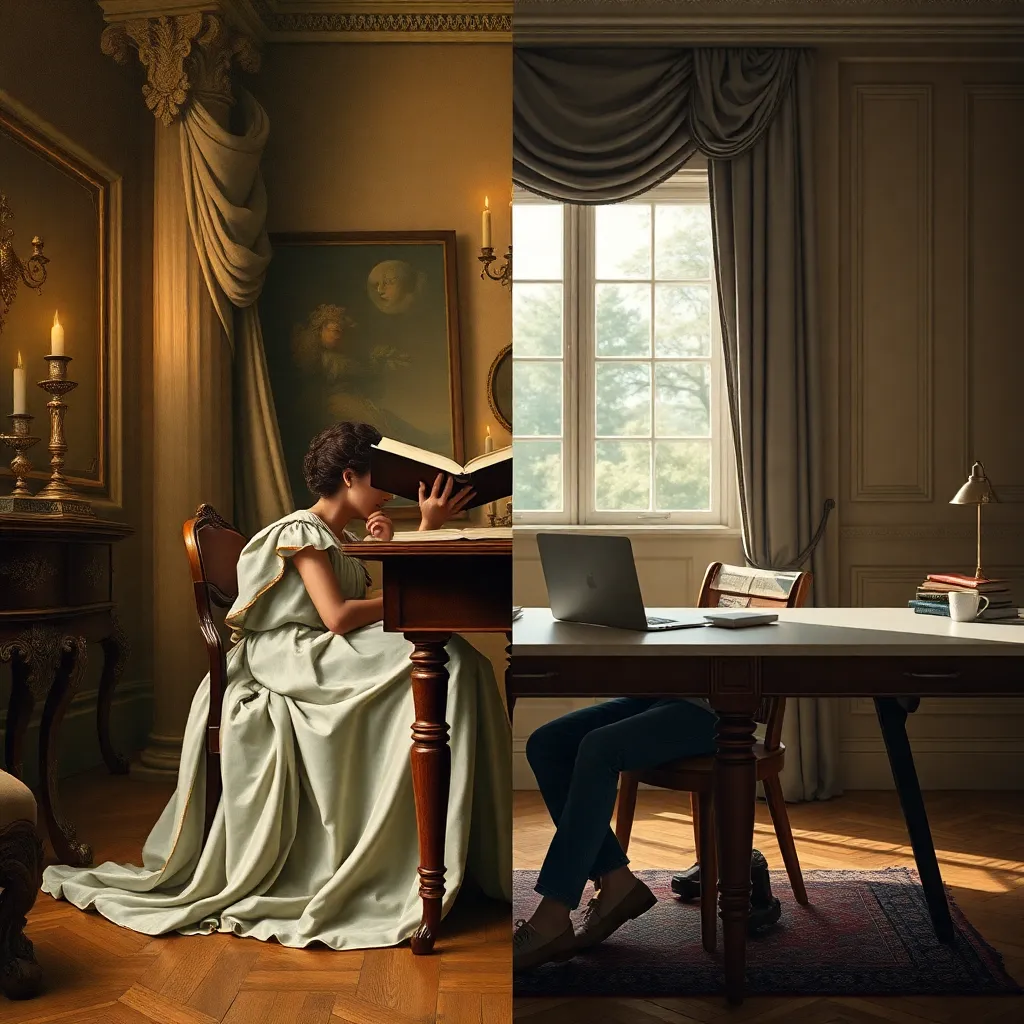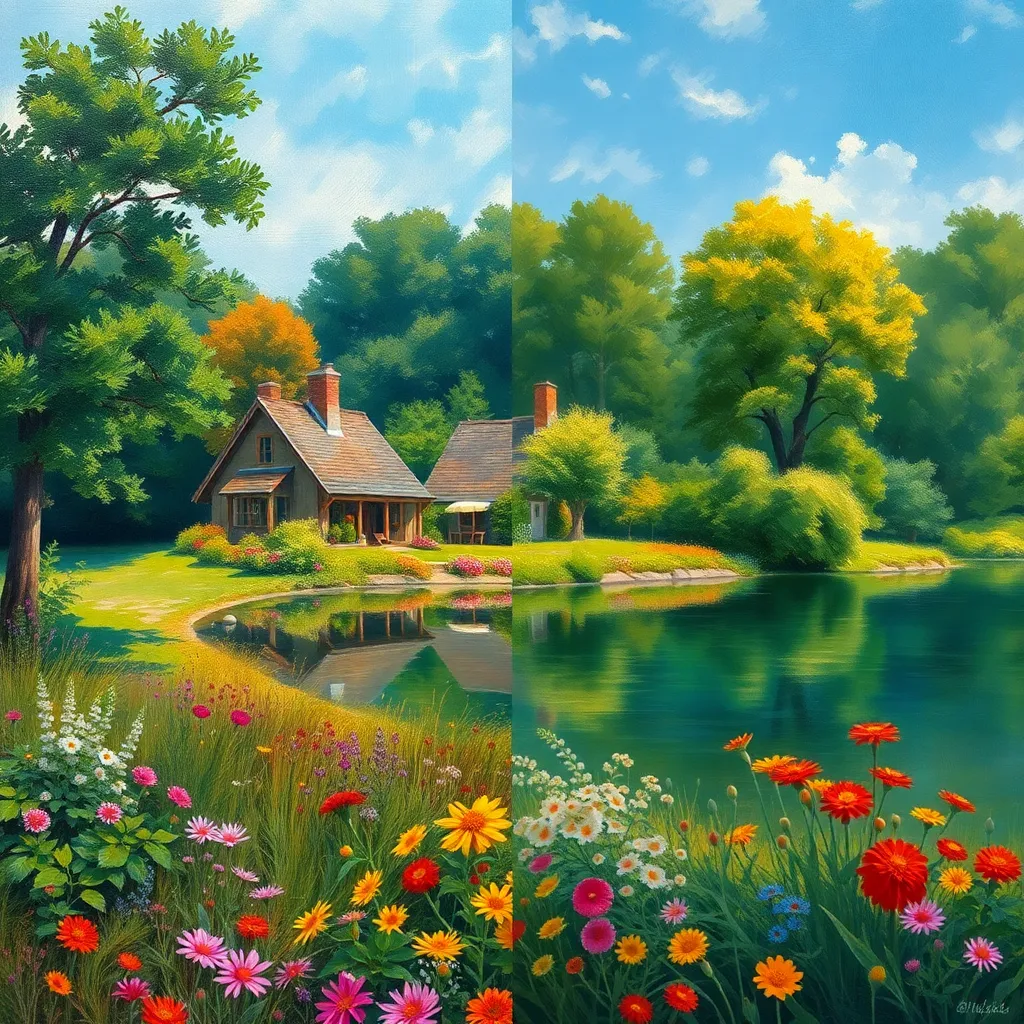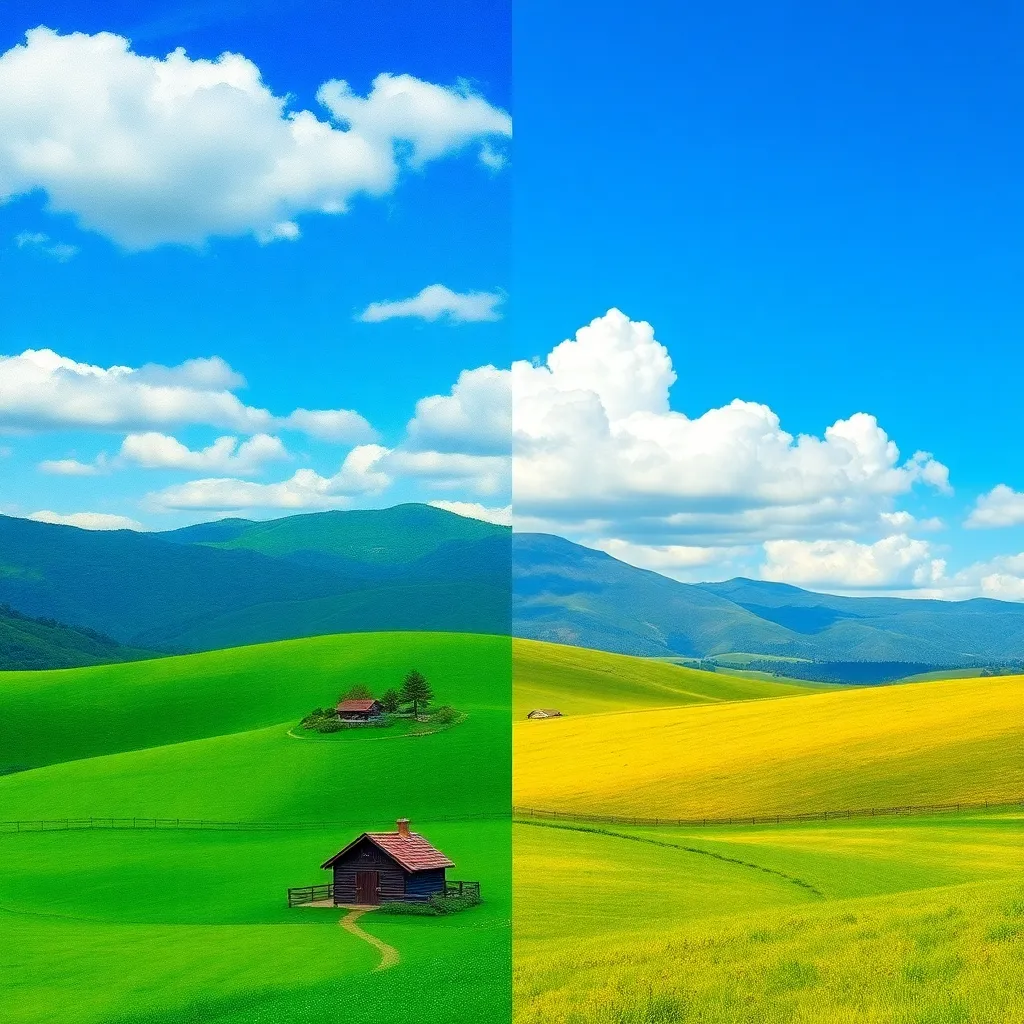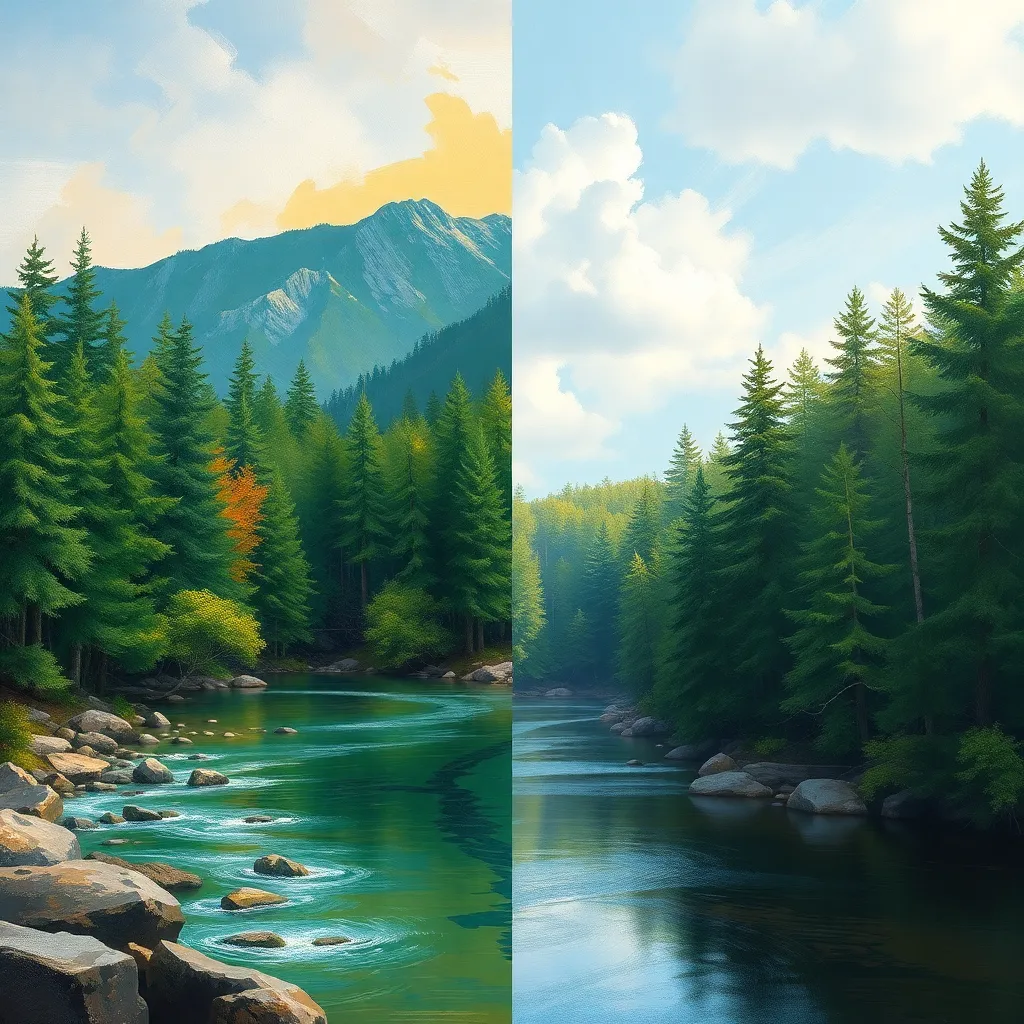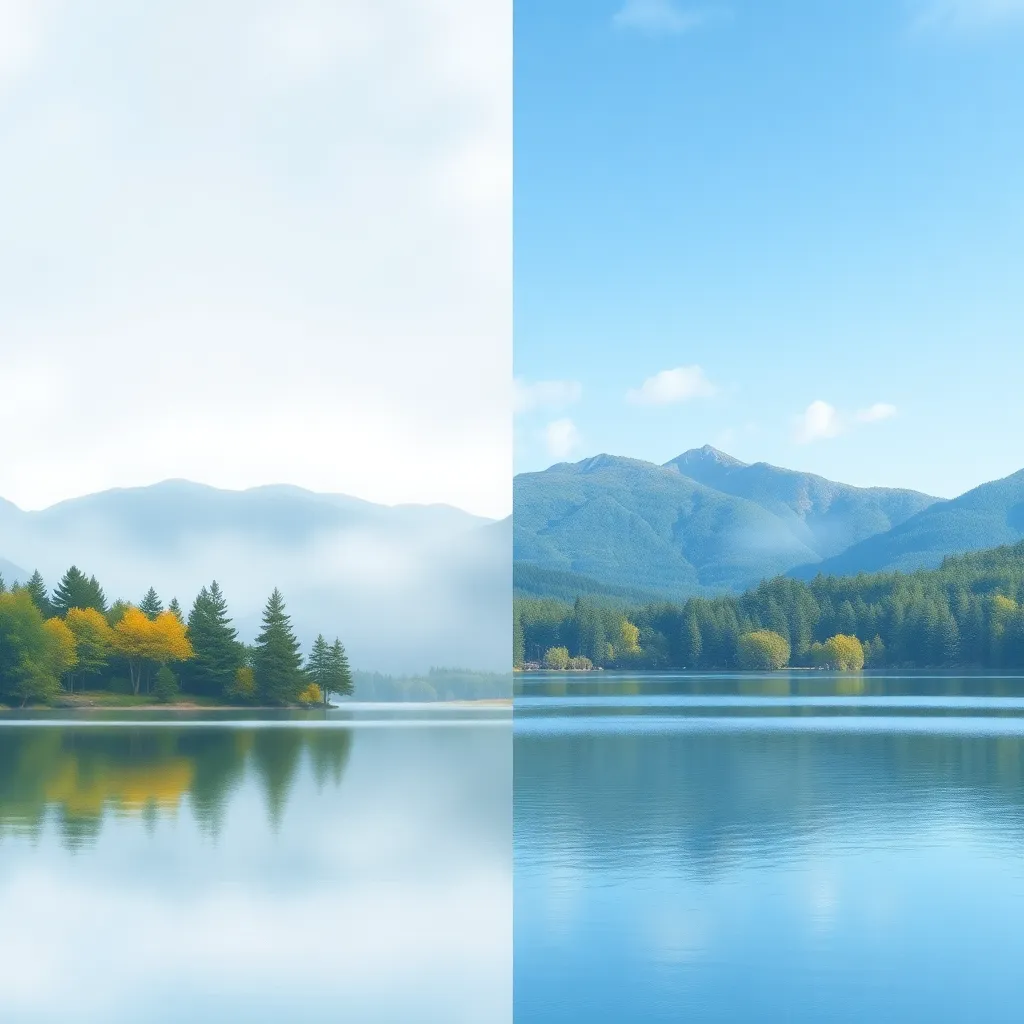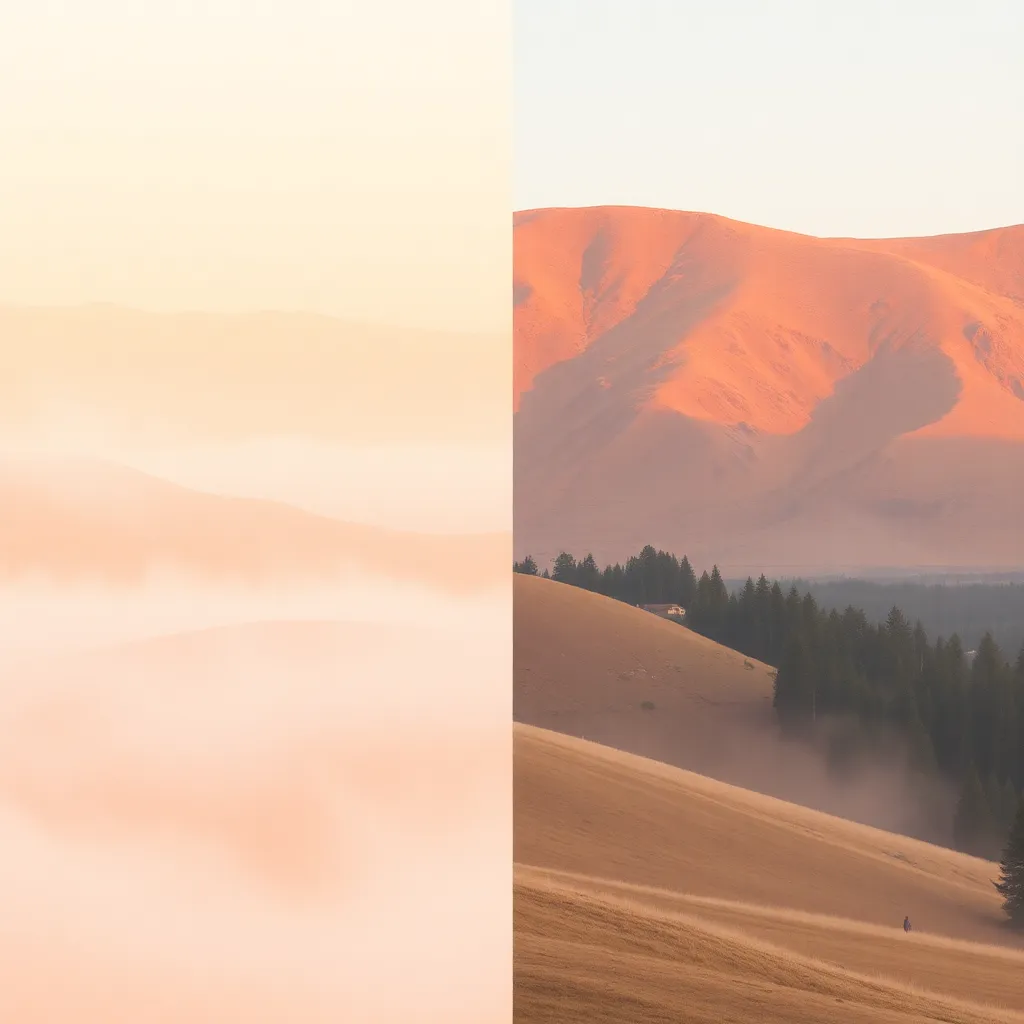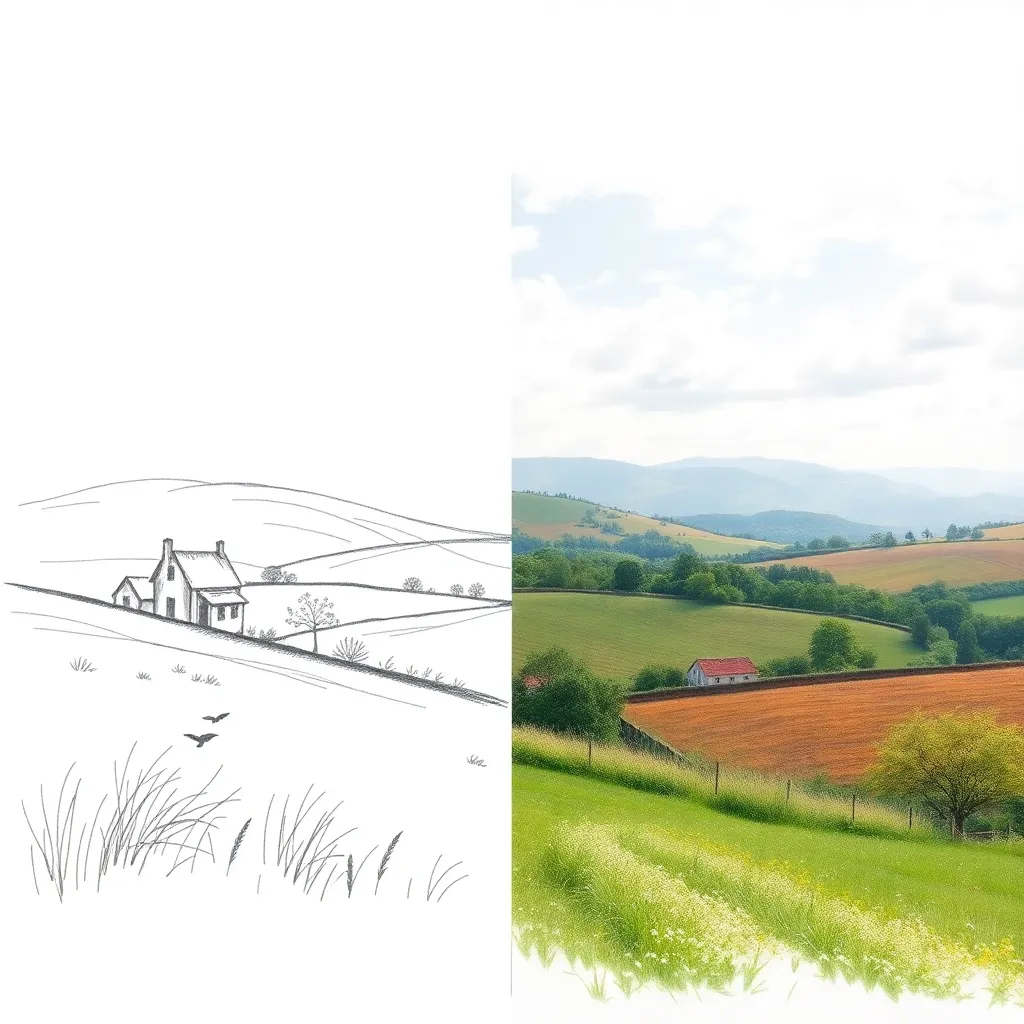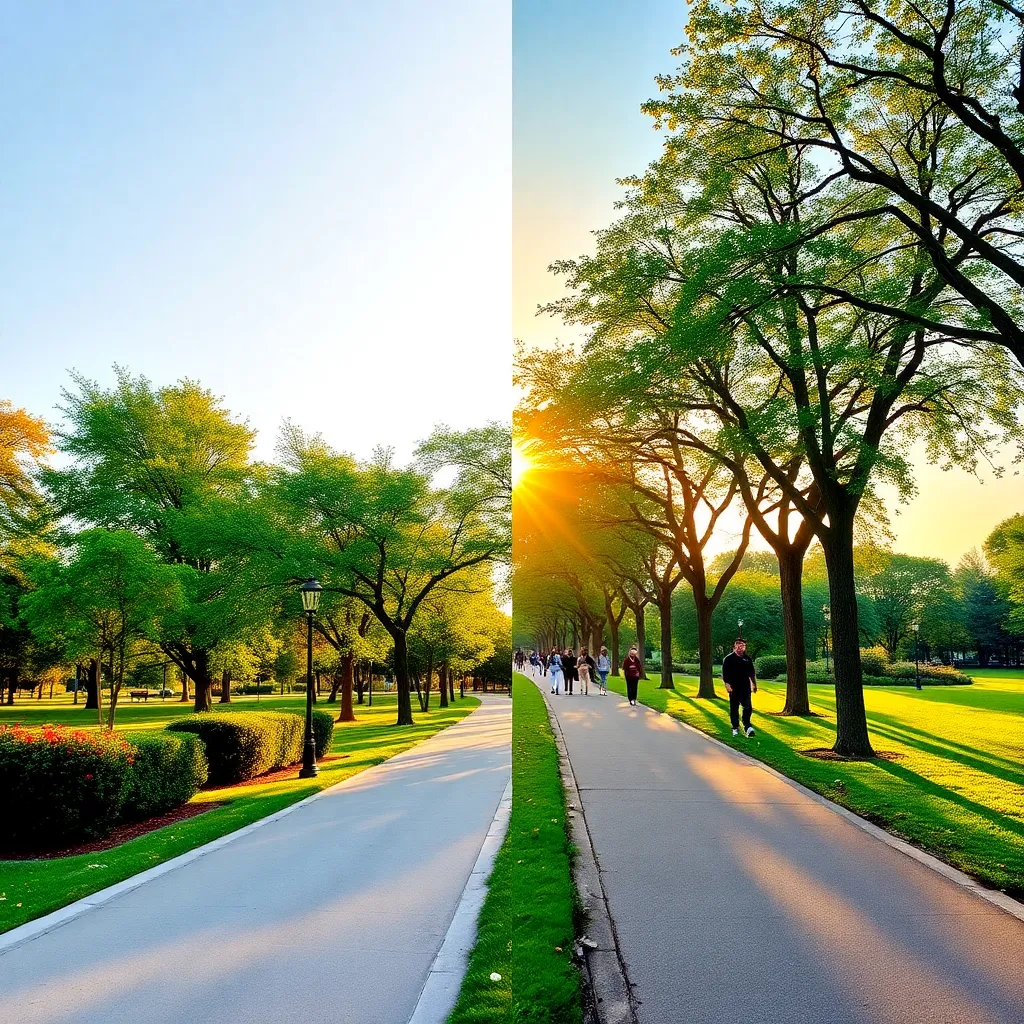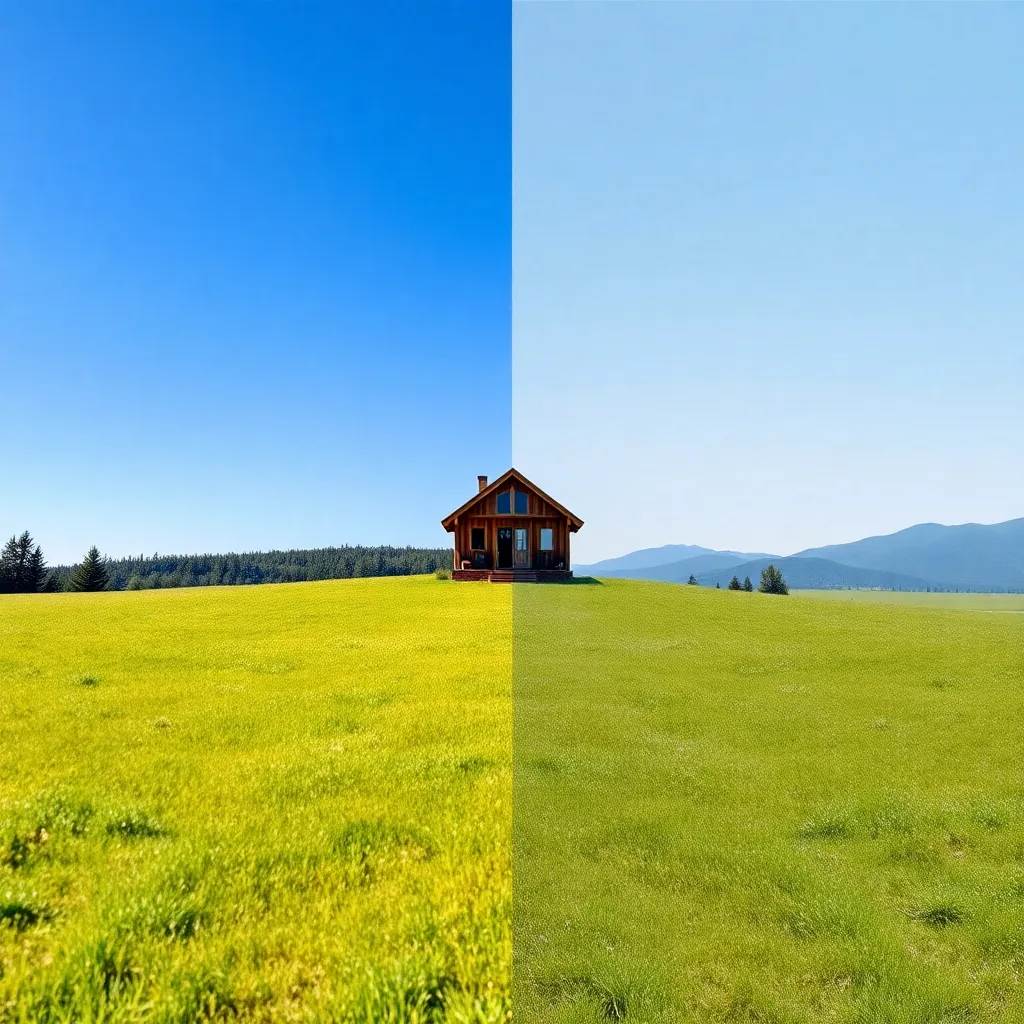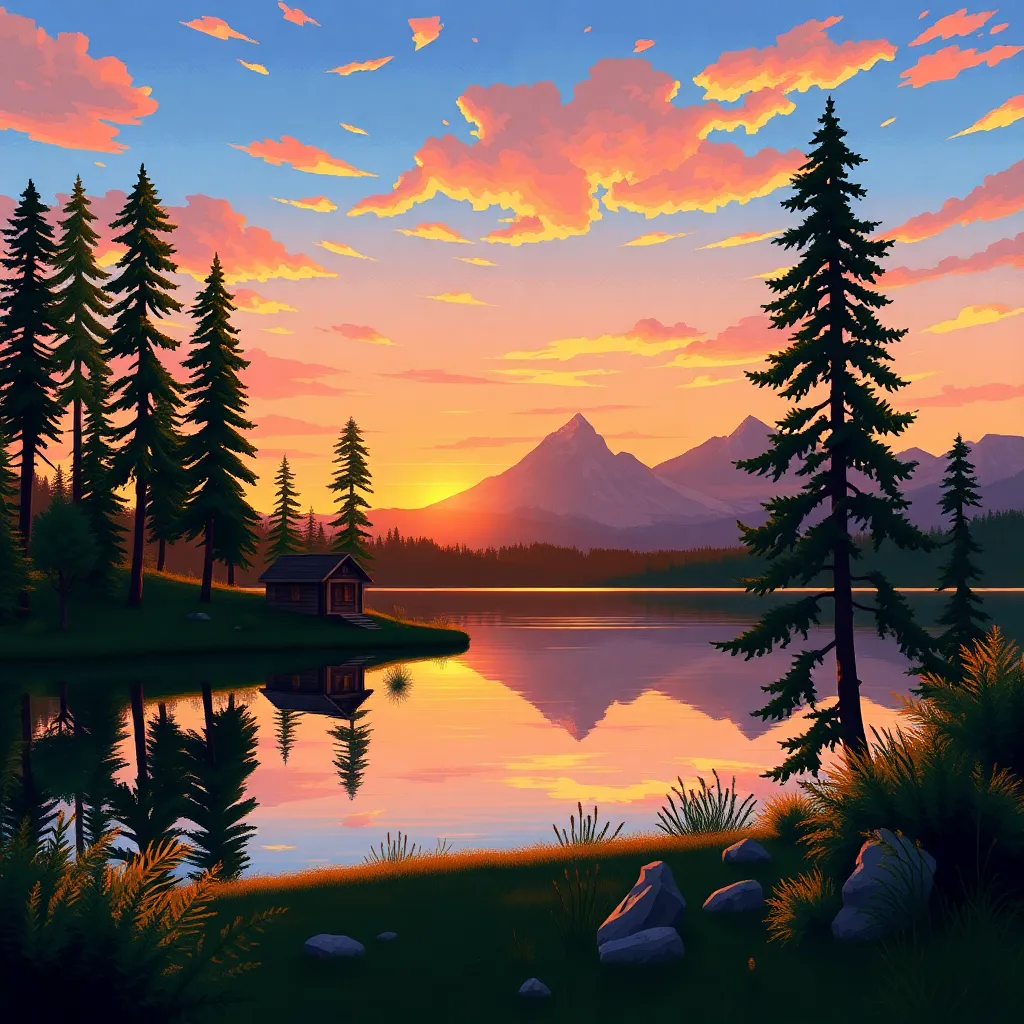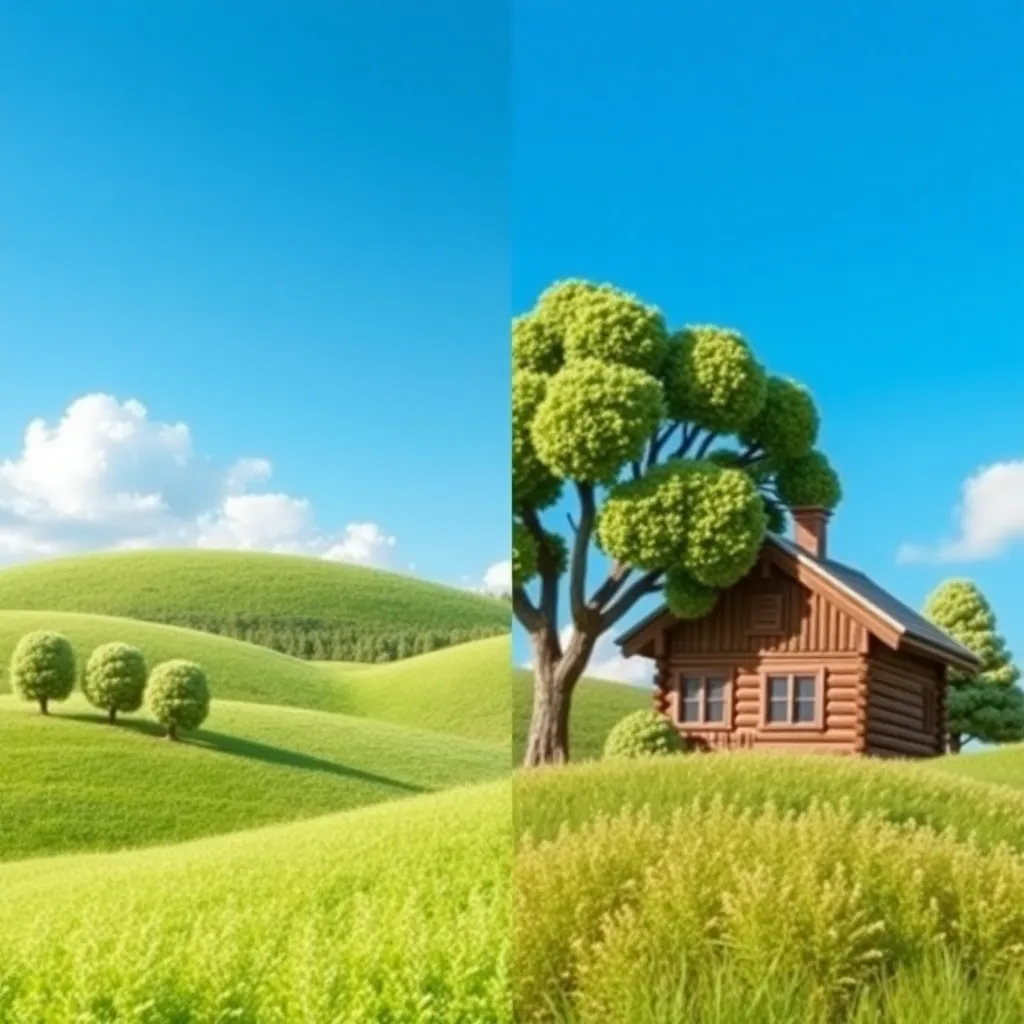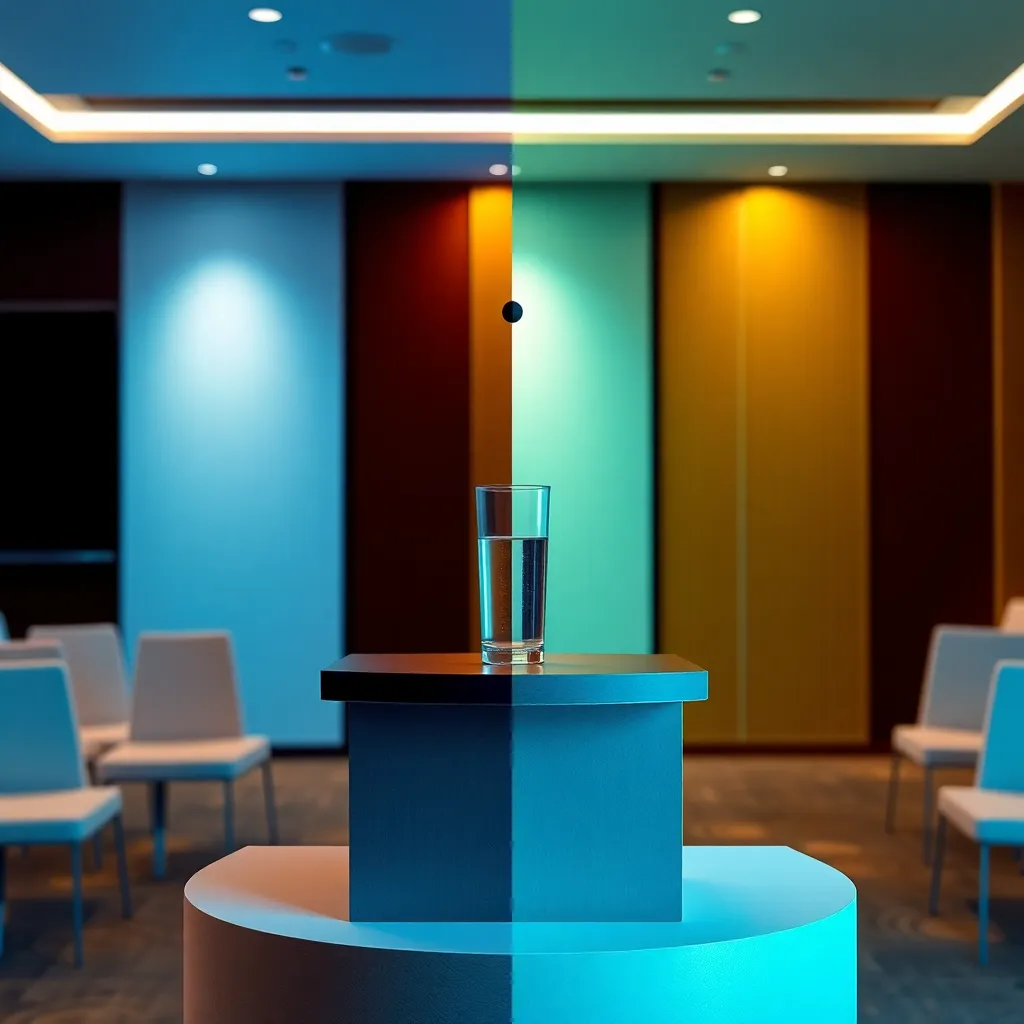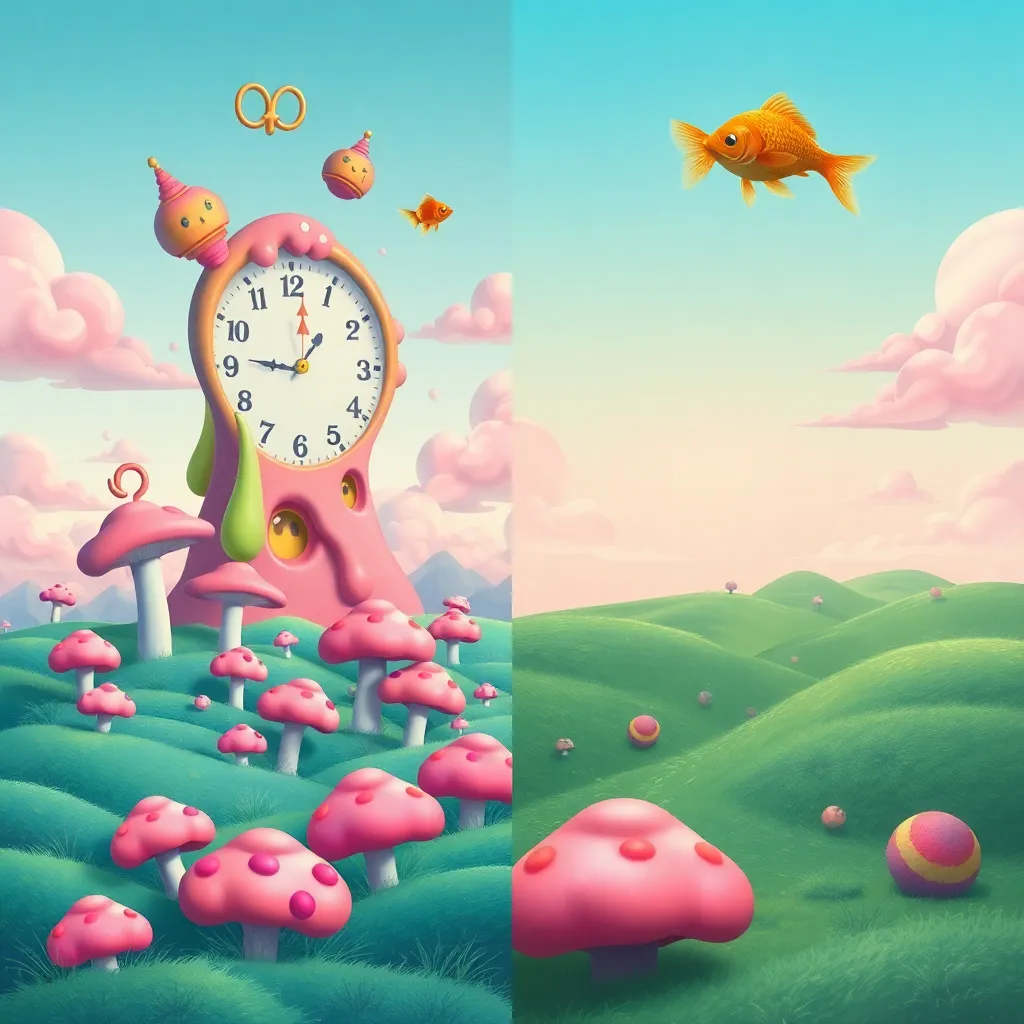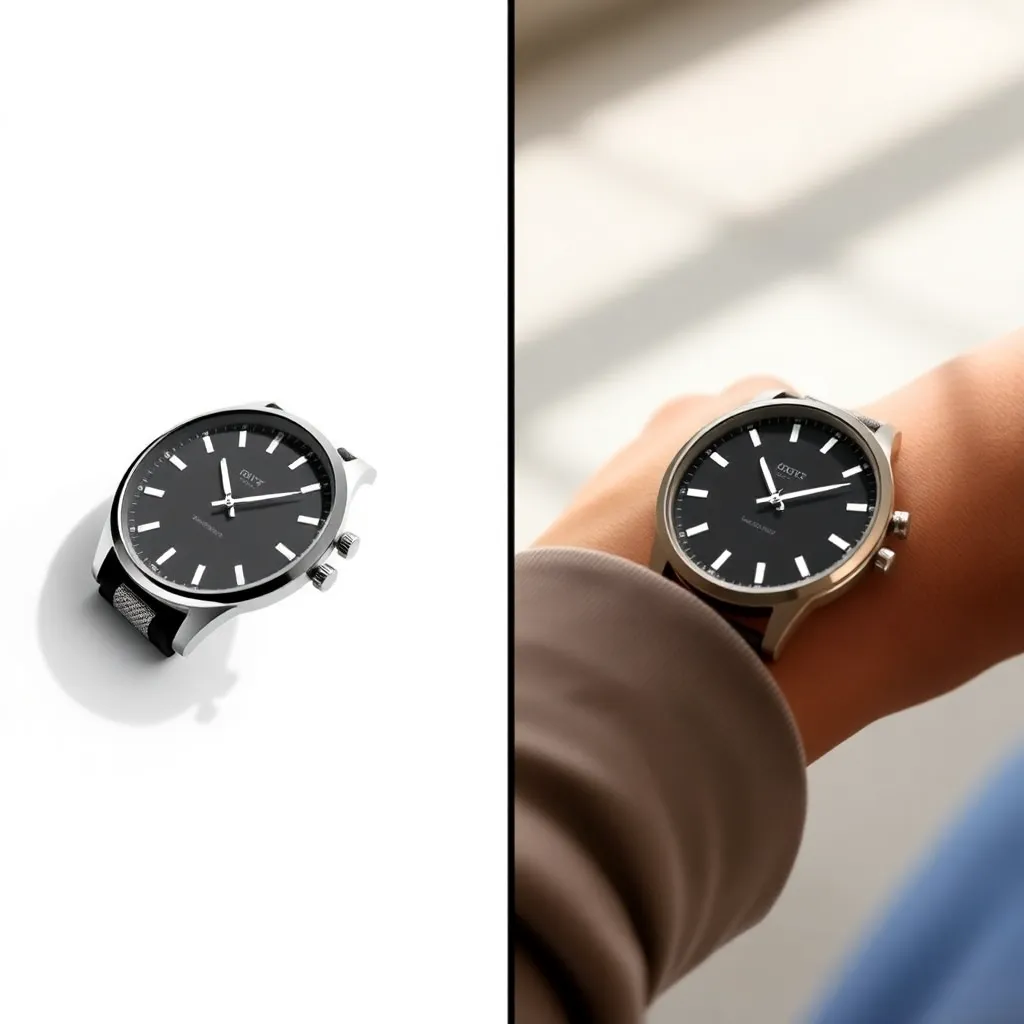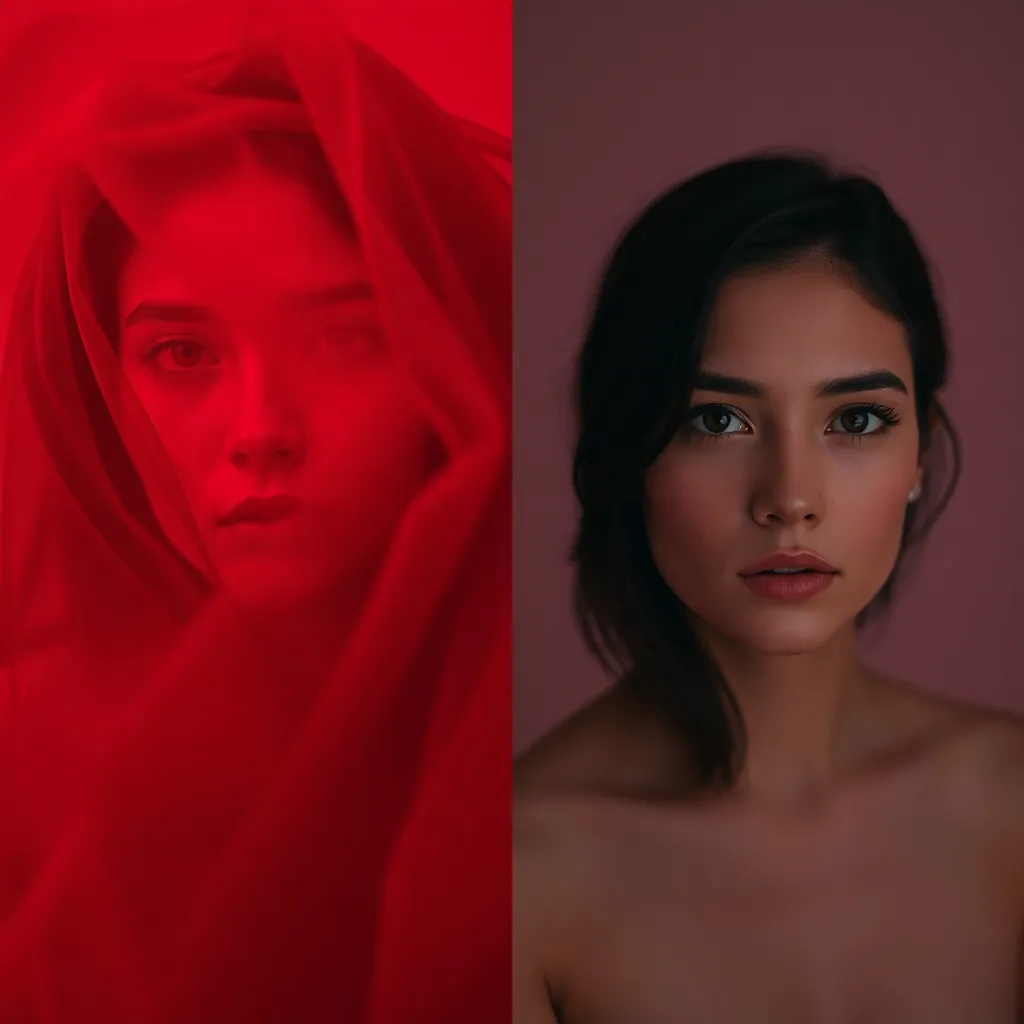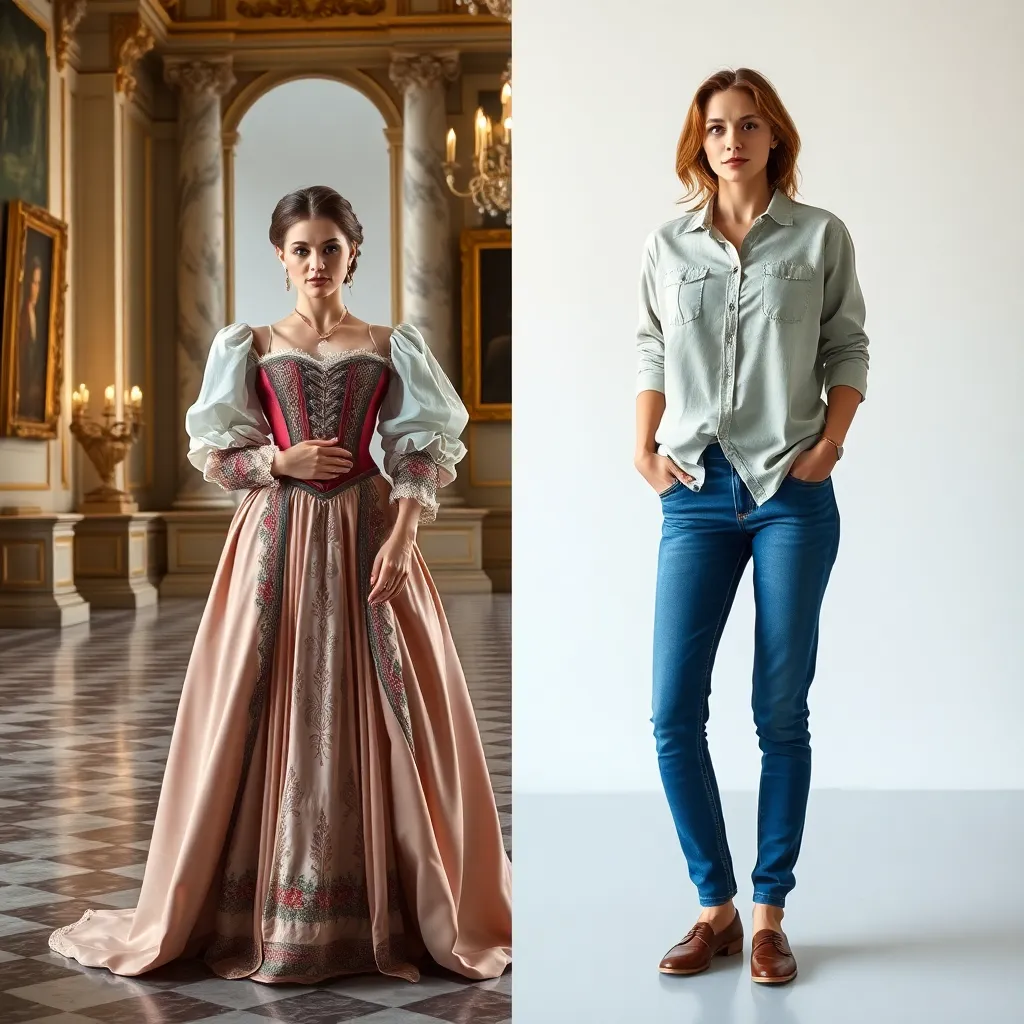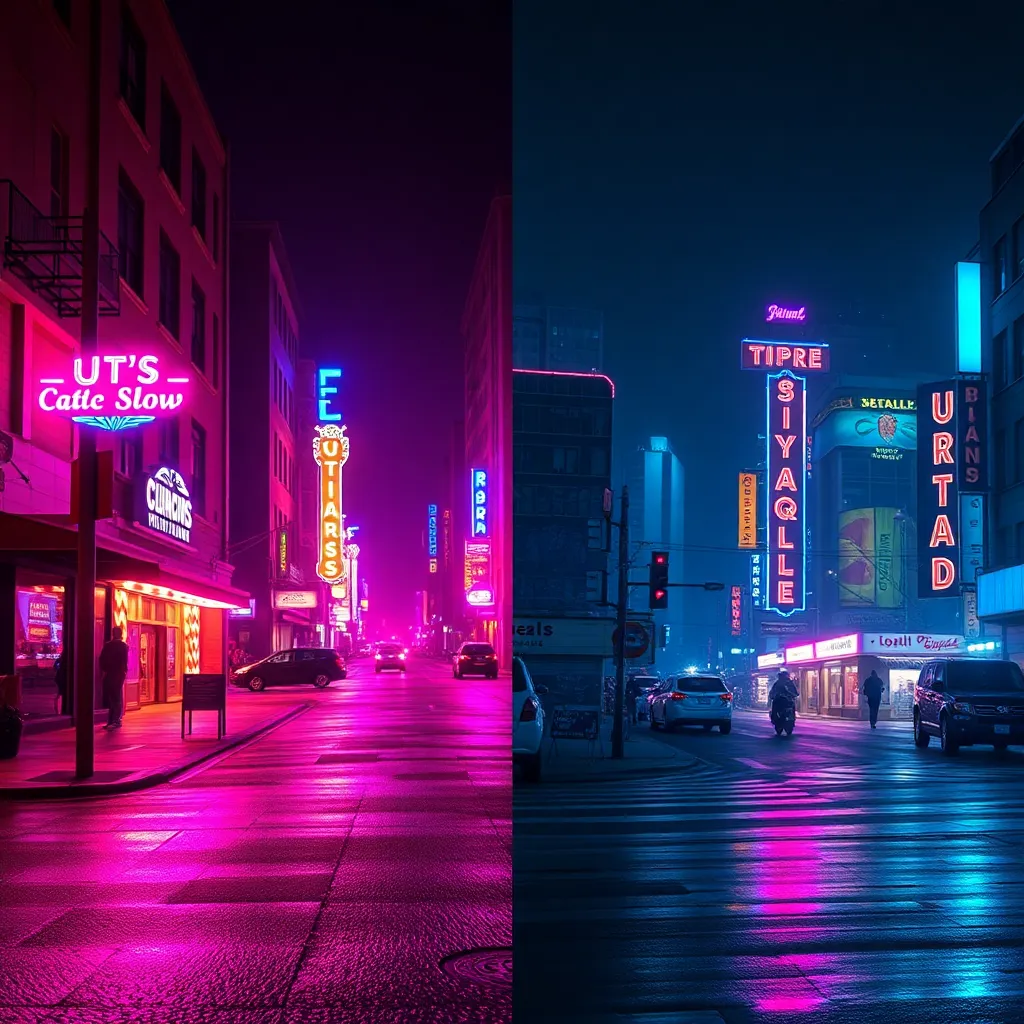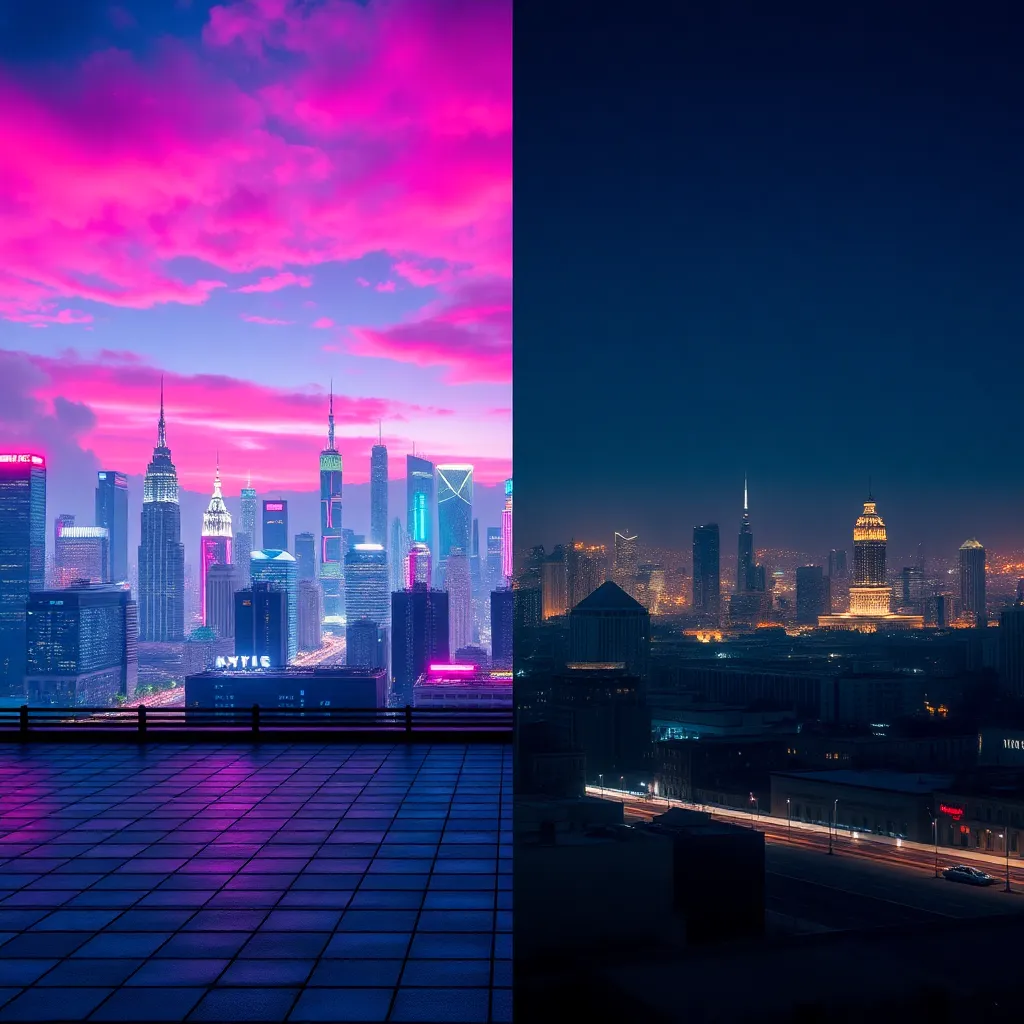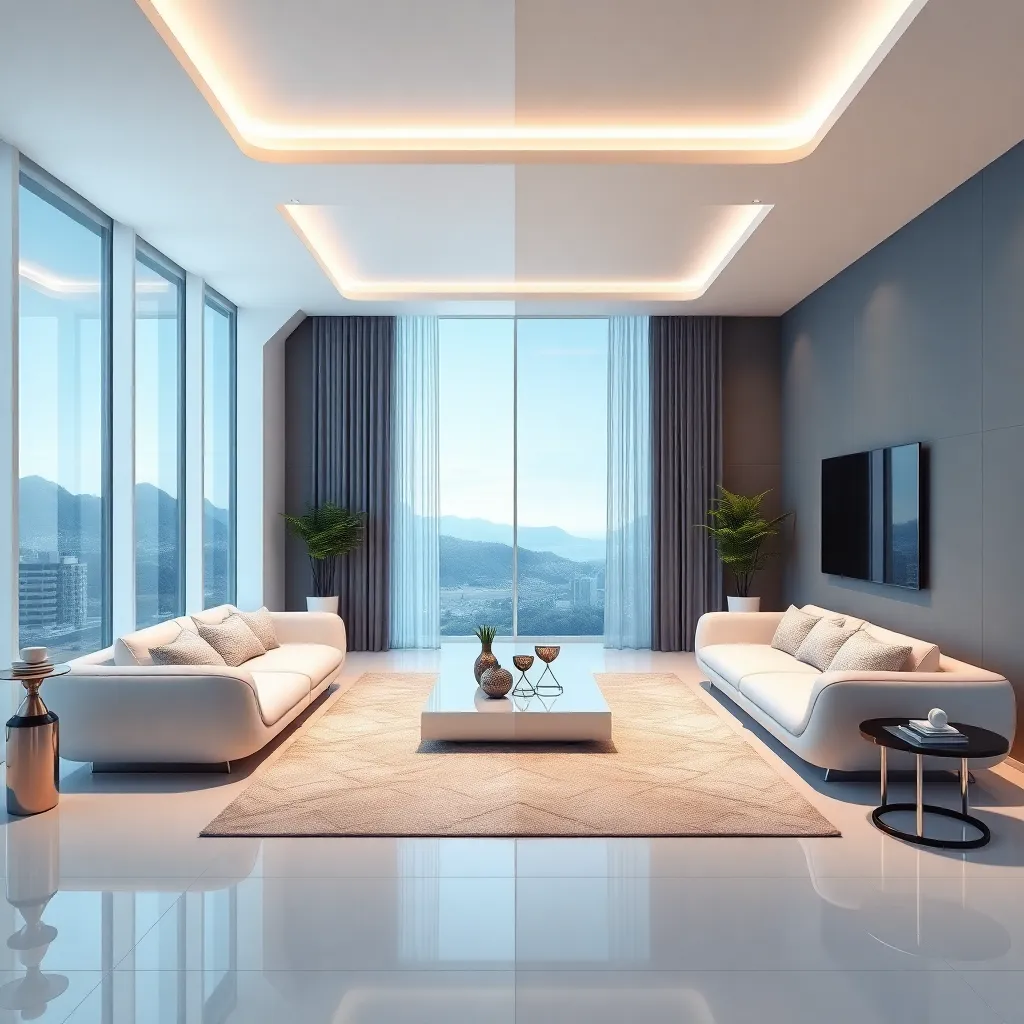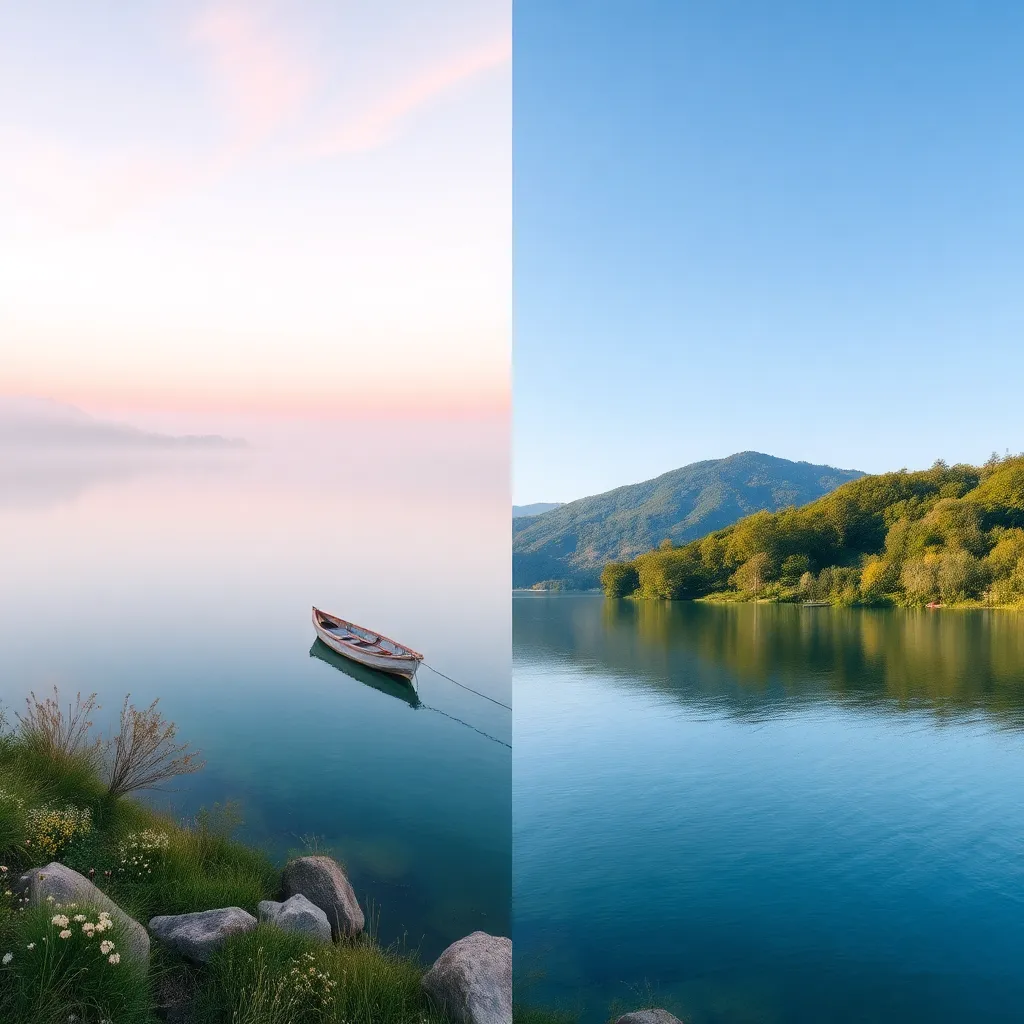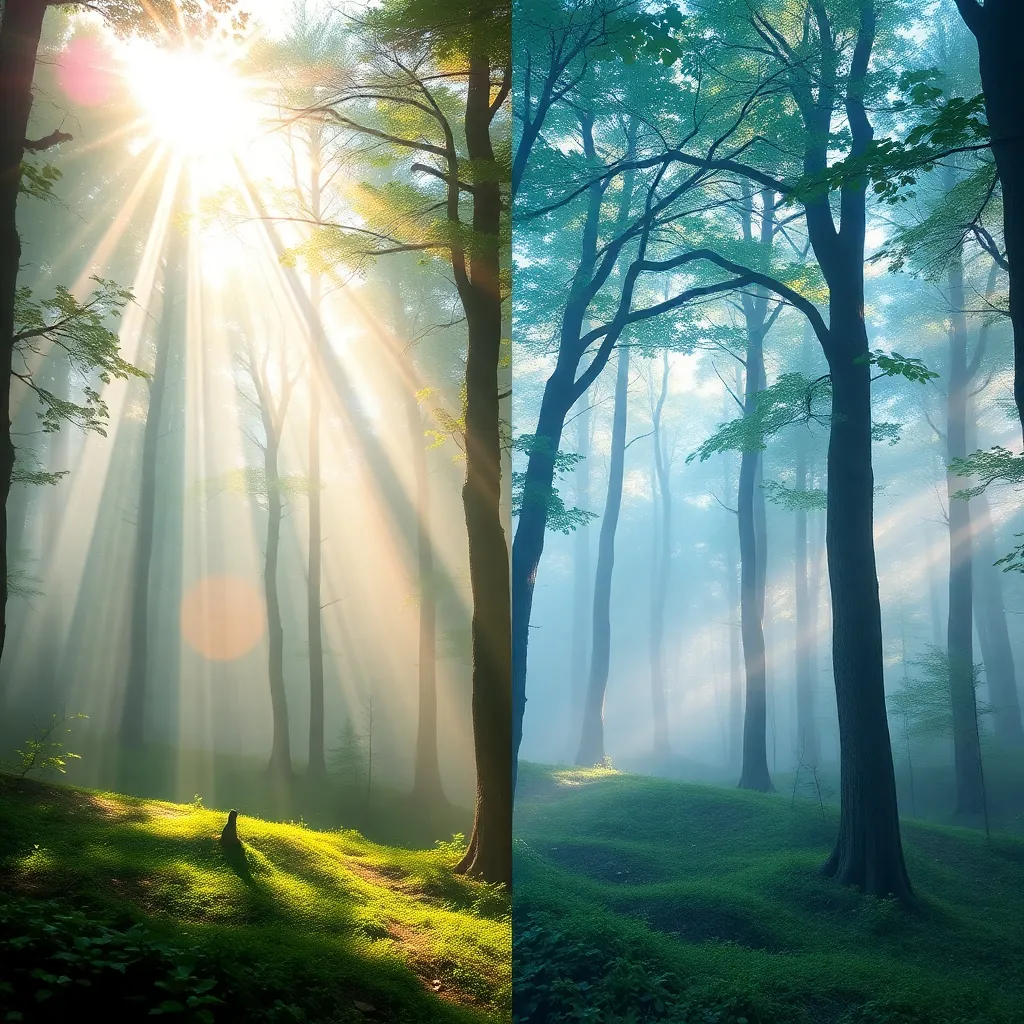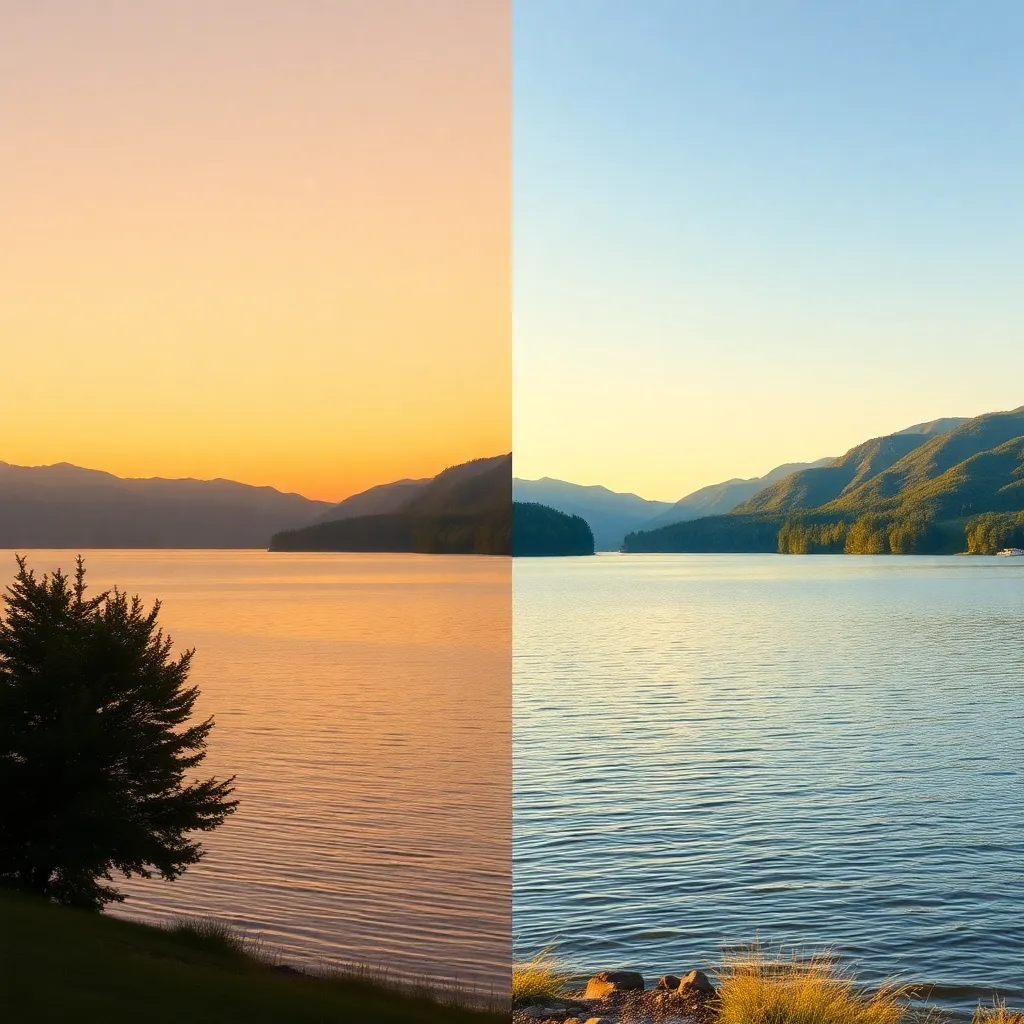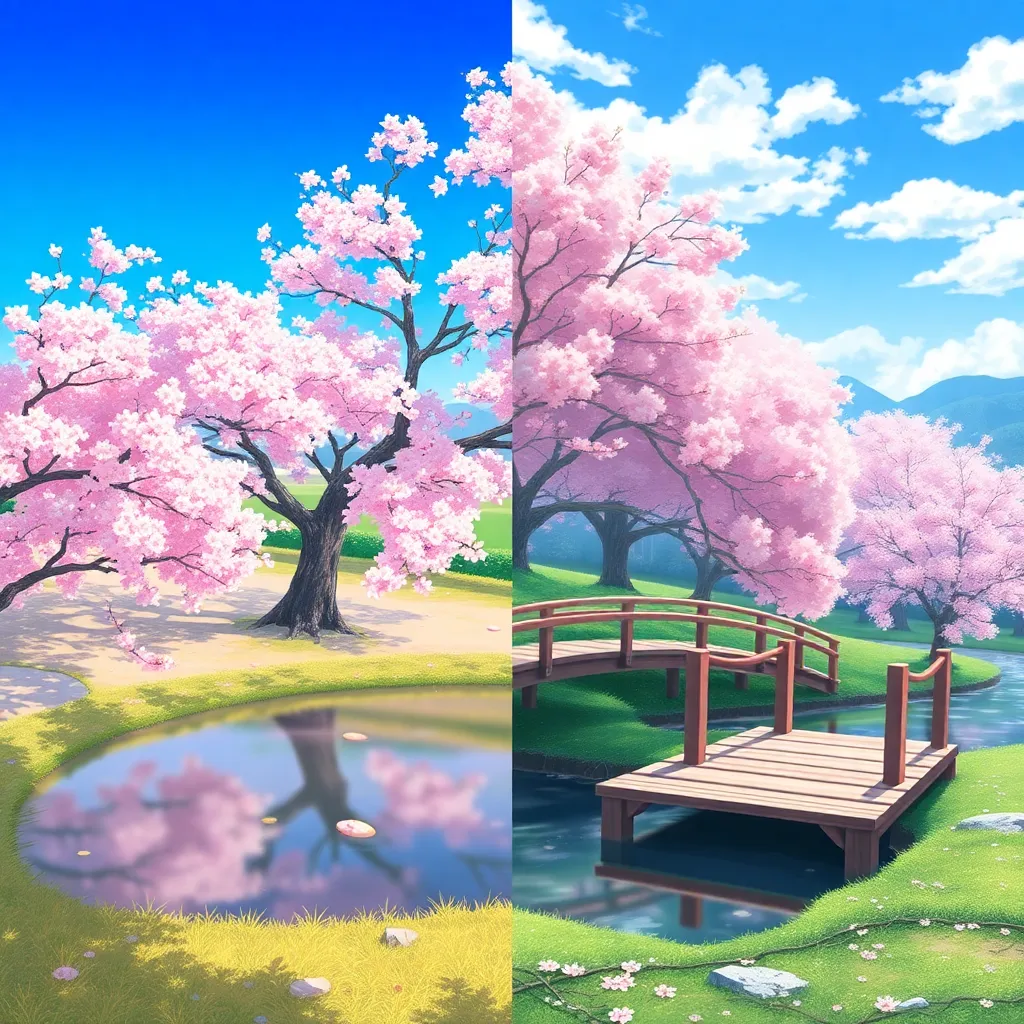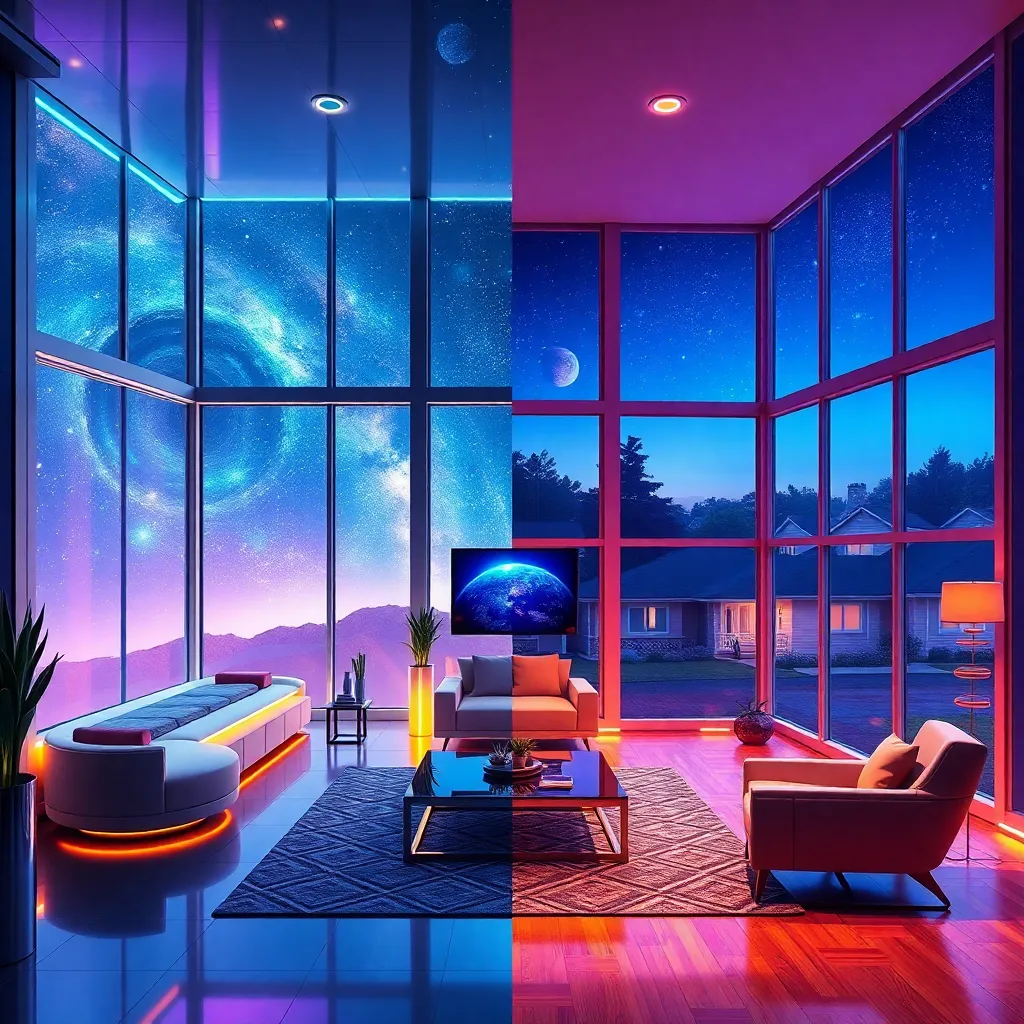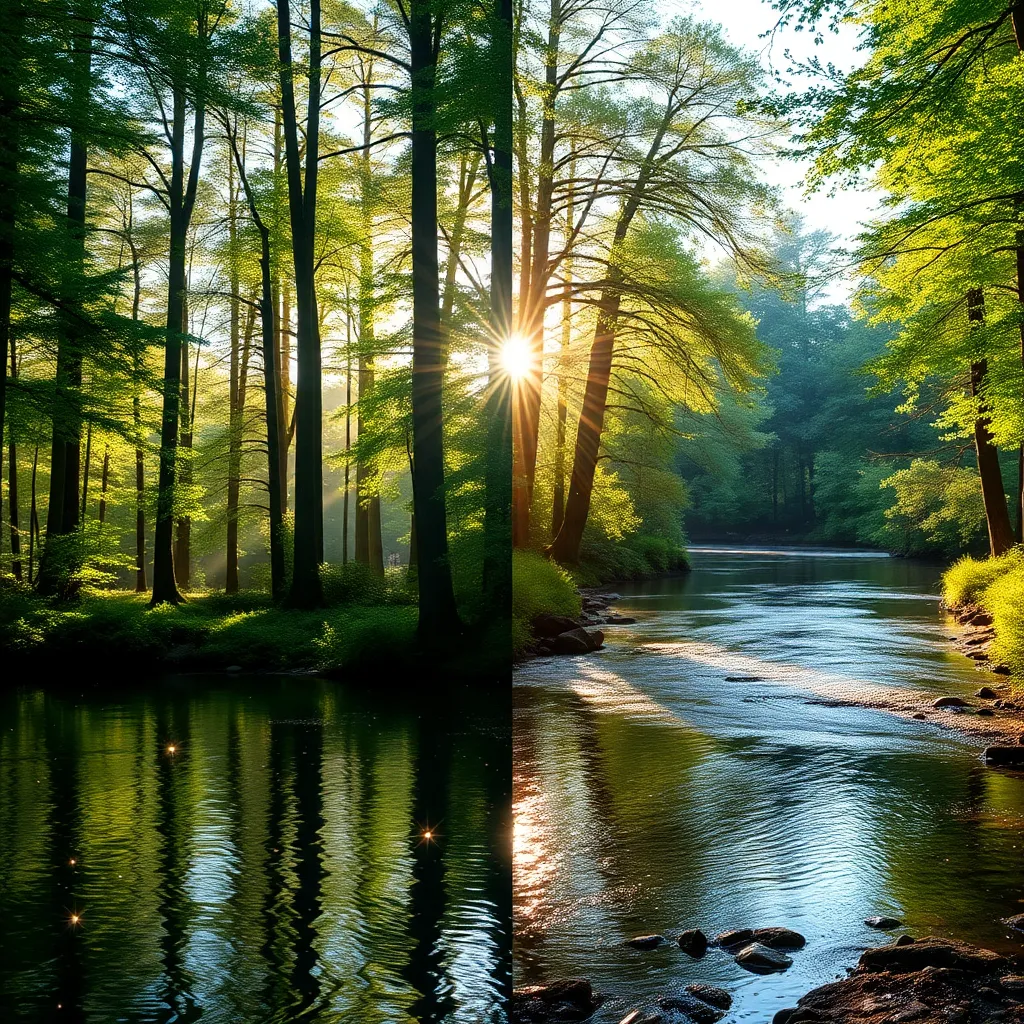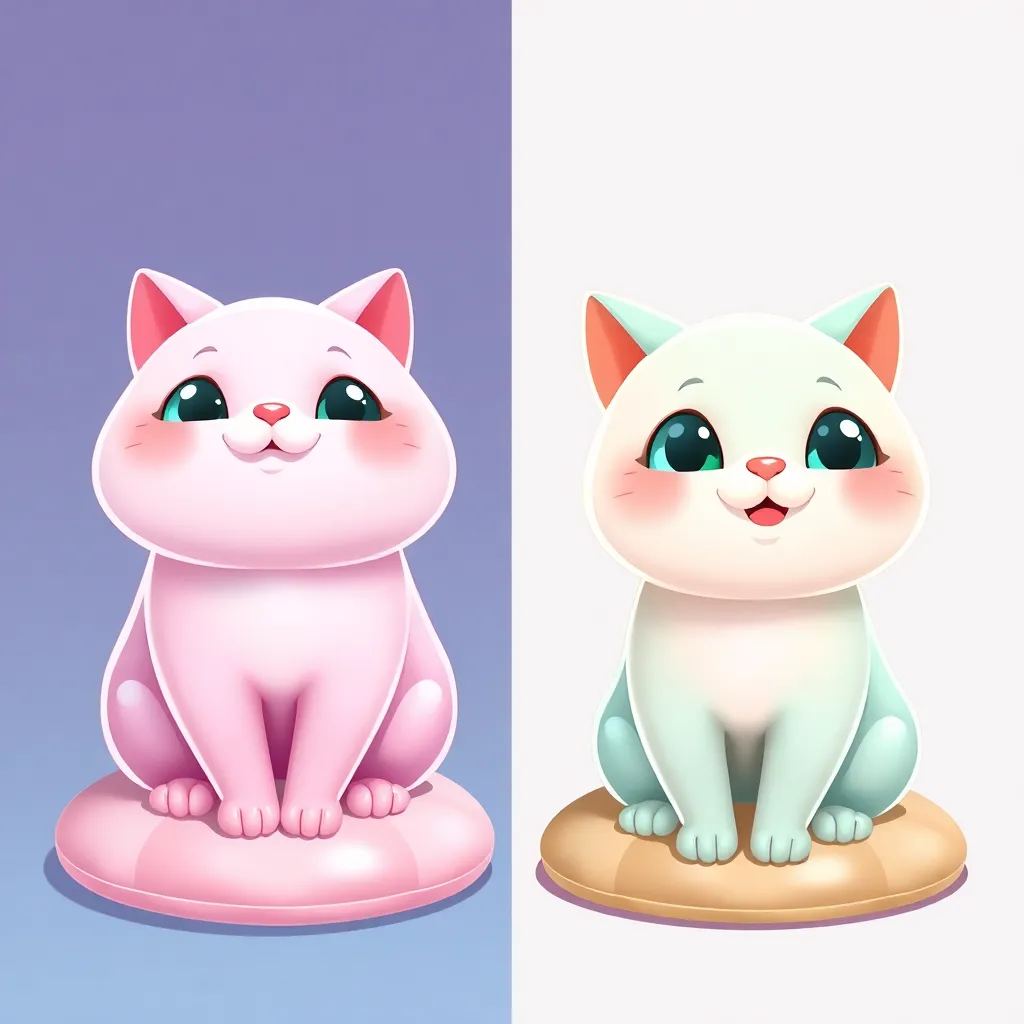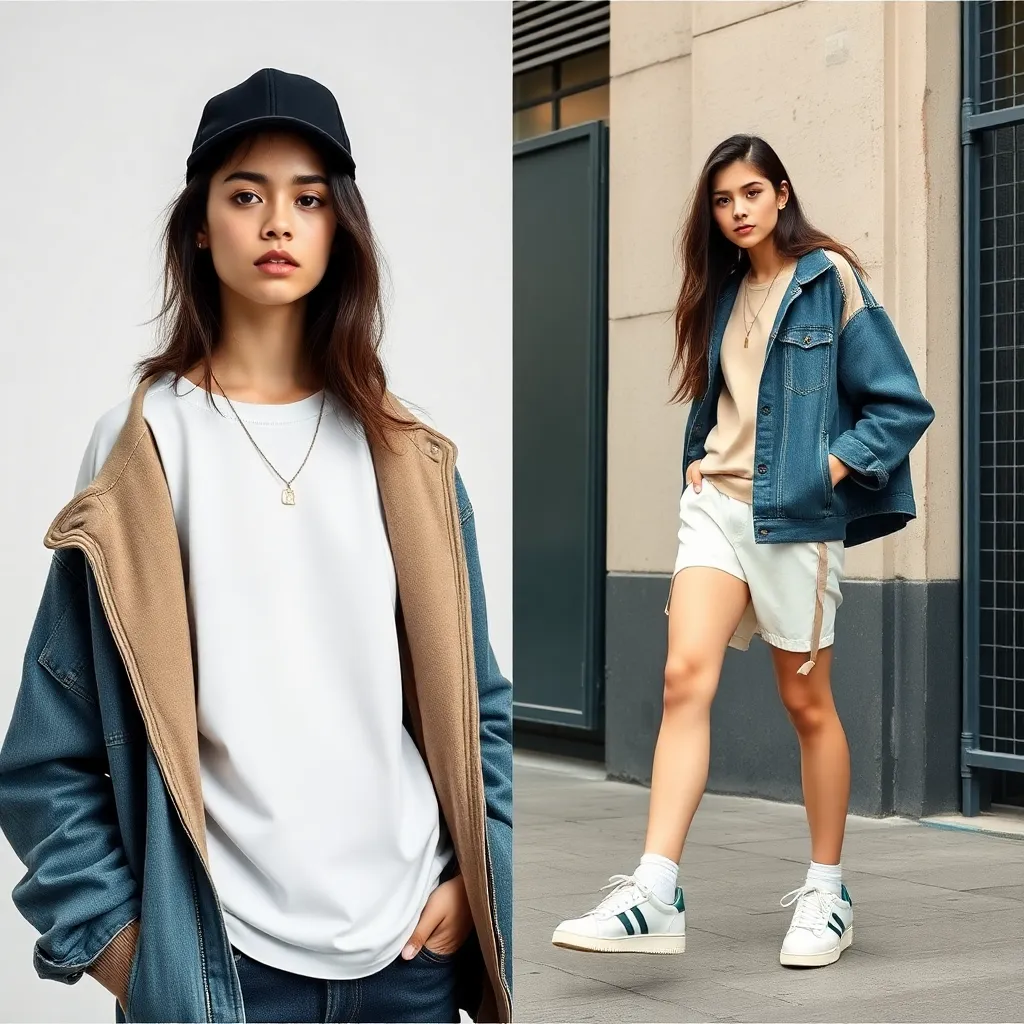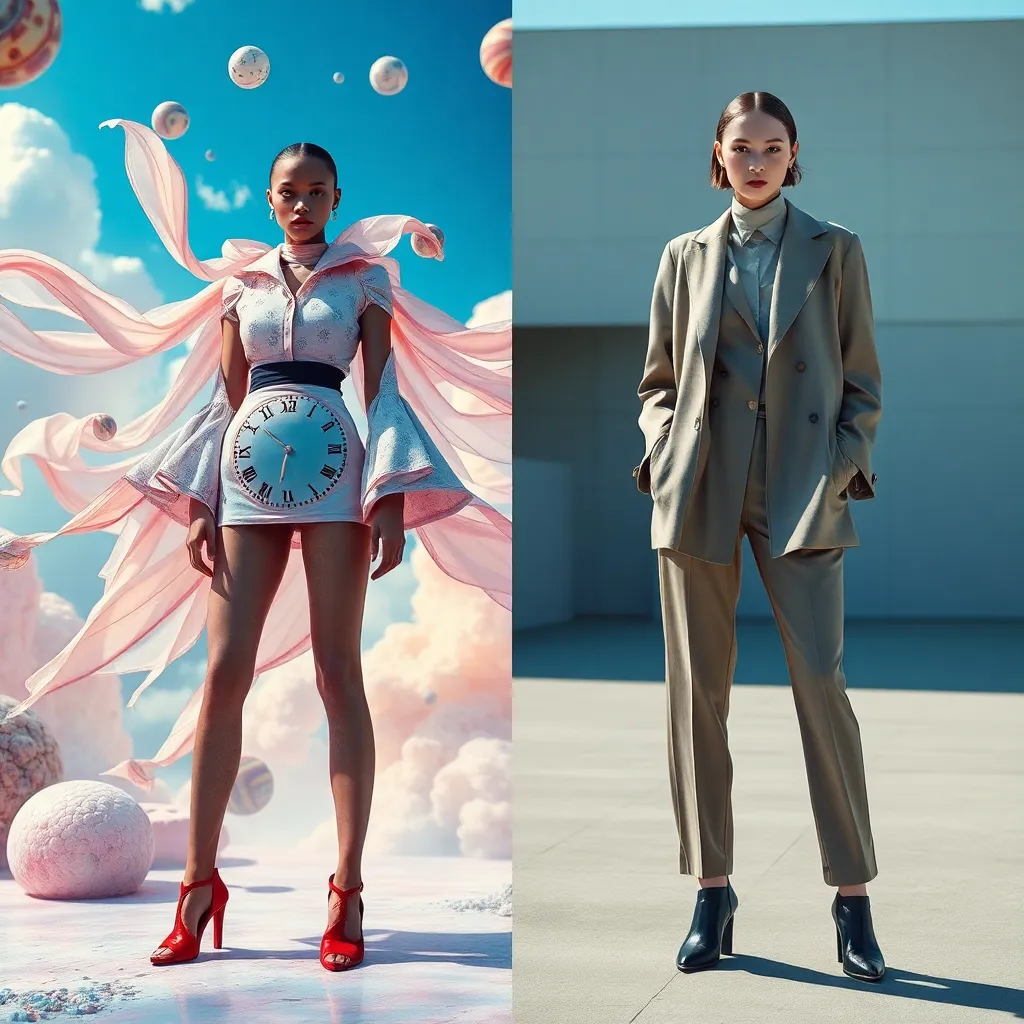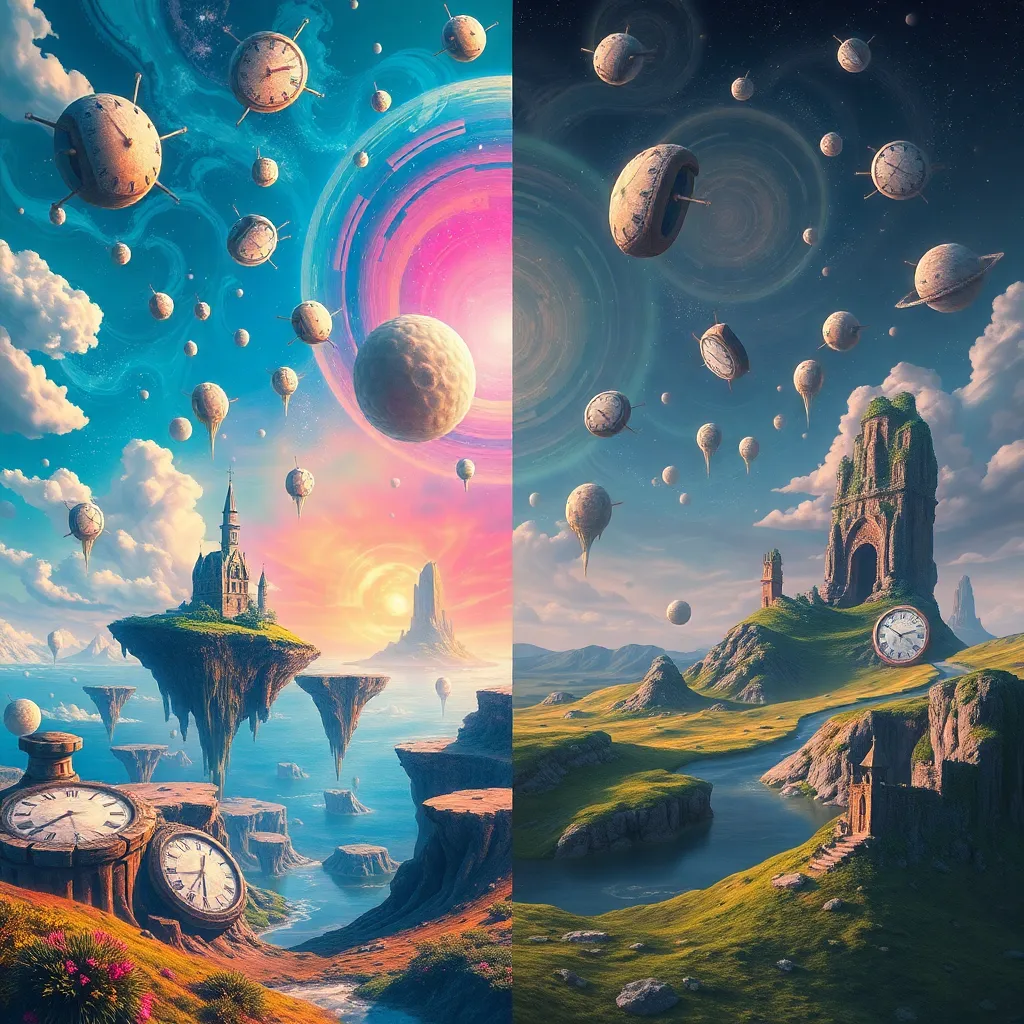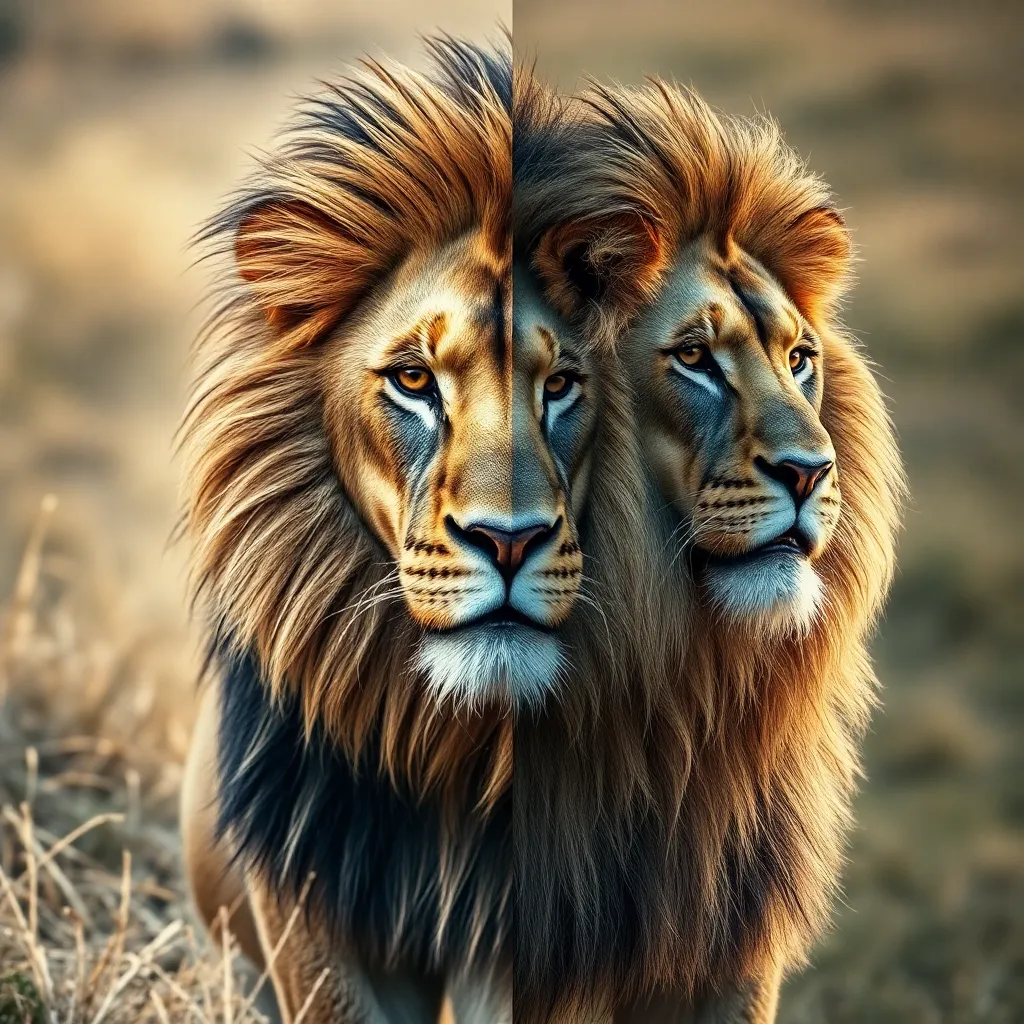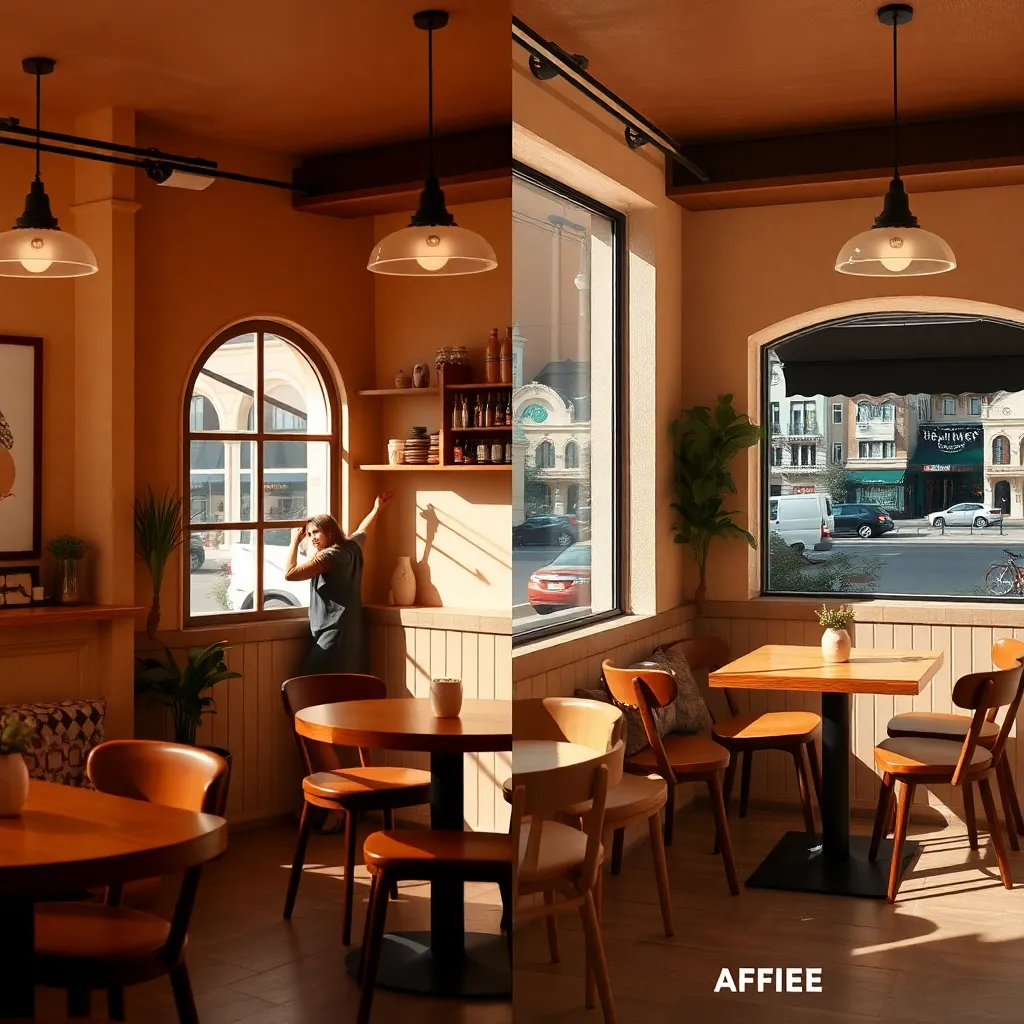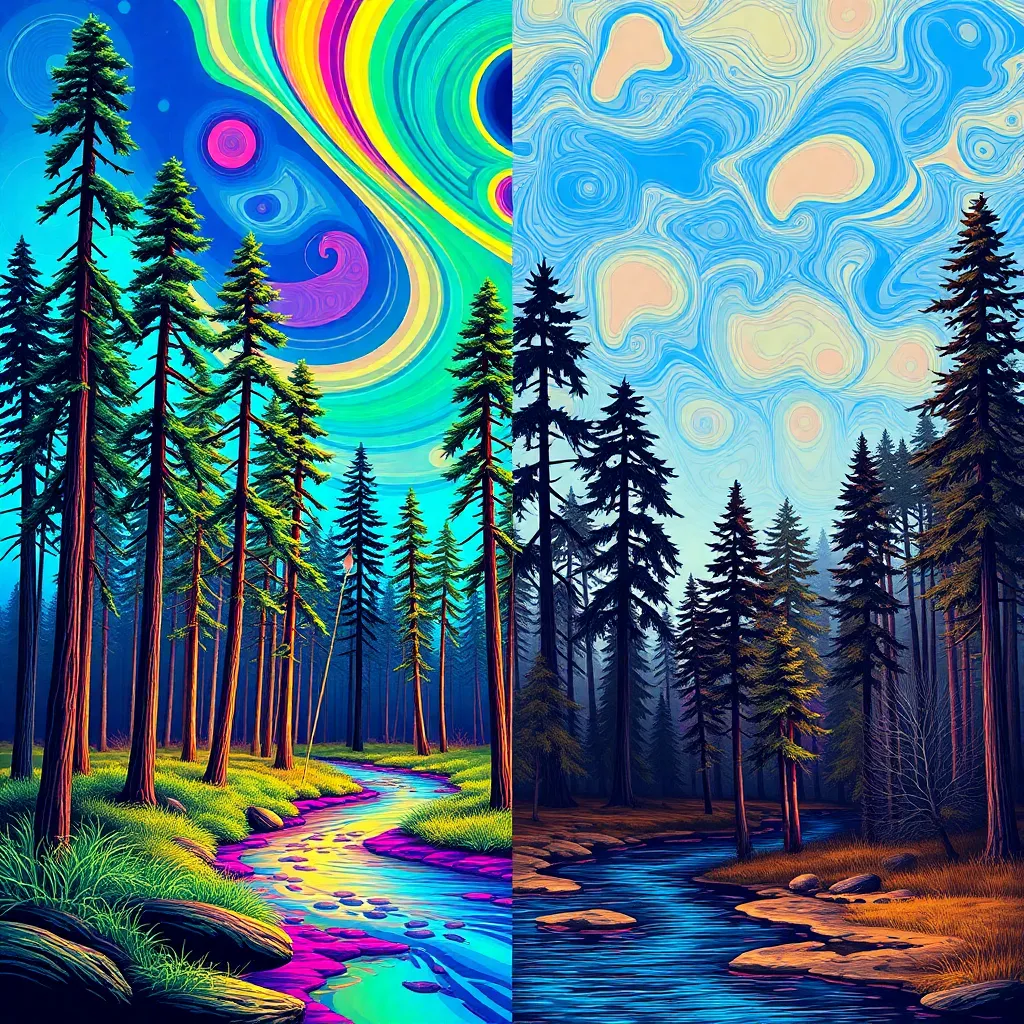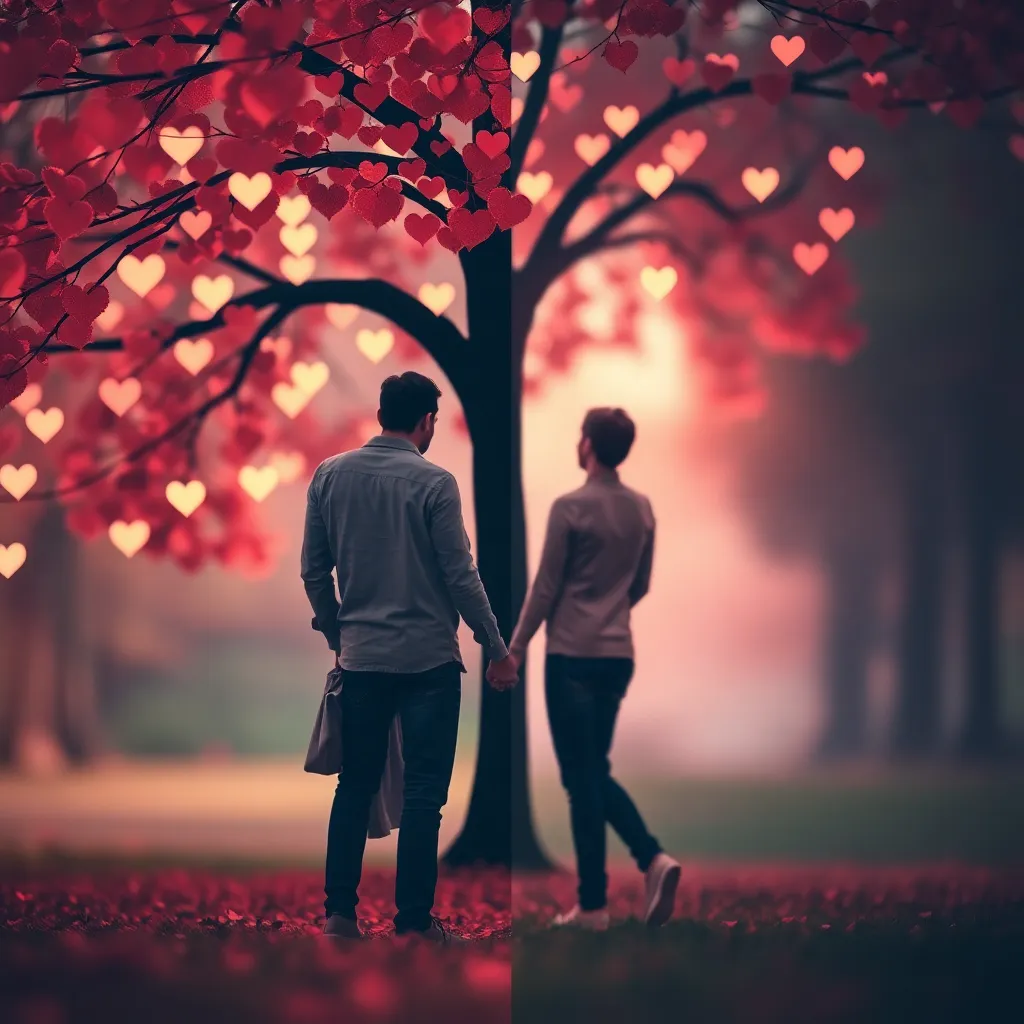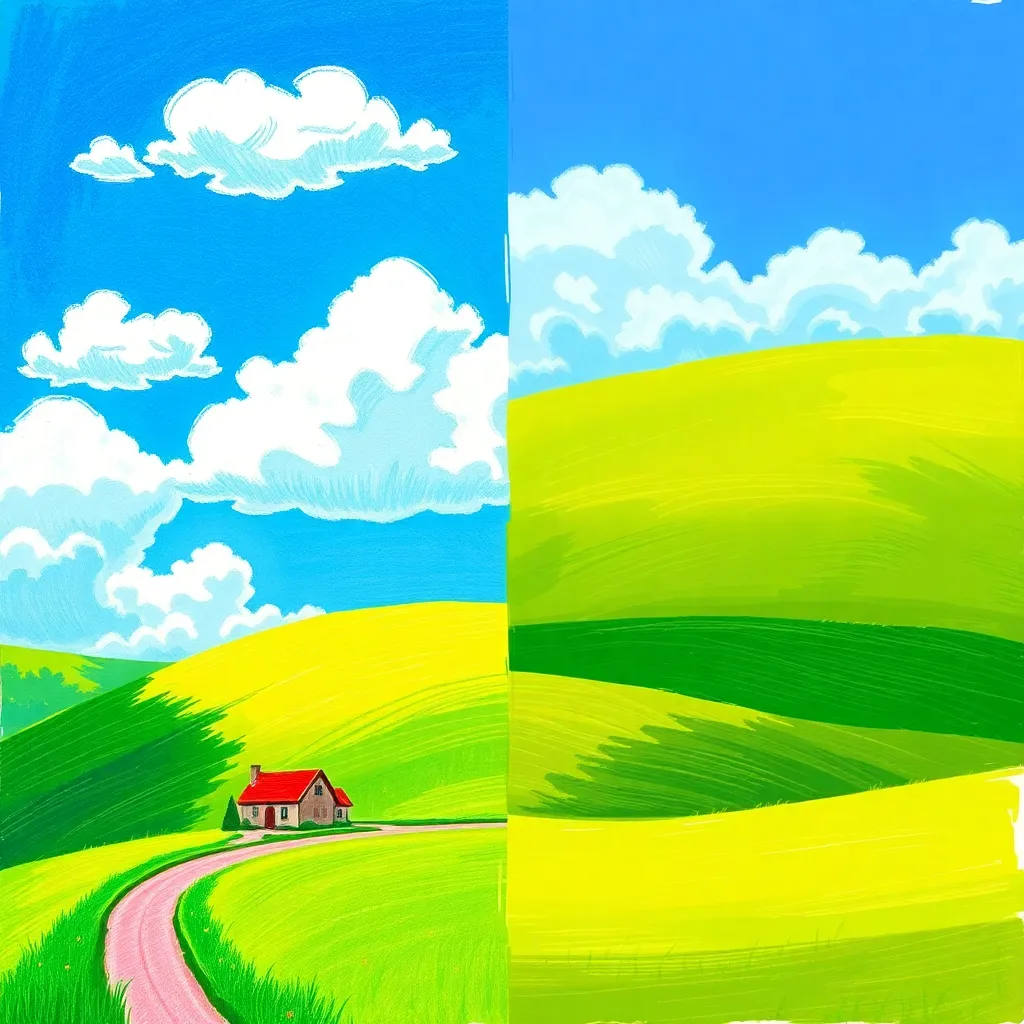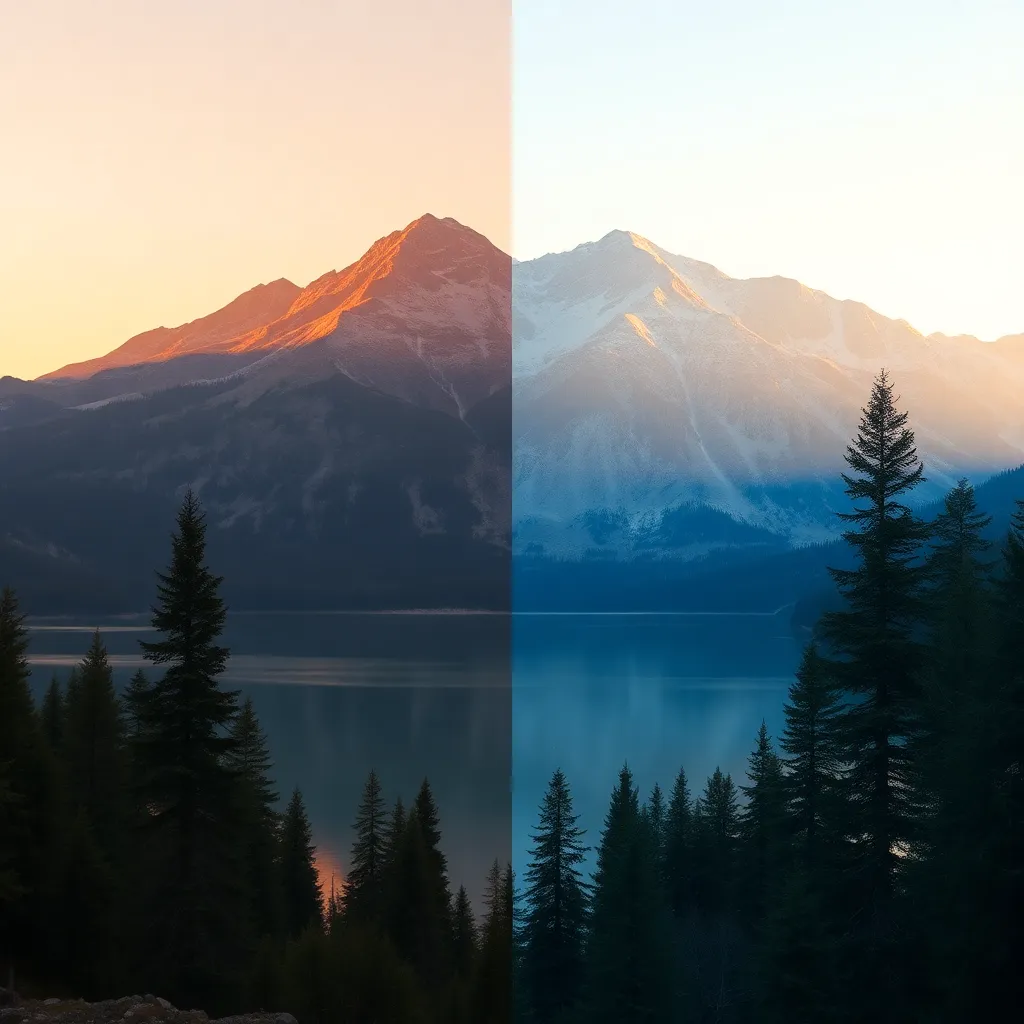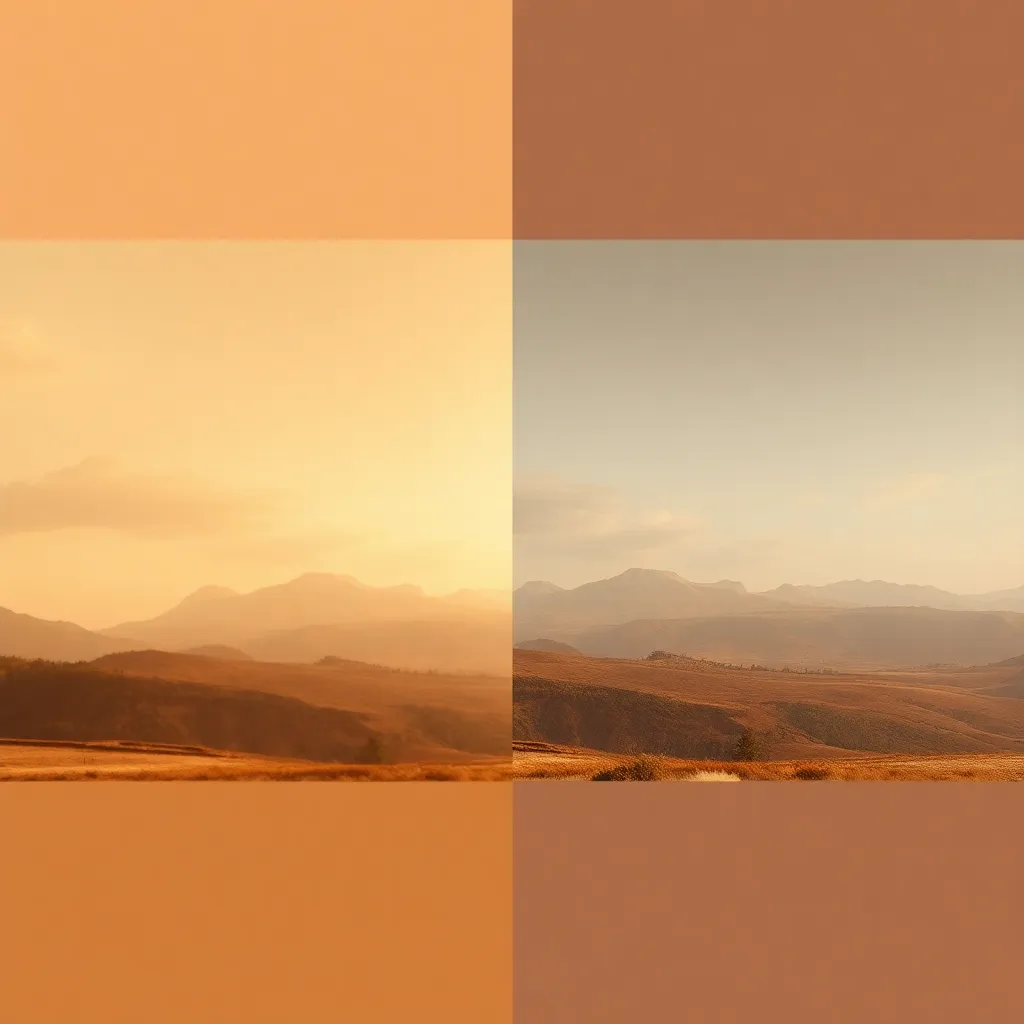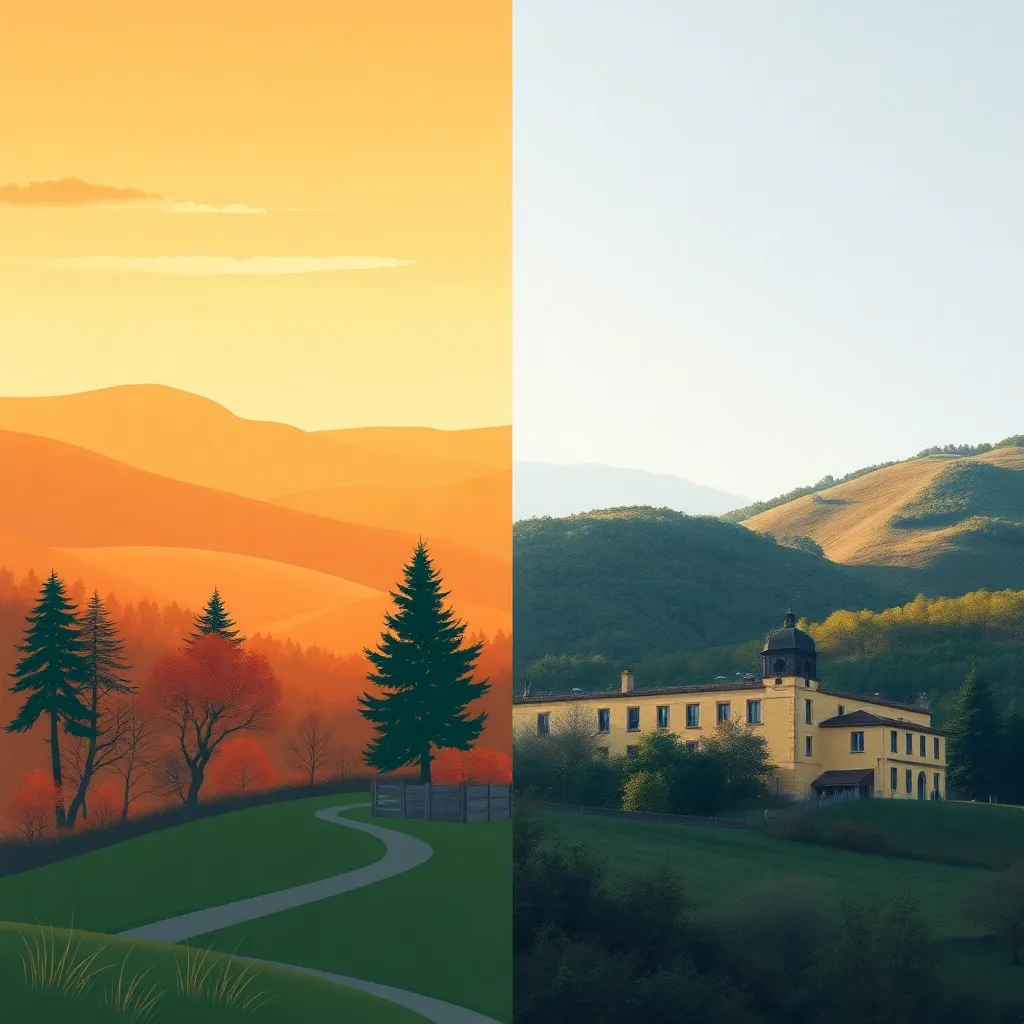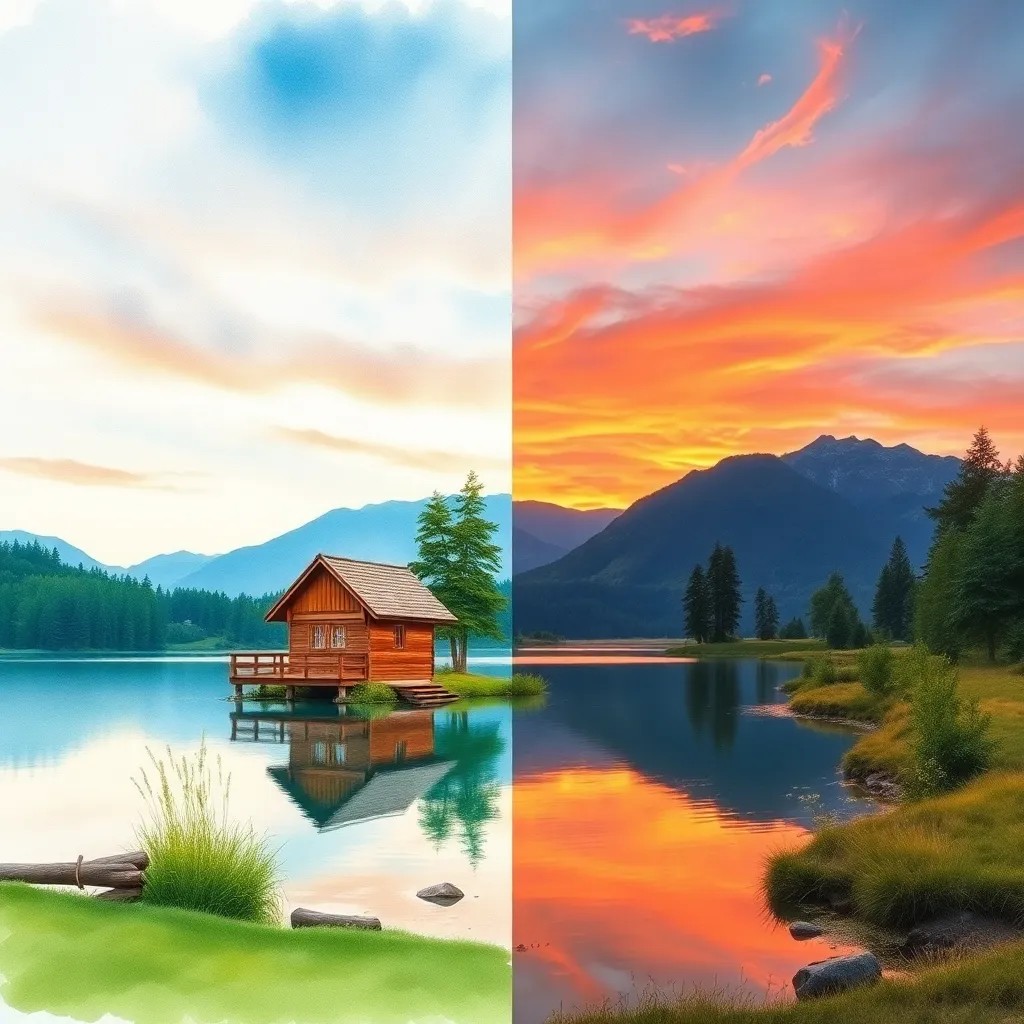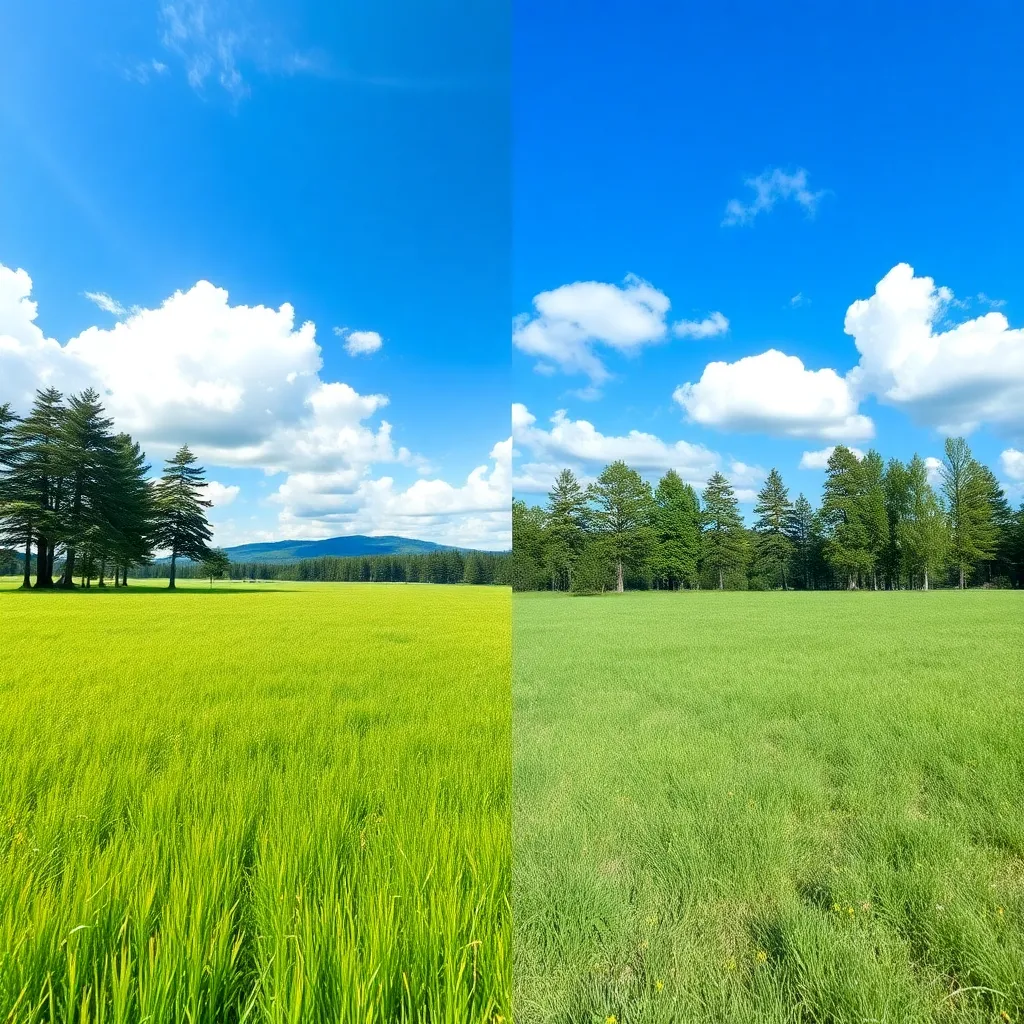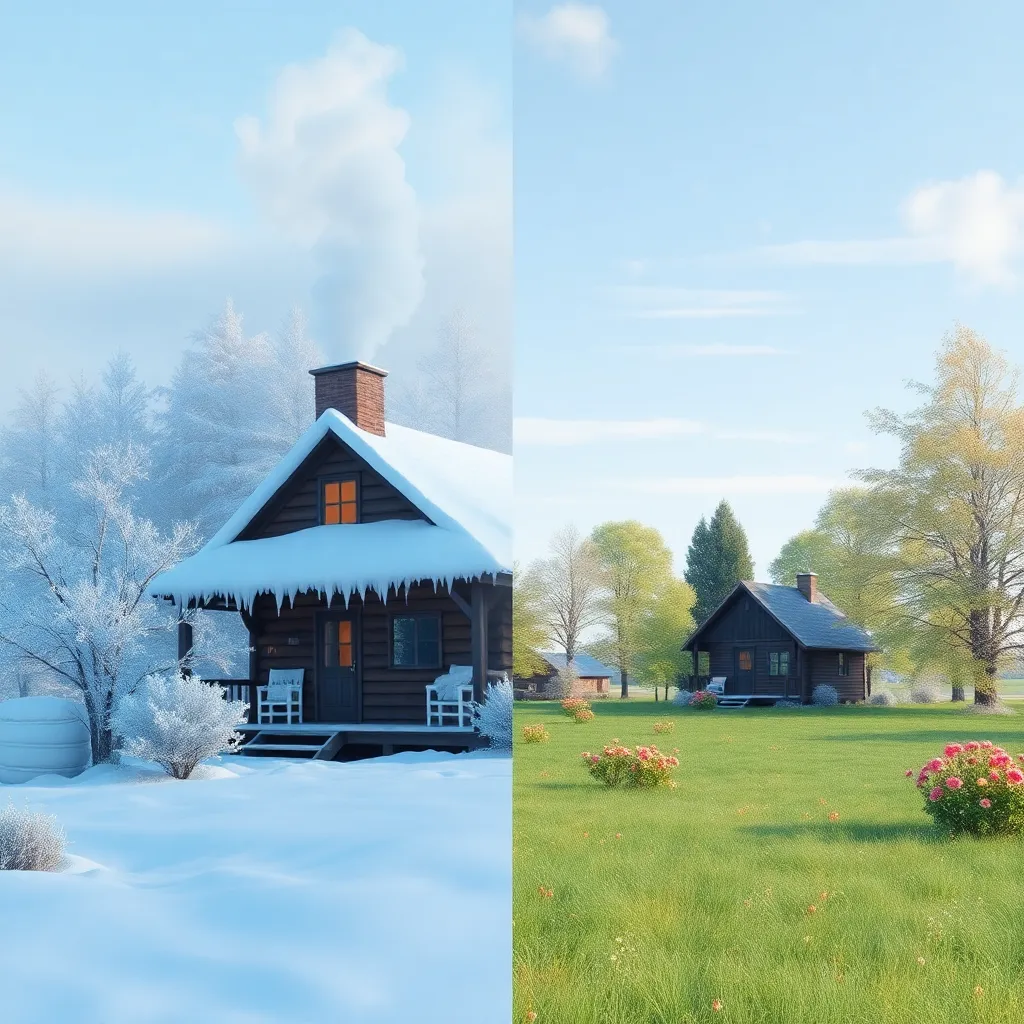Description of the Blurry Long Exposure Style
Blurry Long Exposure is a compelling photographic style that captures the element of time within a single frame. By deliberately using slow shutter speeds, photographers can blur movement—be it flowing water, bustling crowds, streaking lights, or whirling stars—while keeping static objects sharp. This technique transforms ordinary scenes into extraordinary visual narratives, emphasizing motion, energy, or tranquility.
History
The roots of long exposure photography date back to the earliest days of the camera, when slow film speeds and limited technology made long exposures a necessity. As technology advanced, photographers began to use this technique for creative effect. Landmark works in the 19th and 20th centuries demonstrated the power of motion blur, from ethereal landscapes to the bustling lights of cities. Today, Blurry Long Exposure remains a favorite among artists and professionals, enhanced by digital cameras and editing tools that make the effect more accessible than ever.
Who Is Using This Style?
Blurry Long Exposure is embraced by a diverse range of photographers:
- Fine Art Photographers use it to create dreamy, surreal landscapes and cityscapes that captivate viewers.
- Travel and Urban Photographers capture the relentless motion of cities, transforming traffic and crowds into glowing streams and ghostly figures.
- Astrophotographers depend on long exposures to document mesmerizing star trails and celestial phenomena.
- Sports and Action Photographers leverage the effect to convey speed, energy, and the dynamism of athletes in motion.
- Portrait Artists experiment with movement to introduce emotion or abstraction into their images.
Both hobbyists and professionals use Blurry Long Exposure to elevate their portfolios and tell compelling visual stories.
How Does It Enhance Photos?
Blurry Long Exposure enhances photographs in several distinct ways:
- Expresses Motion and Time: By capturing movement as soft blurs or streaks, the style illustrates the passage of time, allowing viewers to see what’s usually invisible to the naked eye.
- Creates Dreamlike Atmospheres: The smooth blurring of elements like water, clouds, or fabric transforms reality into something ethereal and otherworldly, perfect for artistic expression.
- Highlights Contrast Between Stillness and Motion: Stationary objects remain sharp, emphasizing the dynamic contrast and drawing the viewer’s eye to the interplay of movement and calm.
- Amplifies Energy or Tranquility: In busy city scenes, the blur of lights and people conveys hustle and vibrancy; in nature, the effect can evoke serenity and peace.
- Adds Visual Interest and Focus: The unique aesthetic can direct attention to a subject or create abstract compositions, making ordinary scenes visually captivating.
By combining technical skill with creative vision, photographers use Blurry Long Exposure to evoke emotion and wonder in their images.
Use Cases of This Style
Blurry Long Exposure is versatile and impactful across numerous photographic genres:
1. Cityscapes at Night
- How it Enhances: The blur of car lights and bustling crowds against sharp architectural lines creates a vibrant, energetic scene that captures the spirit of urban life.
- Appeal: Viewers are drawn to the sense of movement and the glowing, painterly quality of the lights.
2. Waterfalls and Nature
- How it Enhances: Blurring moving water transforms streams and waterfalls into silky, smooth ribbons, imbuing the scene with tranquility and magic.
- Appeal: Ideal for landscape photographers seeking a serene, timeless look.
3. Street and Urban Photography
- How it Enhances: Blurring pedestrians amidst still buildings conveys the pulse of the city, emphasizing motion and activity.
- Appeal: Great for storytelling and adding life to urban documentary work.
4. Astrophotography (Star Trails)
- How it Enhances: Long exposures turn stars into luminous trails, revealing the rotation of the Earth and the vastness of space.
- Appeal: Creates awe-inspiring, otherworldly images that fascinate both science and art lovers.
5. Sports and Action Shots
- How it Enhances: Blurring athletes in motion dramatizes speed and action, while still backgrounds anchor the scene.
- Appeal: Perfect for highlighting the intensity and dynamism of sporting events.
6. Creative Portraiture and Dance
- How it Enhances: Blurring movement—like a dancer’s flowing dress—brings emotion, grace, and artistry to portraits.
- Appeal: Offers unique, expressive images that stand out from traditional portraits.
Pro Tips and Conclusion
Pro Tips
- Use a Tripod: To keep stationary elements sharp, always use a tripod to prevent camera shake.
- Experiment with Exposure Times: Try different shutter speeds to find the perfect balance between blur and detail.
- Utilize Neutral Density (ND) Filters: In bright light, ND filters let you use longer exposures without overexposing your image.
- Plan Your Composition: Anticipate how moving elements will appear and compose your frame to enhance the visual flow.
- Combine with Post-Processing: Fine-tune contrast, color, and sharpness in editing software to maximize the dreamy effect.
- Embrace Imperfection: Sometimes unexpected blurs or trails add character—don’t be afraid to experiment!
Conclusion
Blurry Long Exposure is a timeless and versatile style that transforms moments into art. Whether capturing the ceaseless motion of a city, the tranquility of nature, or the grace of a dancer, this technique allows photographers to express emotion, story, and beauty in extraordinary ways. Dive into the world of Blurry Long Exposure and bring your creative vision to life, one magical blur at a time.
